Ever watched a top-tier tennis match and marvelled at the seemingly effortless power and relentless endurance of players like Novak Djokovic or Iga Świątek? Their dominance on the court isn't just about skill with a racket; it's built upon a foundation of meticulously crafted fitness. In 2025, the science behind pro tennis player training is more sophisticated than ever. Let's delve into the secrets behind their regimens, revealing the specific exercises and strategies that forge champions.

Intro: The Modern Tennis Machine
The demands of professional tennis have skyrocketed. Matches can now extend beyond the 6-hour mark (remember John Isner vs. Nicolas Mahut's epic Wimbledon clash that lasted a staggering 11 hours and 5 minutes across three days in 2010?). To thrive in this arena, players need a holistic fitness approach that goes far beyond simply hitting thousands of balls. This year, the focus is sharper than ever on optimizing every facet of physical conditioning.
Explosive Power: Unleashing the Serve and Groundstrokes
Generating explosive power for serves and groundstrokes is paramount. Here's how pros are building that force in 2025:
- Plyometrics Precision: Exercises like box jumps, lateral bounds, and medicine ball throws are crucial for developing rapid muscle contractions. Many pros incorporate variations with resistance bands to further enhance power output. Studies in sports science continue to highlight the correlation between vertical jump height (often exceeding 70 cm for top male players) and serve velocity.
- Strength Training Tailored for Tennis: Forget generic weightlifting. Pro routines emphasize compound movements like squats, deadlifts, and bench presses, but with a focus on speed and explosiveness. Variations like jump squats and medicine ball slams mimic the dynamic movements on the court. Expect to see more emphasis on unilateral (single-leg) exercises to mirror the demands of hitting on the run.
- Rotational Power Focus: Tennis is a highly rotational sport. Exercises like cable rotations, Russian twists with weights, and medicine ball throws against a wall are essential for developing core strength and the ability to transfer power efficiently from the legs through the torso to the arm.
Unbreakable Endurance: Lasting the Distance in Five Sets
Matches can be grueling, demanding both cardiovascular and muscular endurance. Here's the 2025 approach:
- High-Intensity Interval Training (HIIT) Dominance: Long, steady-state cardio is taking a backseat to more efficient HIIT workouts. Short bursts of high-intensity sprints or agility drills, followed by brief recovery periods, improve both aerobic and anaerobic capacity, crucial for recovering between points and lasting through long rallies.
- Tennis-Specific Conditioning: Drills that mimic the stop-start nature of tennis, like court sprints and shuttle runs, are integral. These help build the specific muscular endurance needed for repeated bursts of activity.
- VO2 Max Optimization: Professional tennis players typically boast exceptional VO2 max levels (often above 55-65 ml/kg/min for women and 60-70+ ml/kg/min for men). Their training regimens in 2025 are increasingly focused on personalized strategies to maximize oxygen uptake and utilization.
Injury Prevention: The Longevity Game
Staying injury-free is crucial for a long and successful career. Here's how pros are prioritizing injury prevention in 2025:
- Comprehensive Warm-ups and Cool-downs: Dynamic stretching before hitting the court and static stretching afterwards are non-negotiable. Expect to see more emphasis on joint mobility exercises to improve range of motion and reduce stiffness.
- Strength Training for Stability: Targeted exercises for often-injured areas like the shoulders, core, and ankles are crucial. Rotator cuff exercises, plank variations, and balance training are staples in their routines. The use of resistance bands for pre-hab exercises is increasingly common.
- Recovery is Key: Active recovery (light exercise), foam rolling, massage therapy, and even cryotherapy are integral parts of the modern pro's fitness plan. Sleep optimization is also recognized as a critical component of recovery and injury prevention.
What You Can Learn: Train Smarter, Not Just Harder
While you might not have a full-time fitness coach, you can incorporate elements of the pro approach into your own training:
- Integrate Plyometrics: Add some explosive jumps and medicine ball work to your routine.
- Focus on Compound Movements: Include squats, lunges, and rows in your strength training.
- Embrace Intervals: Swap some long runs for shorter, higher-intensity bursts.
- Don't Neglect Recovery: Make time for stretching and listen to your body.
Unlock Your On-Court Potential with Instasport!
The fitness secrets of professional tennis players in 2025 are a testament to the dedication and scientific precision that underpin elite performance. By understanding their training principles, you can gain valuable insights to elevate your own game and stay healthier on the court.
Ready to take your tennis fitness to the next level? Explore the range of training equipment and gear available at Instasport! From resistance bands and medicine balls to agility ladders and recovery tools, we have everything you need to train like a pro (or at least feel like one!). Ace your fitness journey with Instasport!
What are your go-to fitness exercises for tennis? Share your tips and experiences in the comments below!

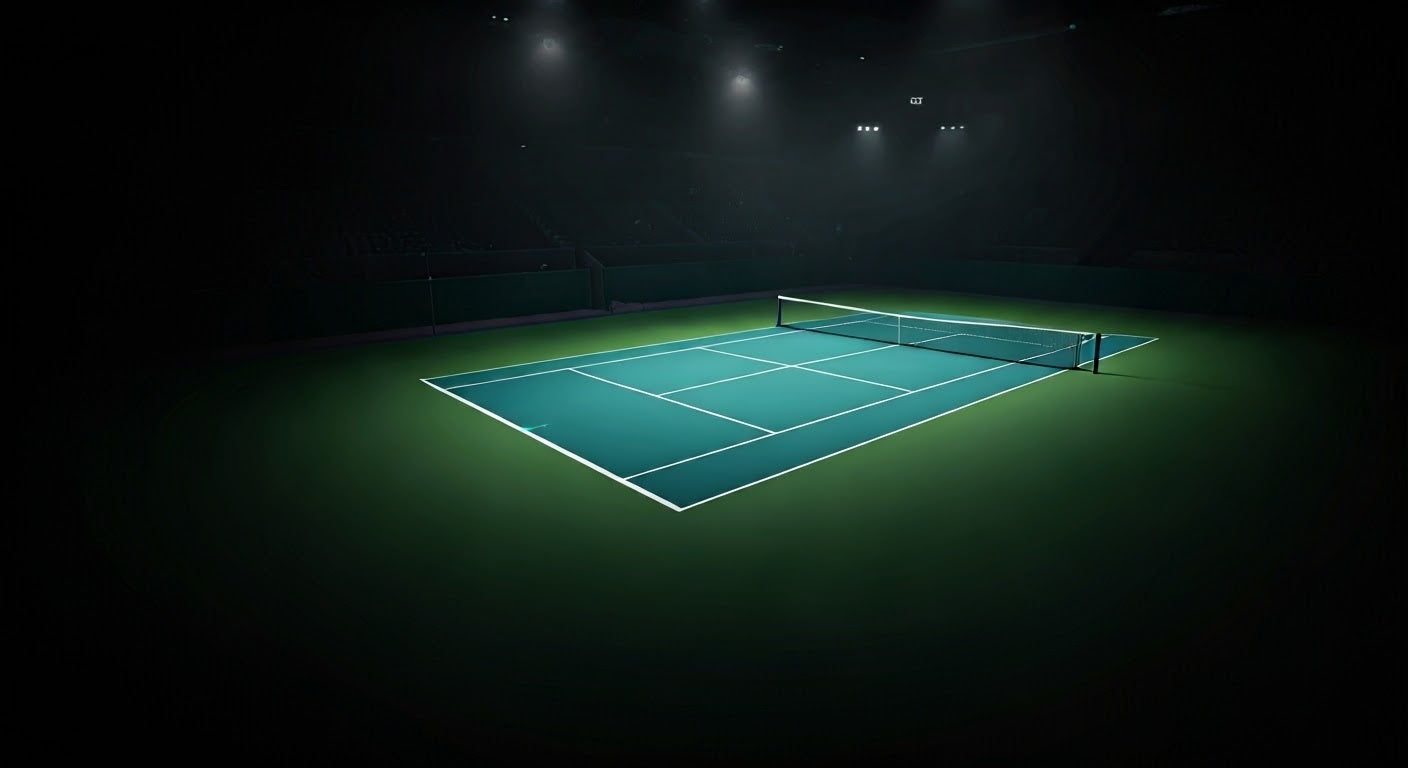


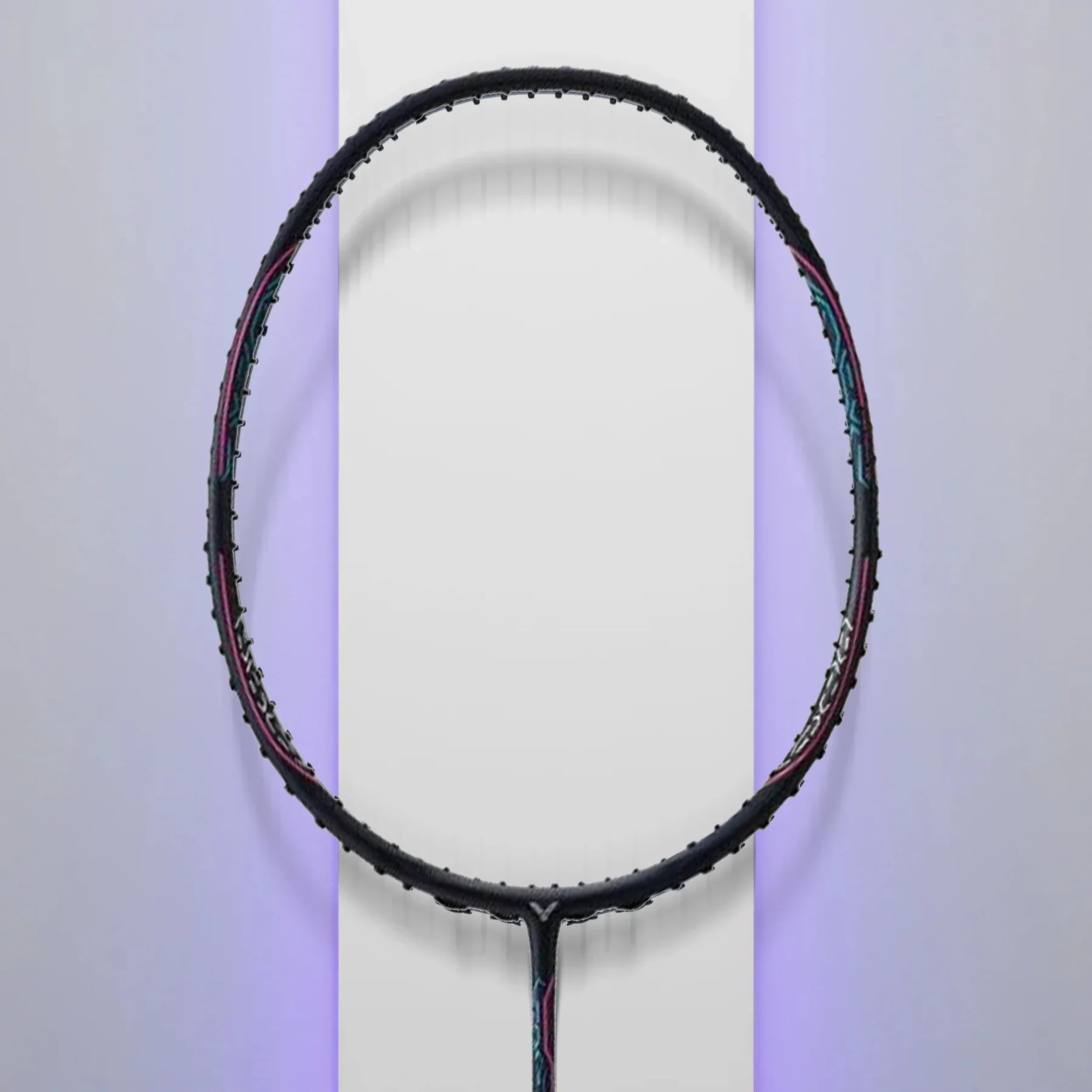

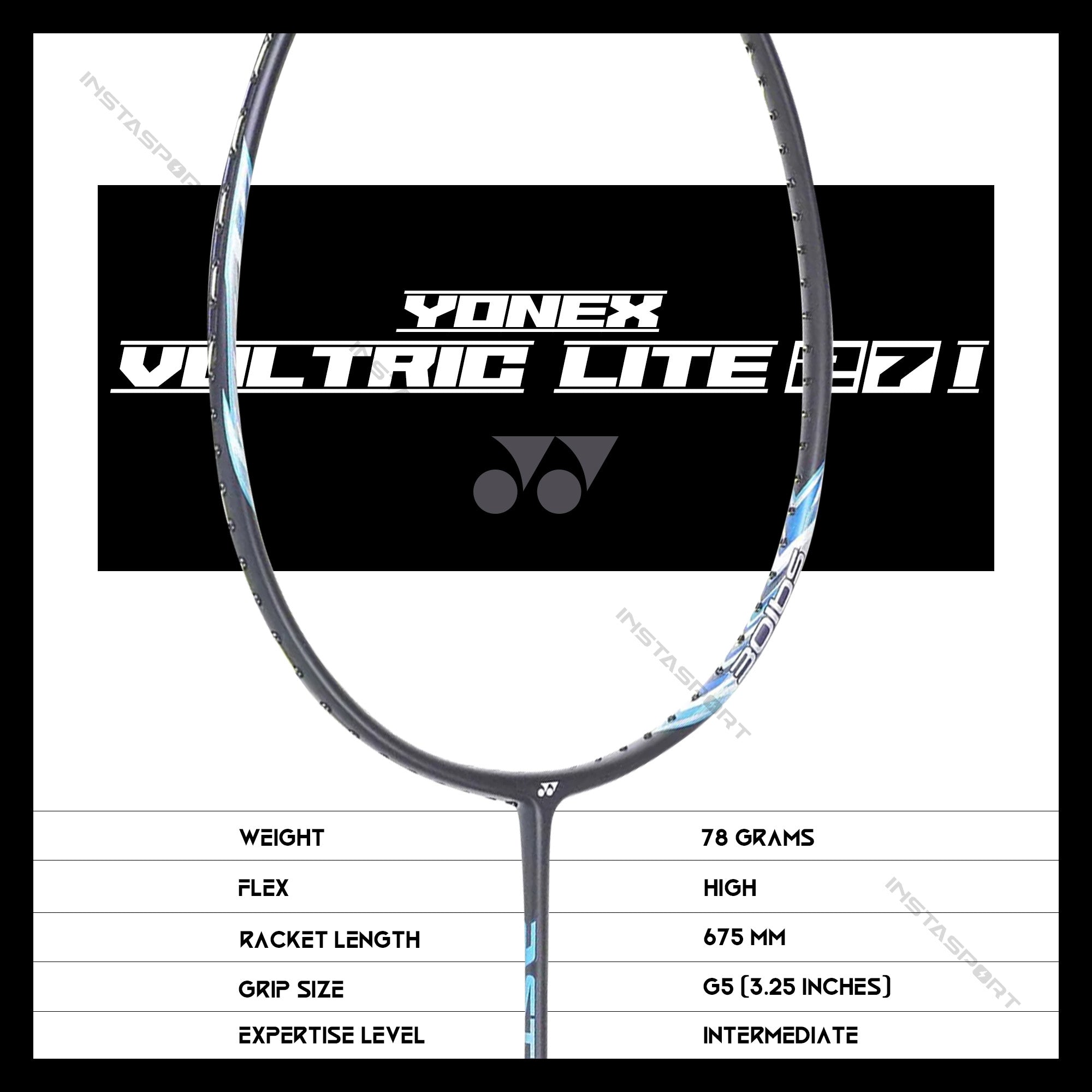
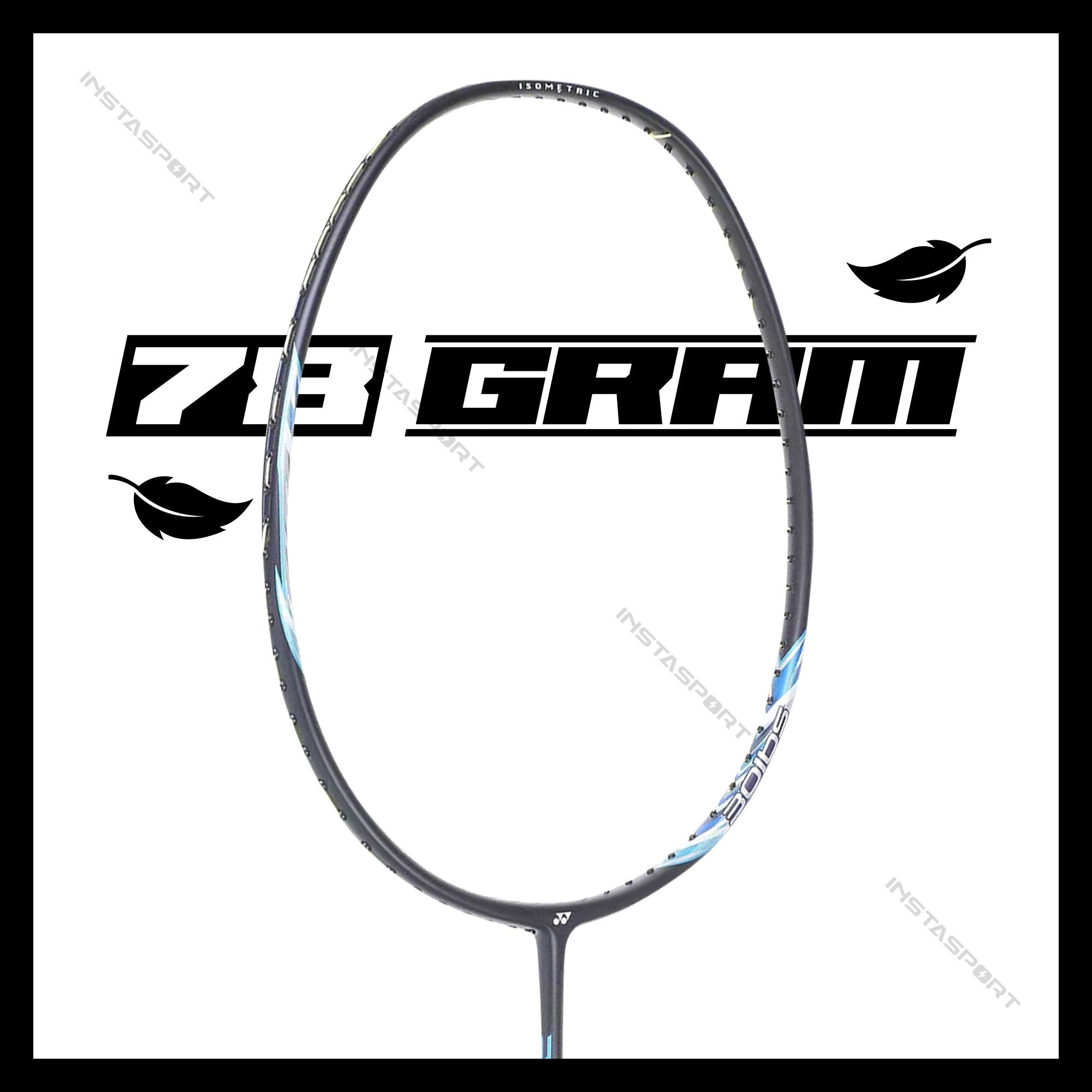
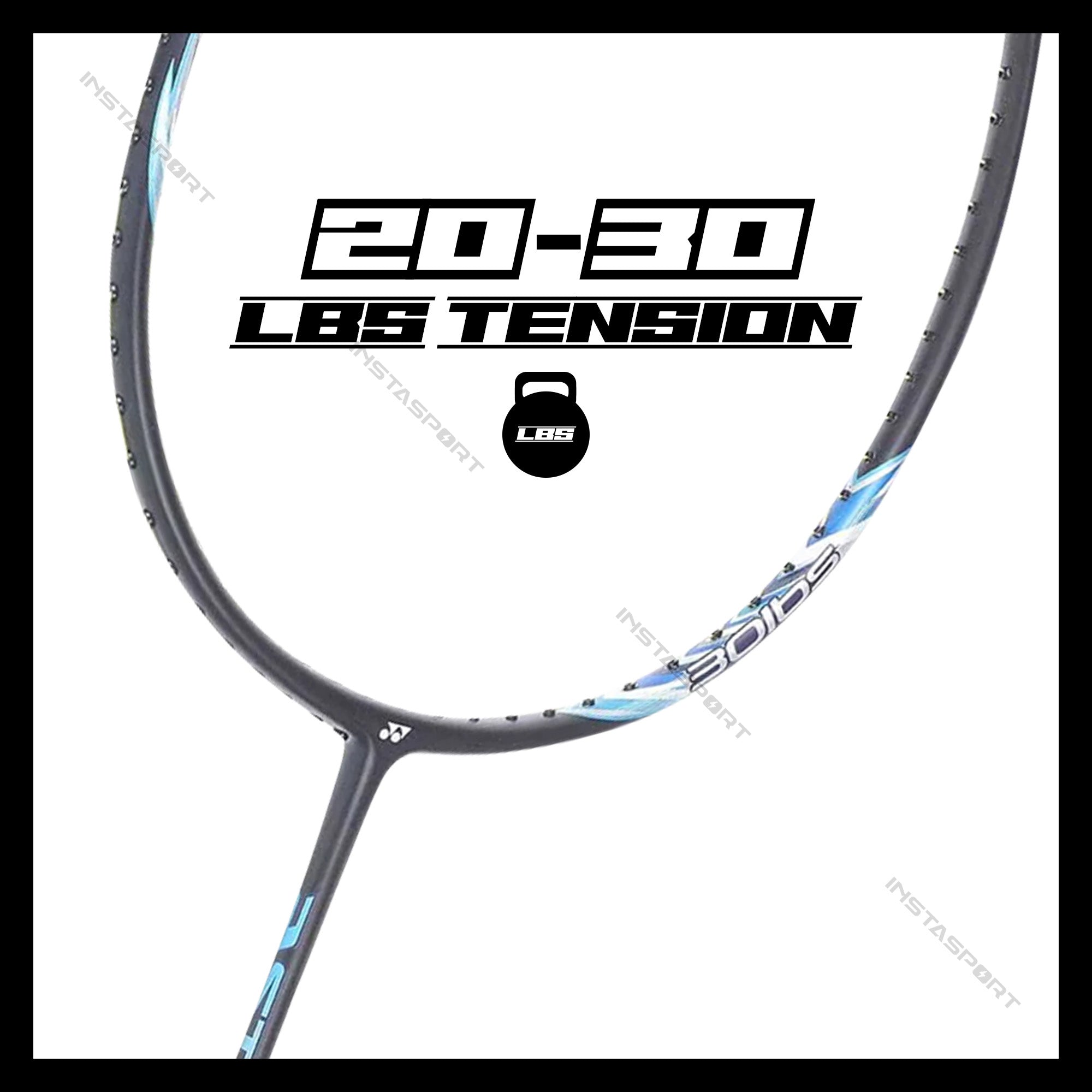


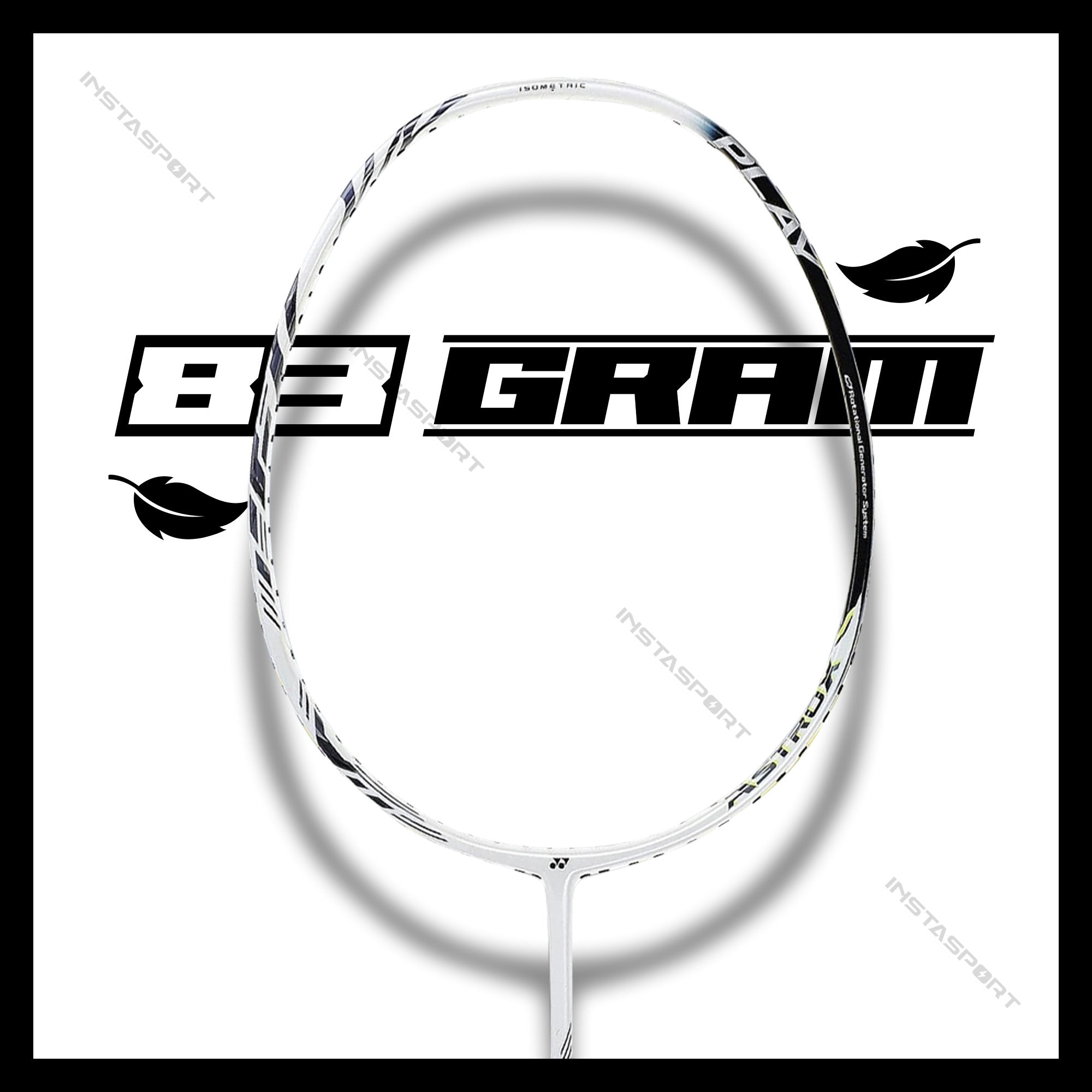
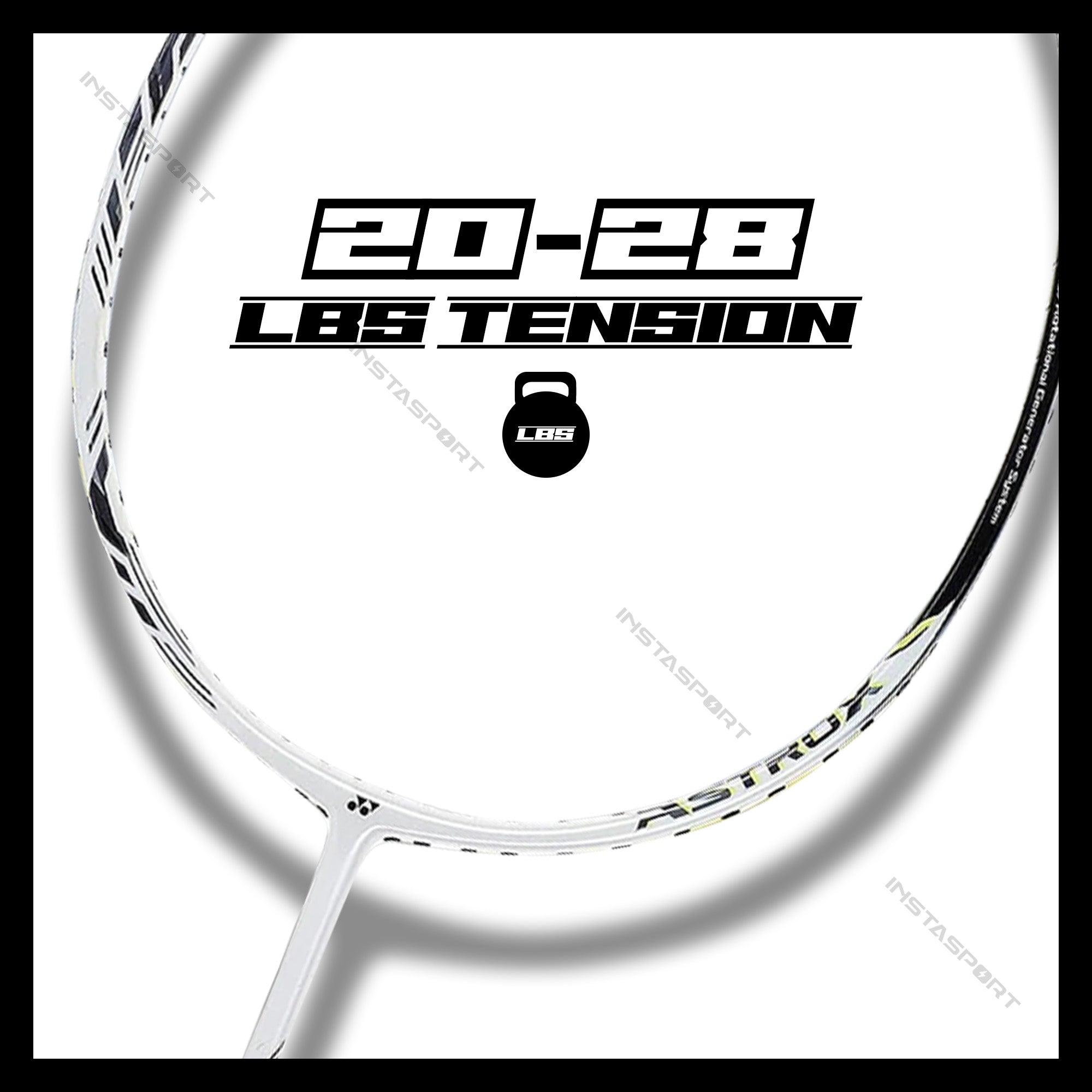
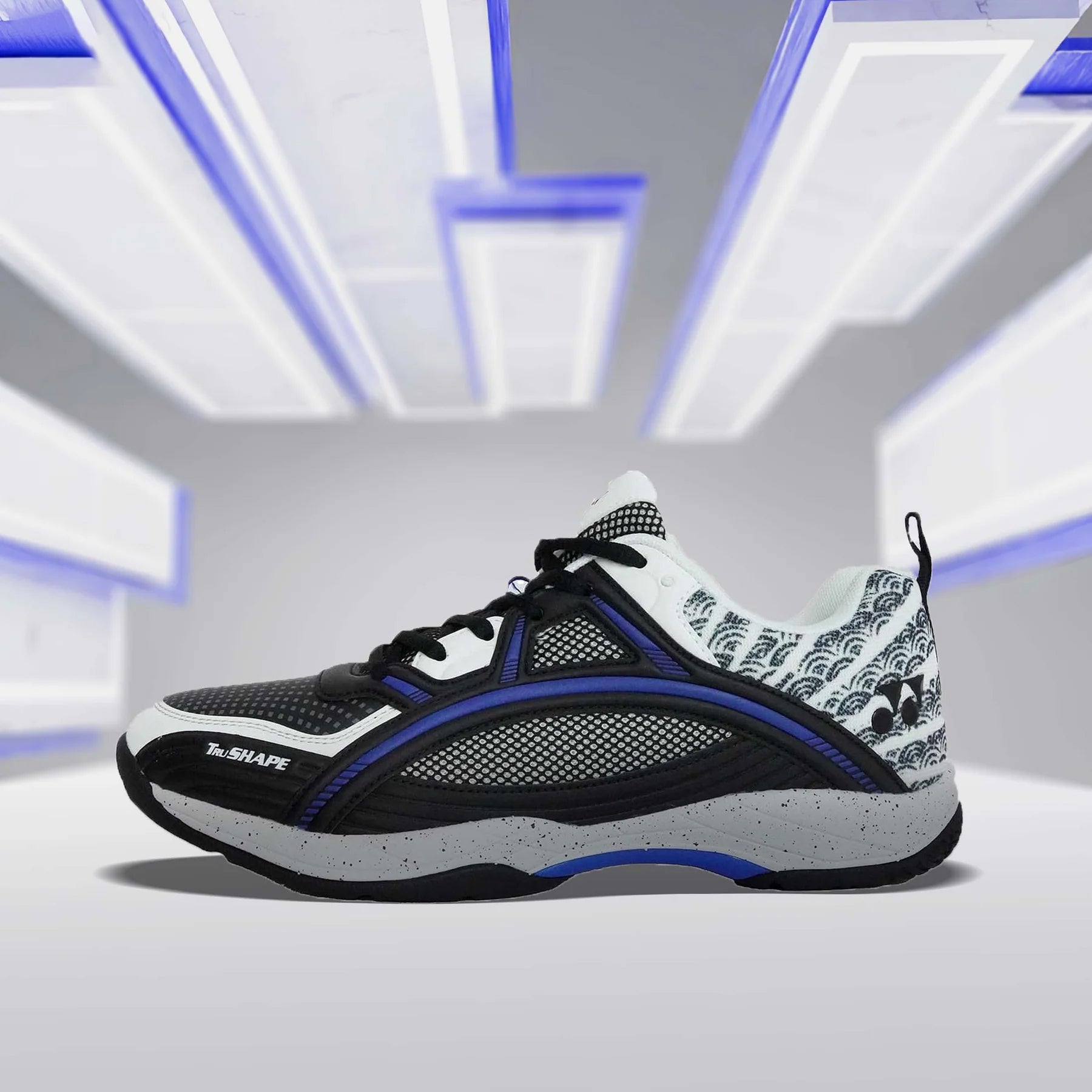
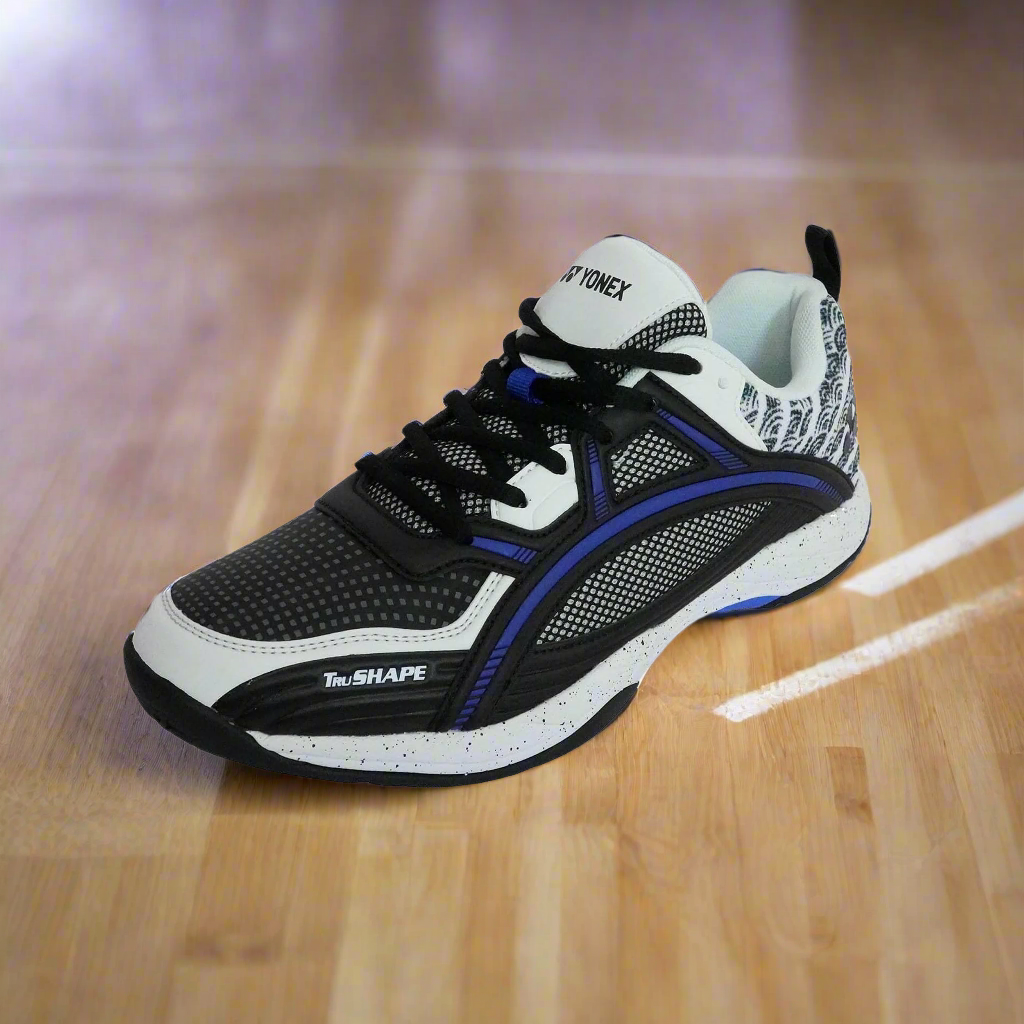
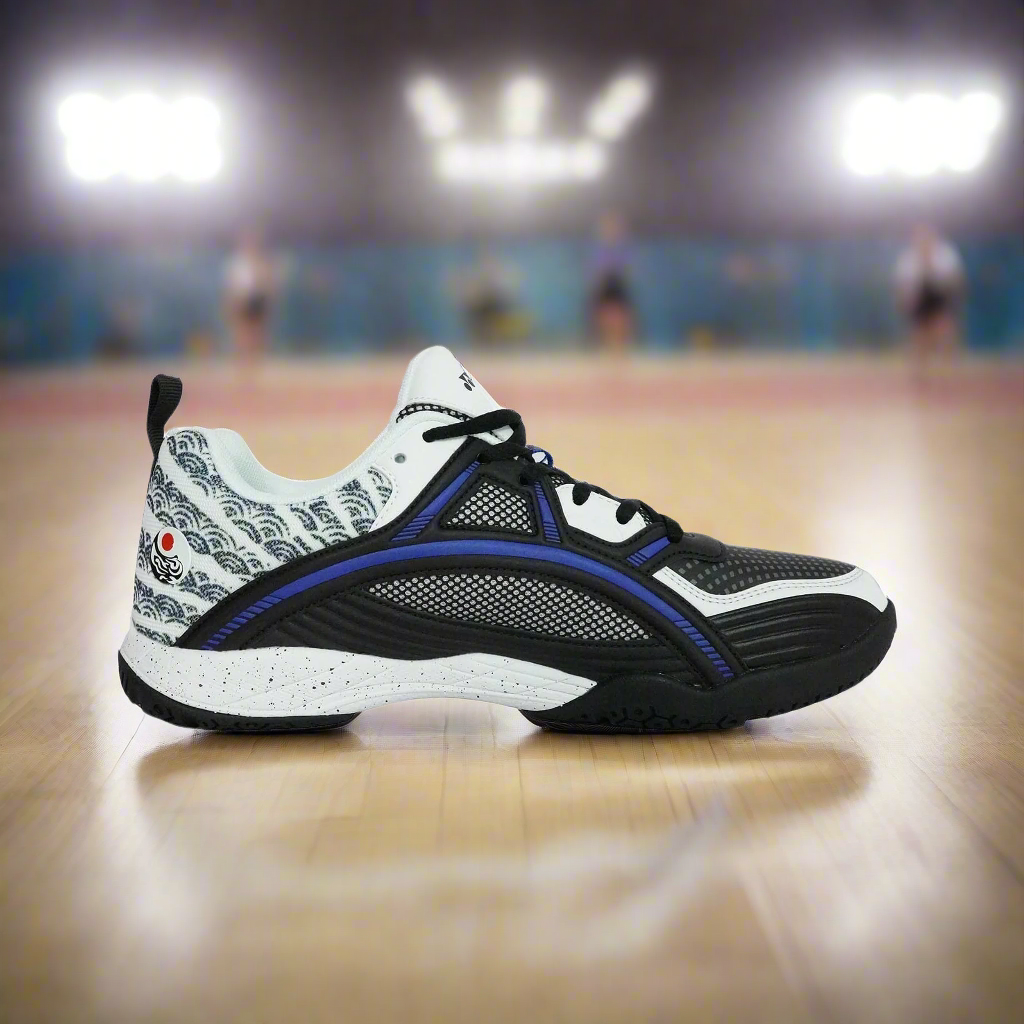
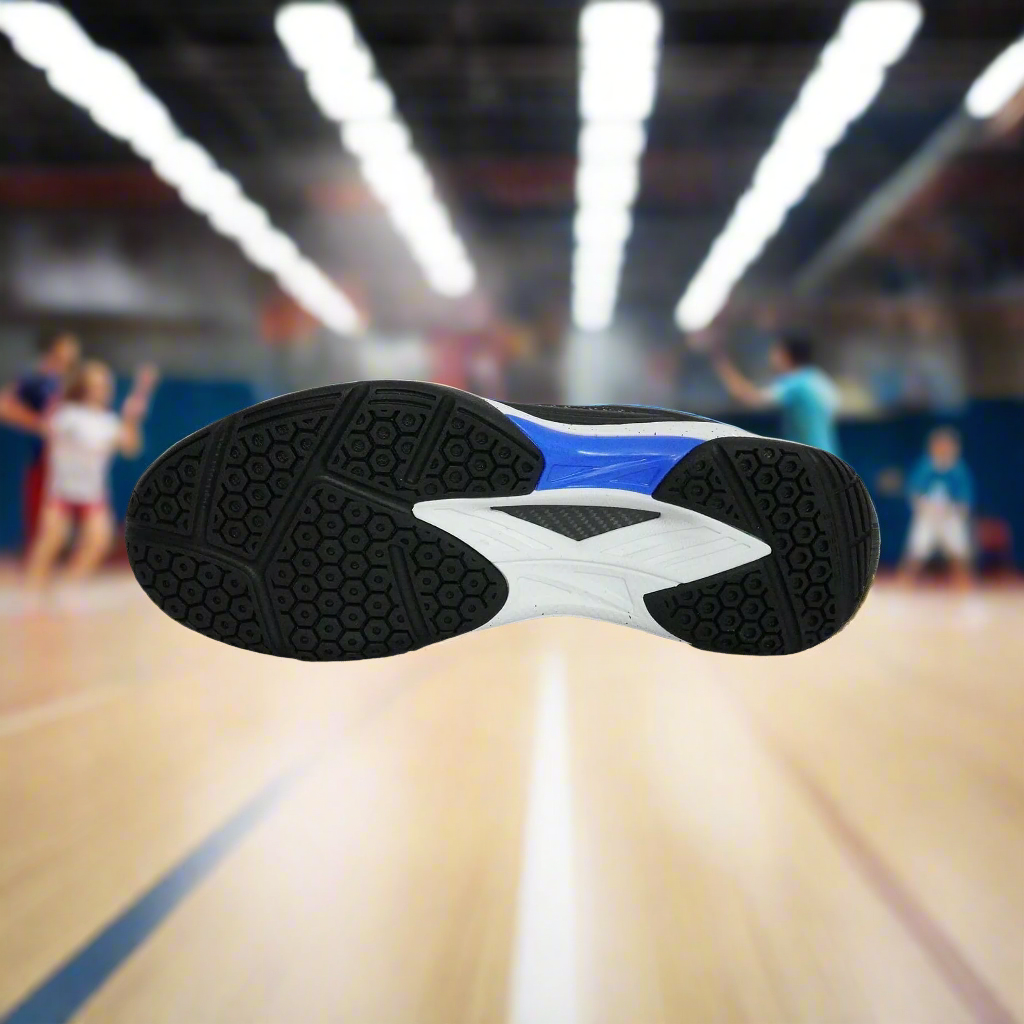


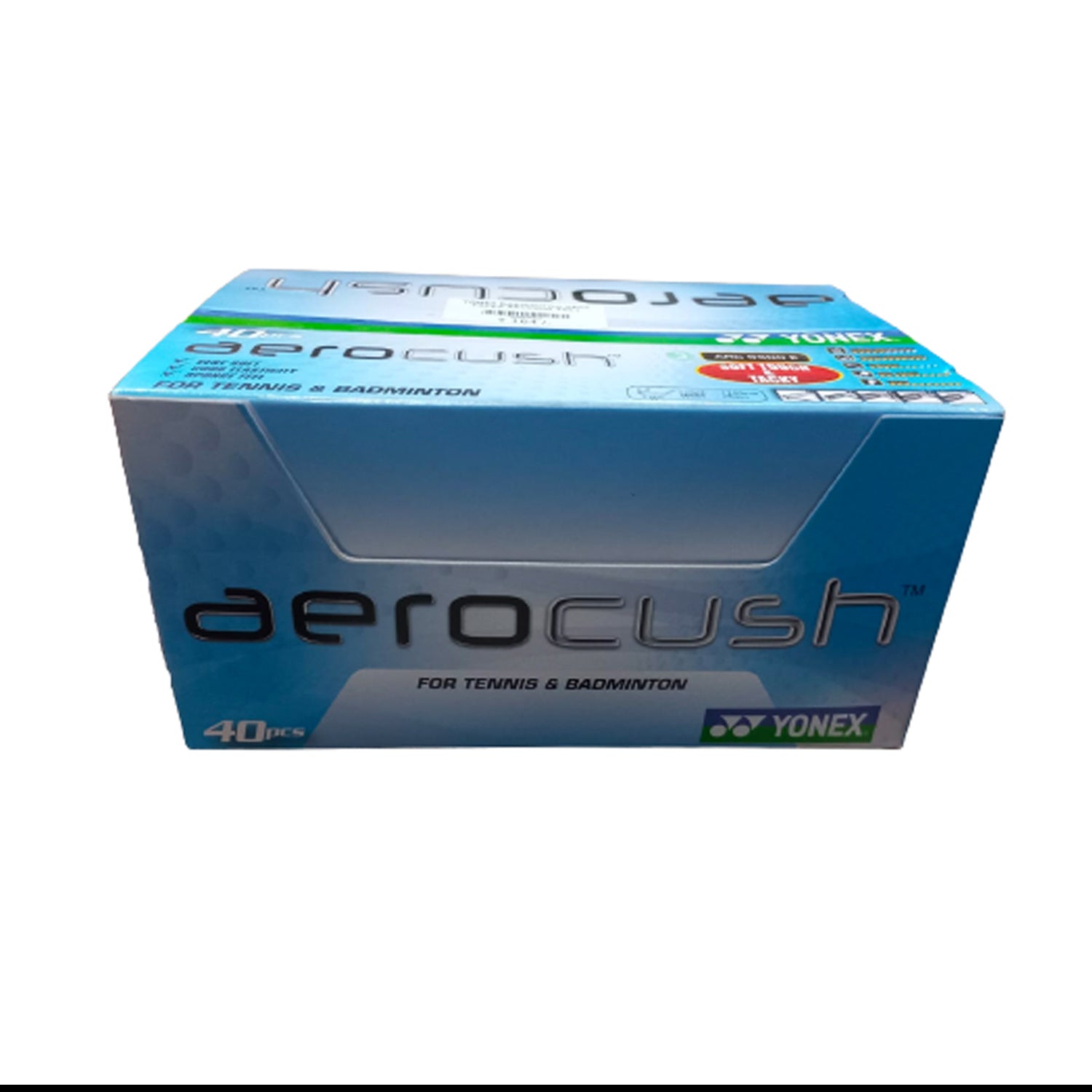
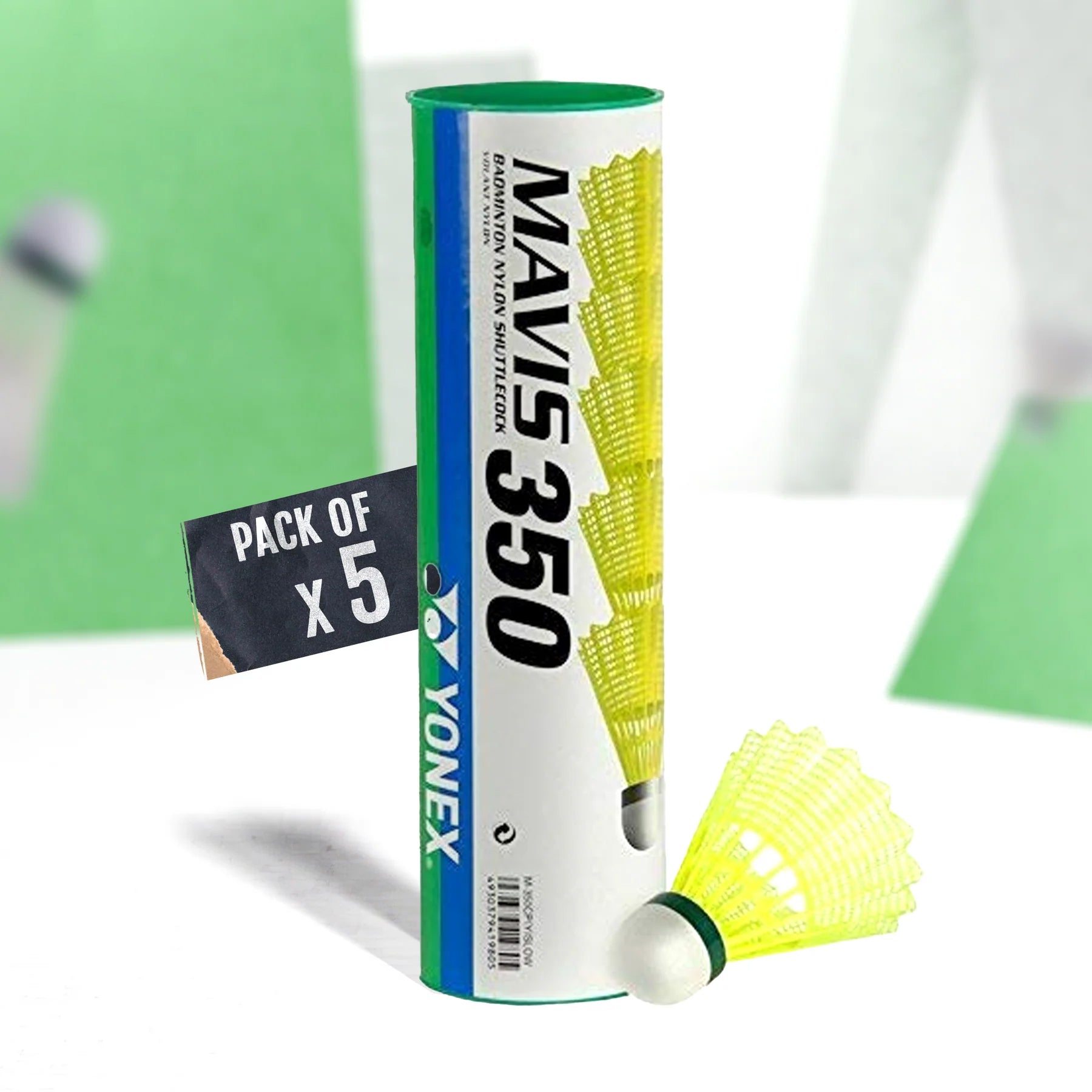




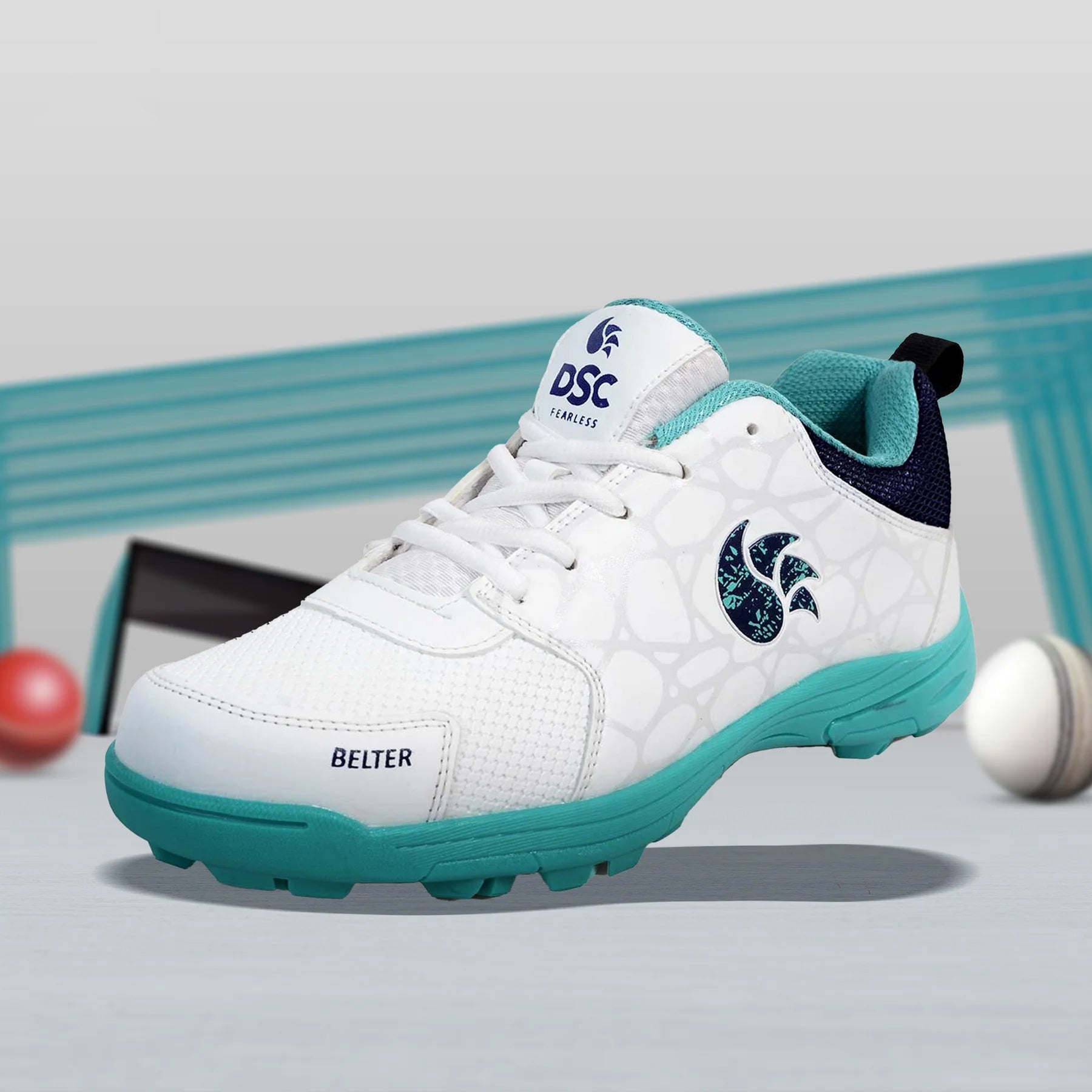
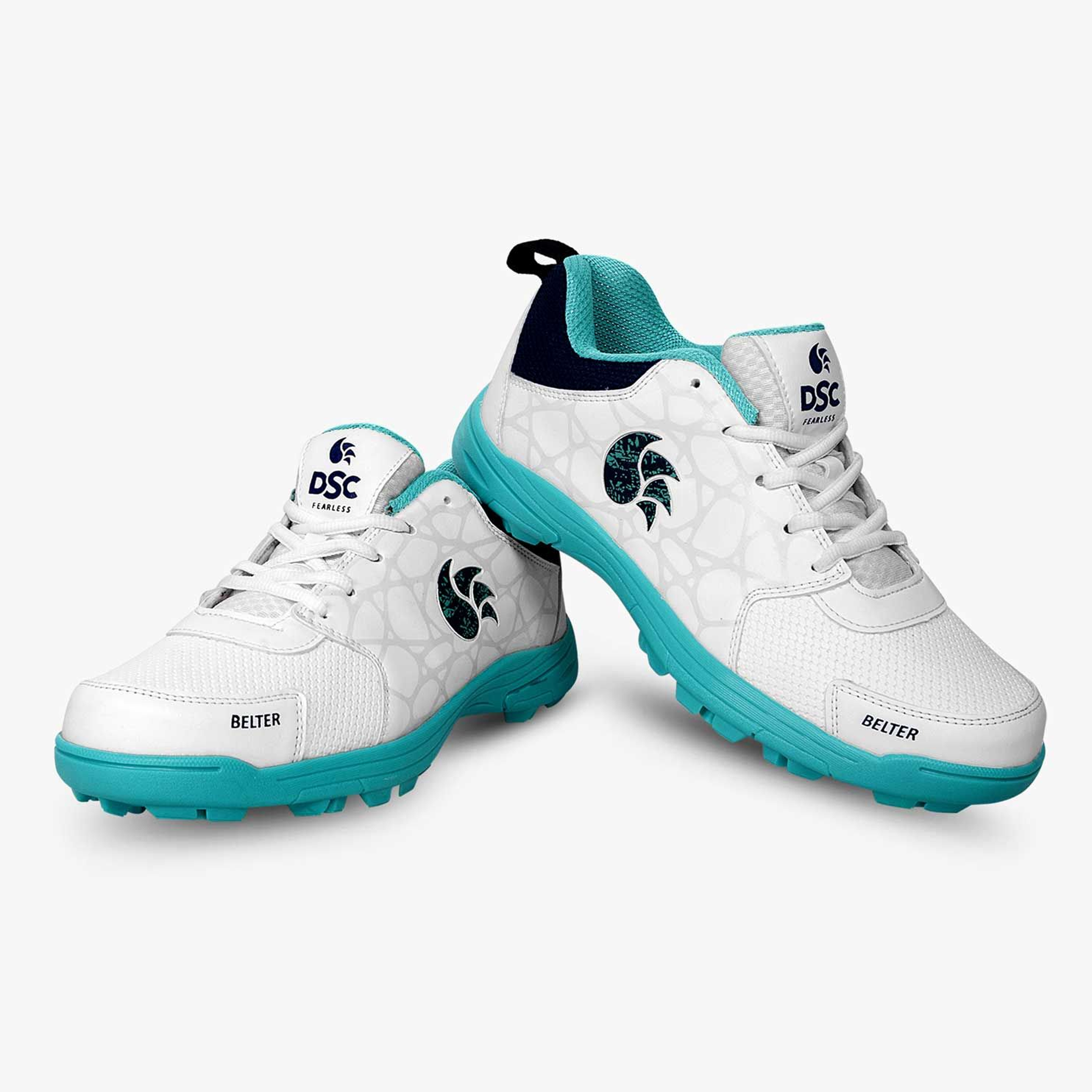
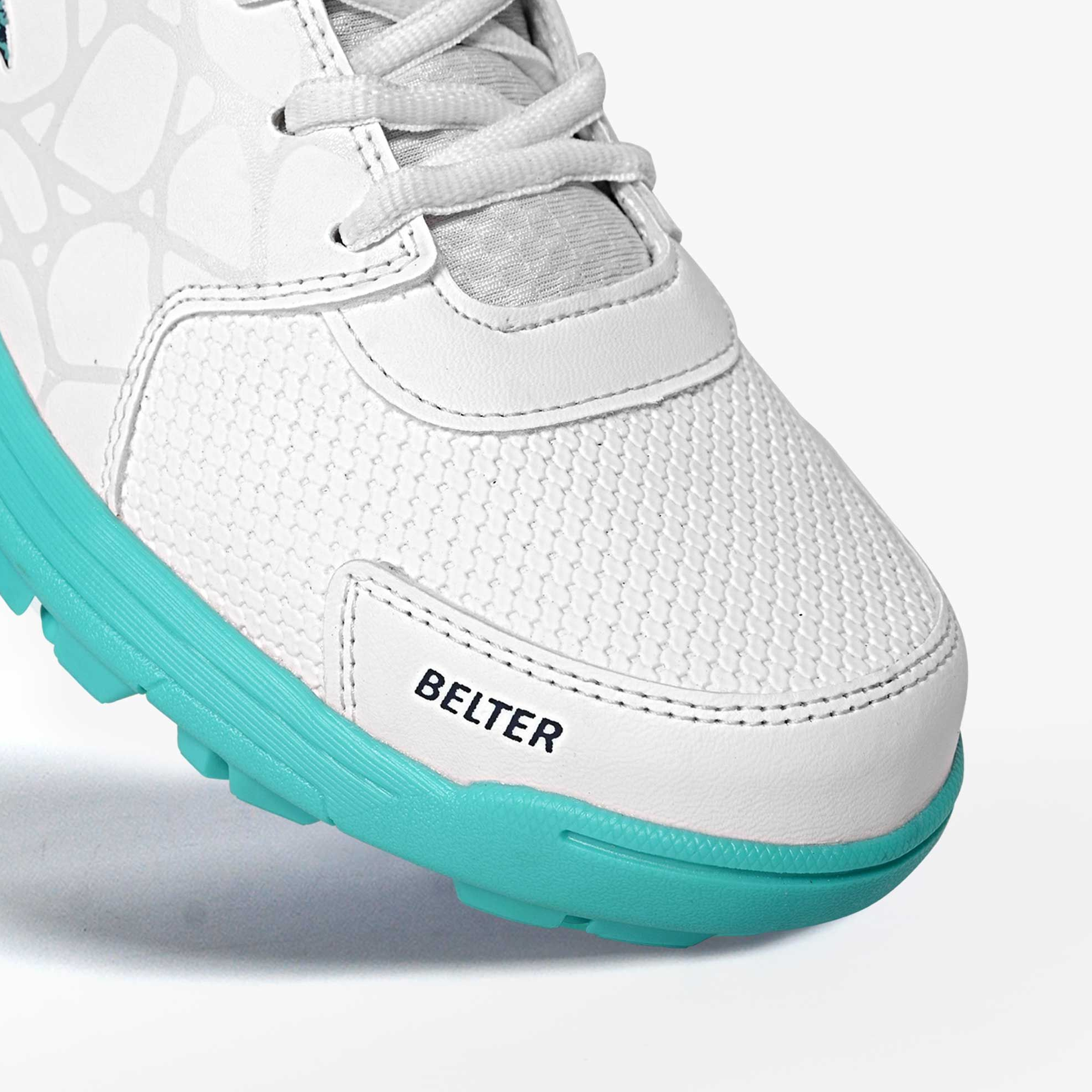
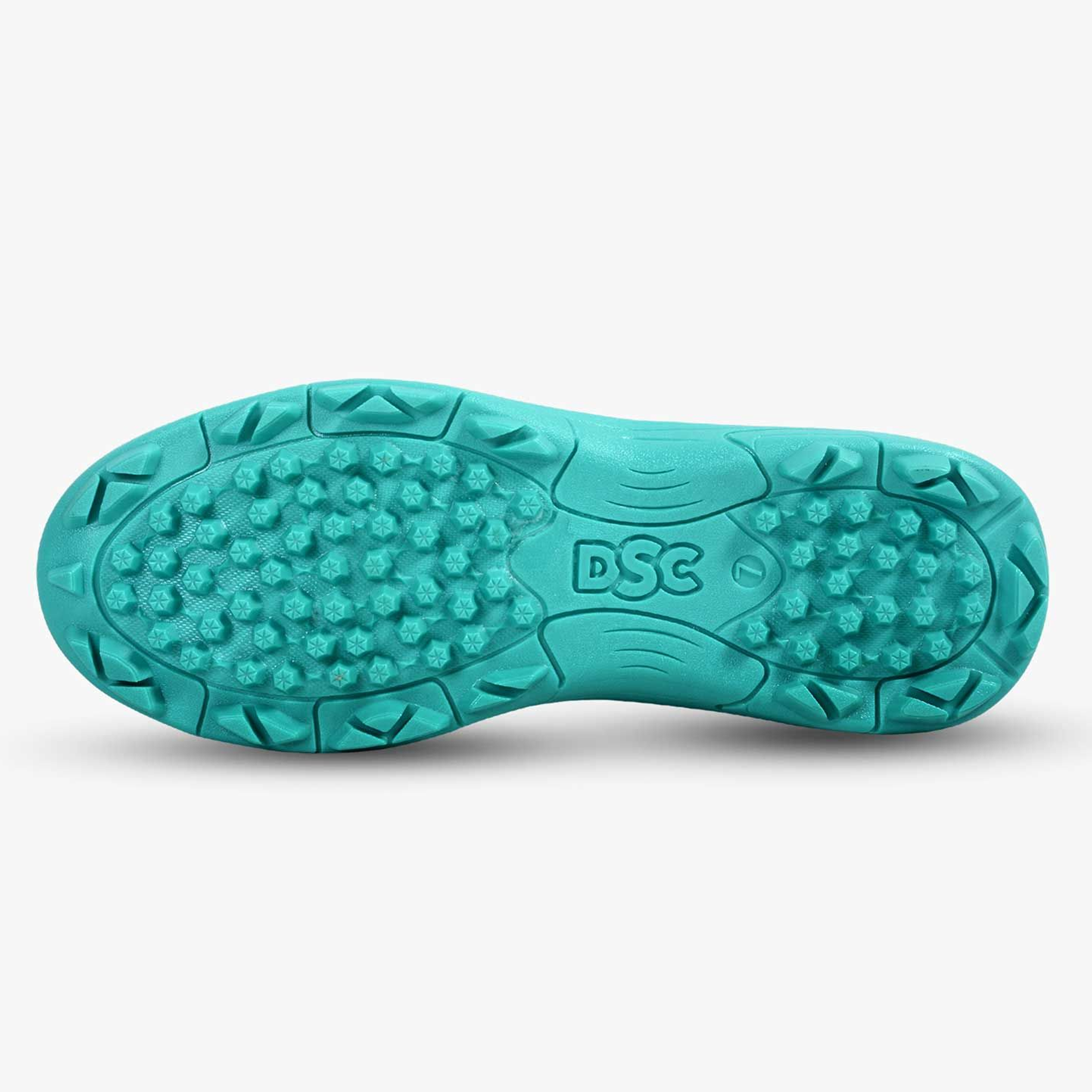
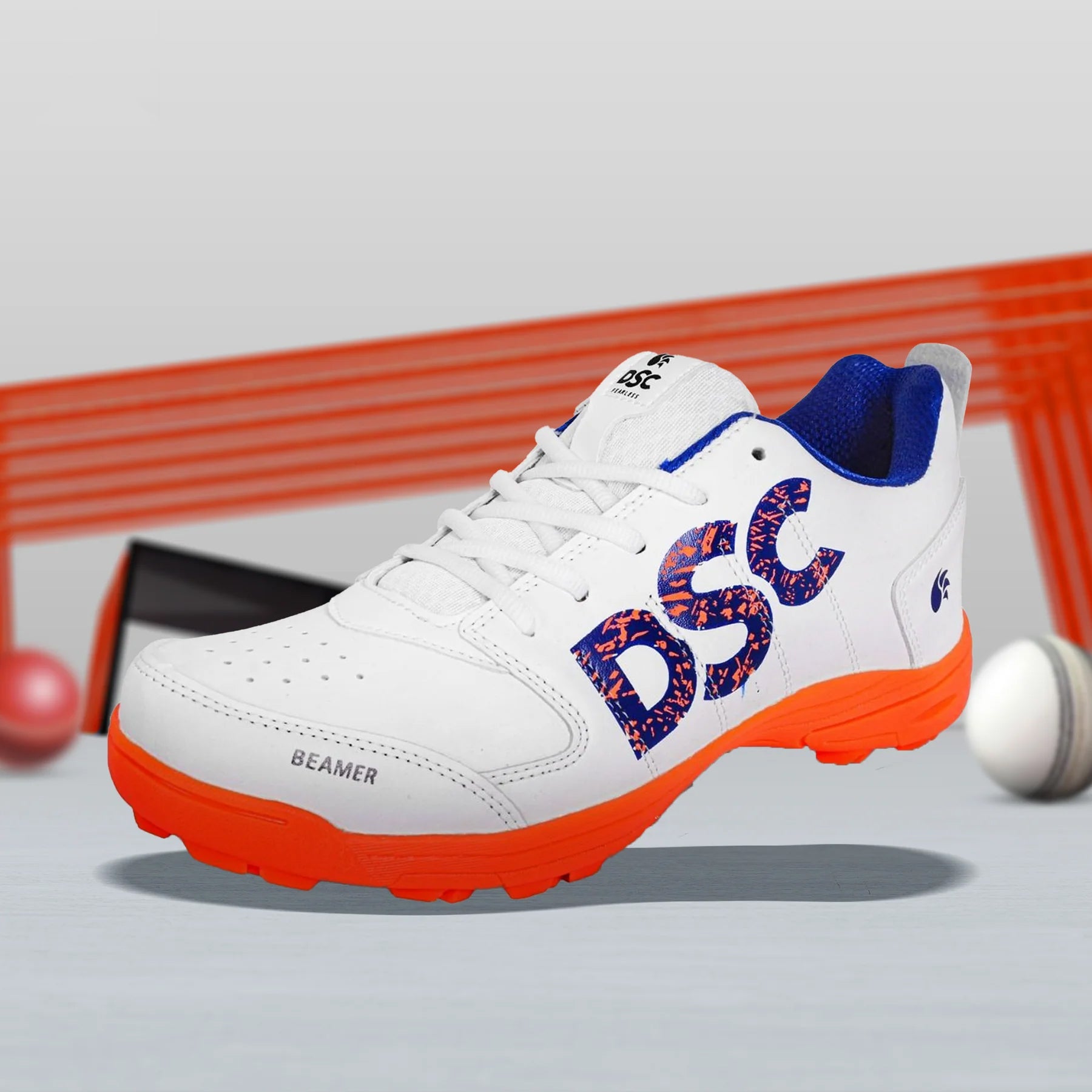
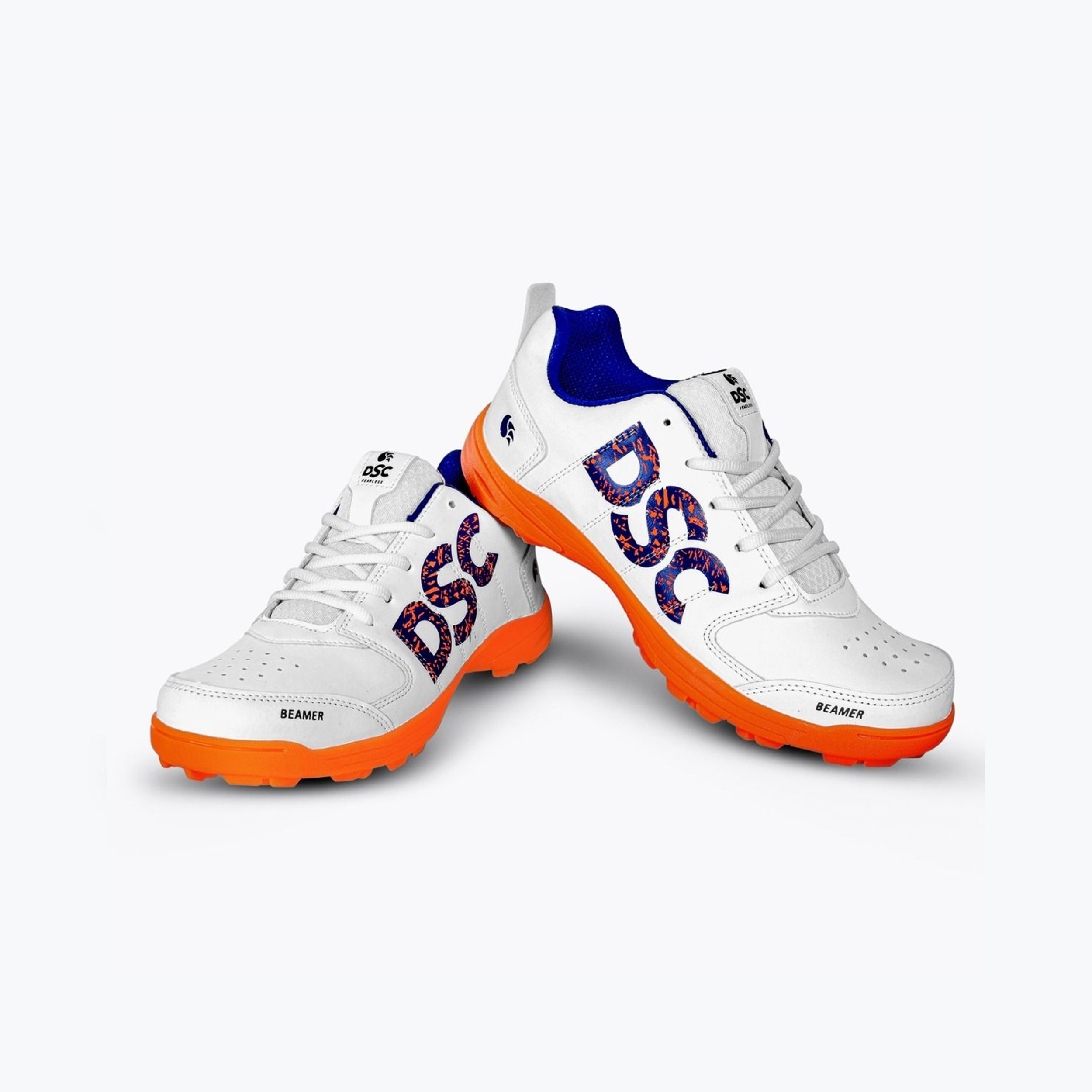
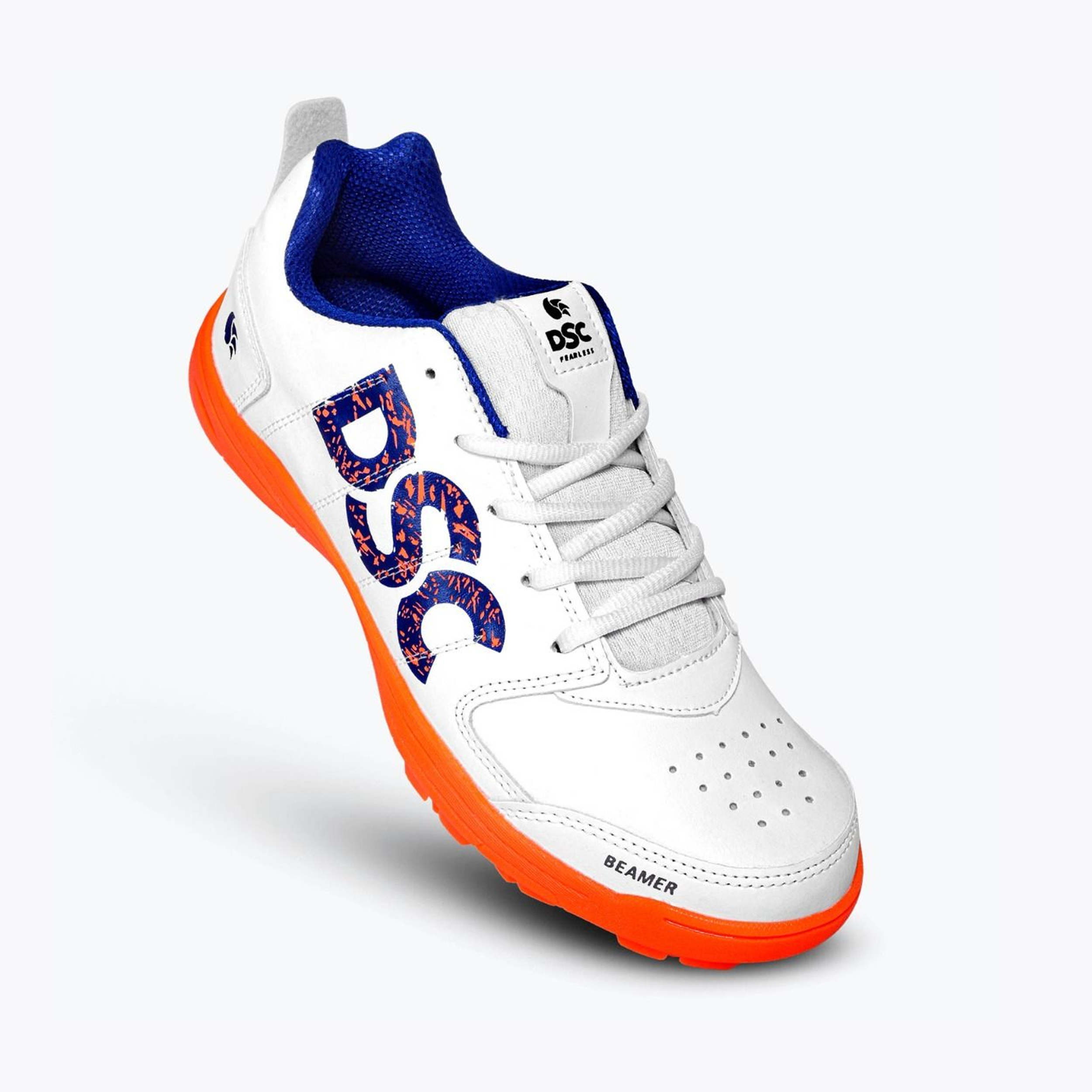
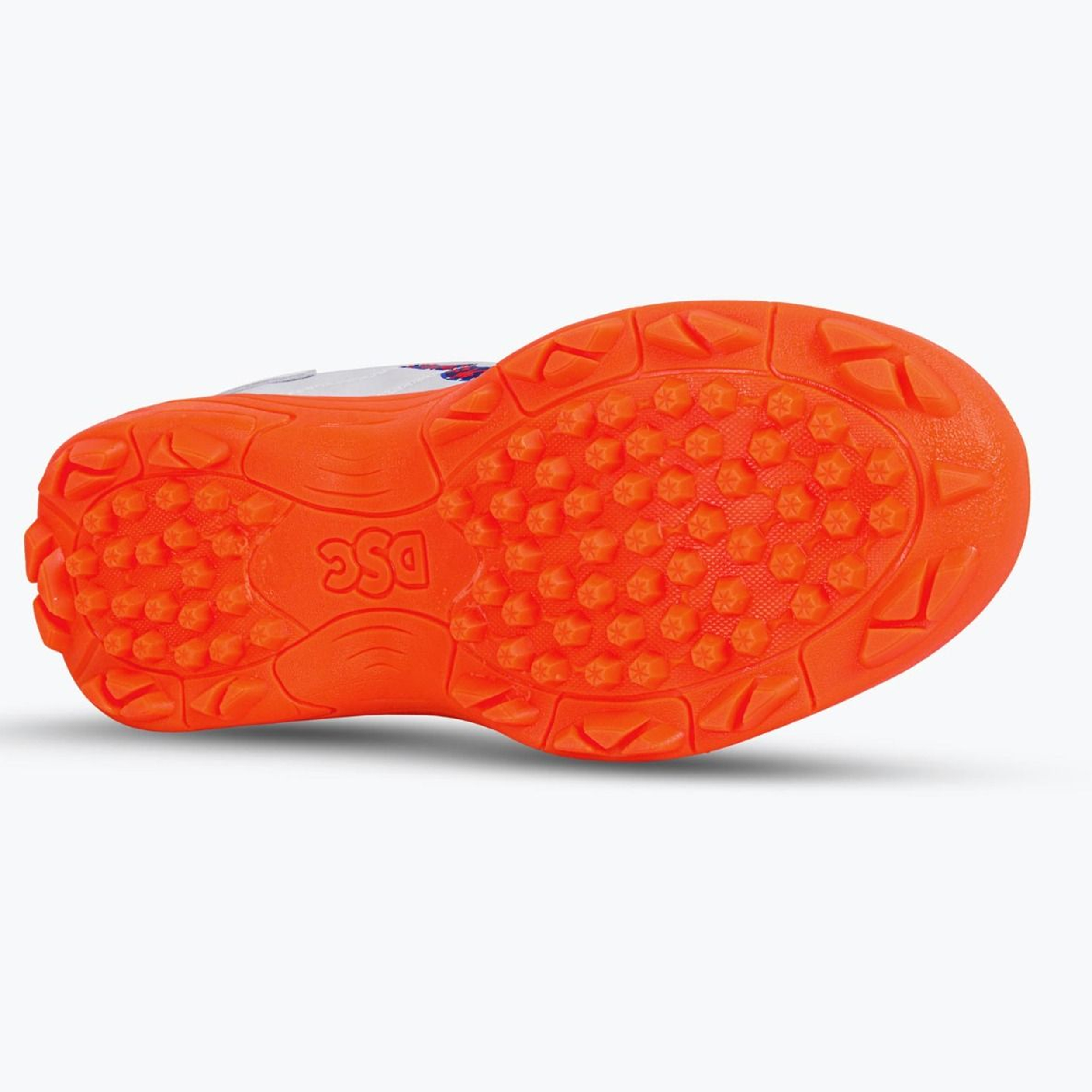
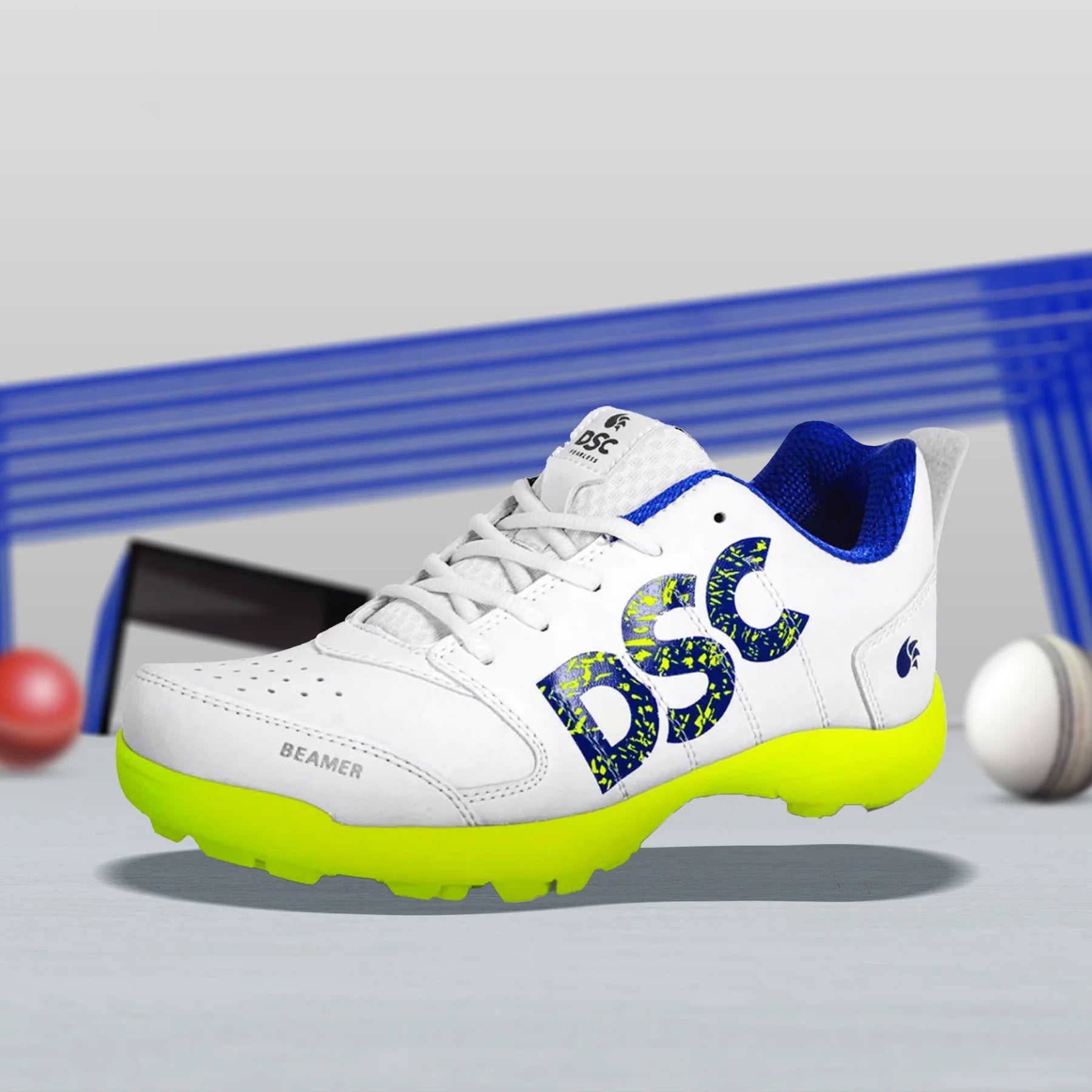
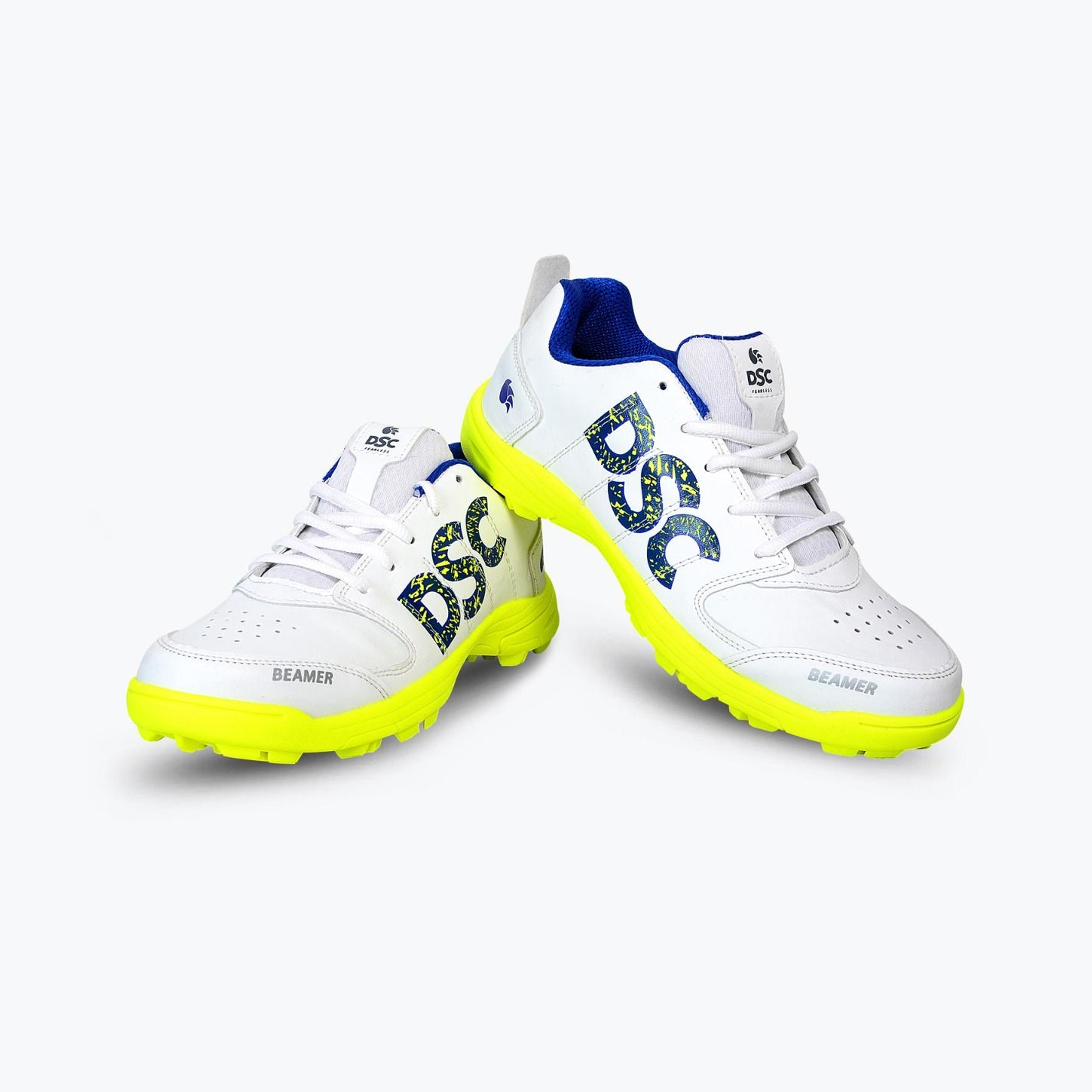
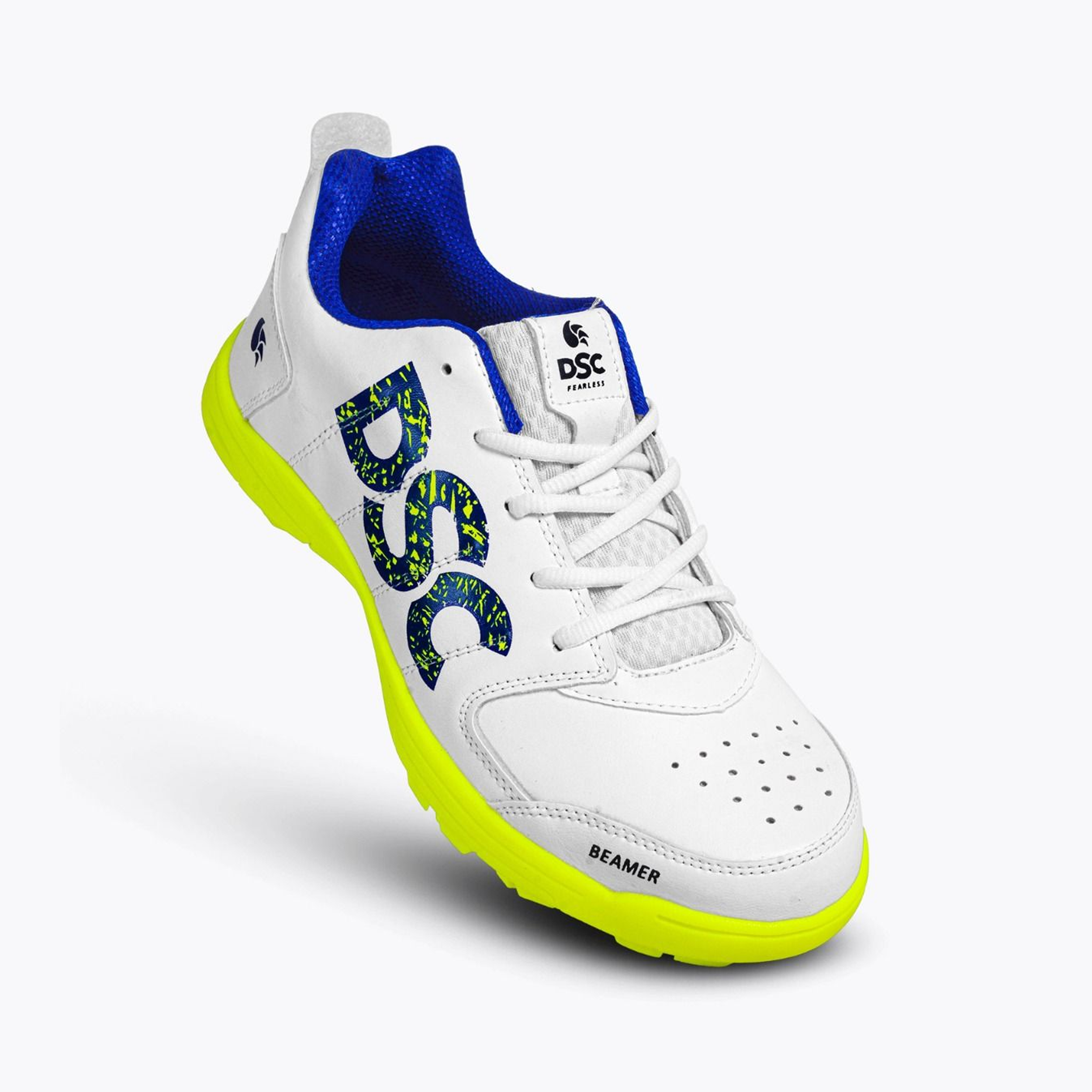
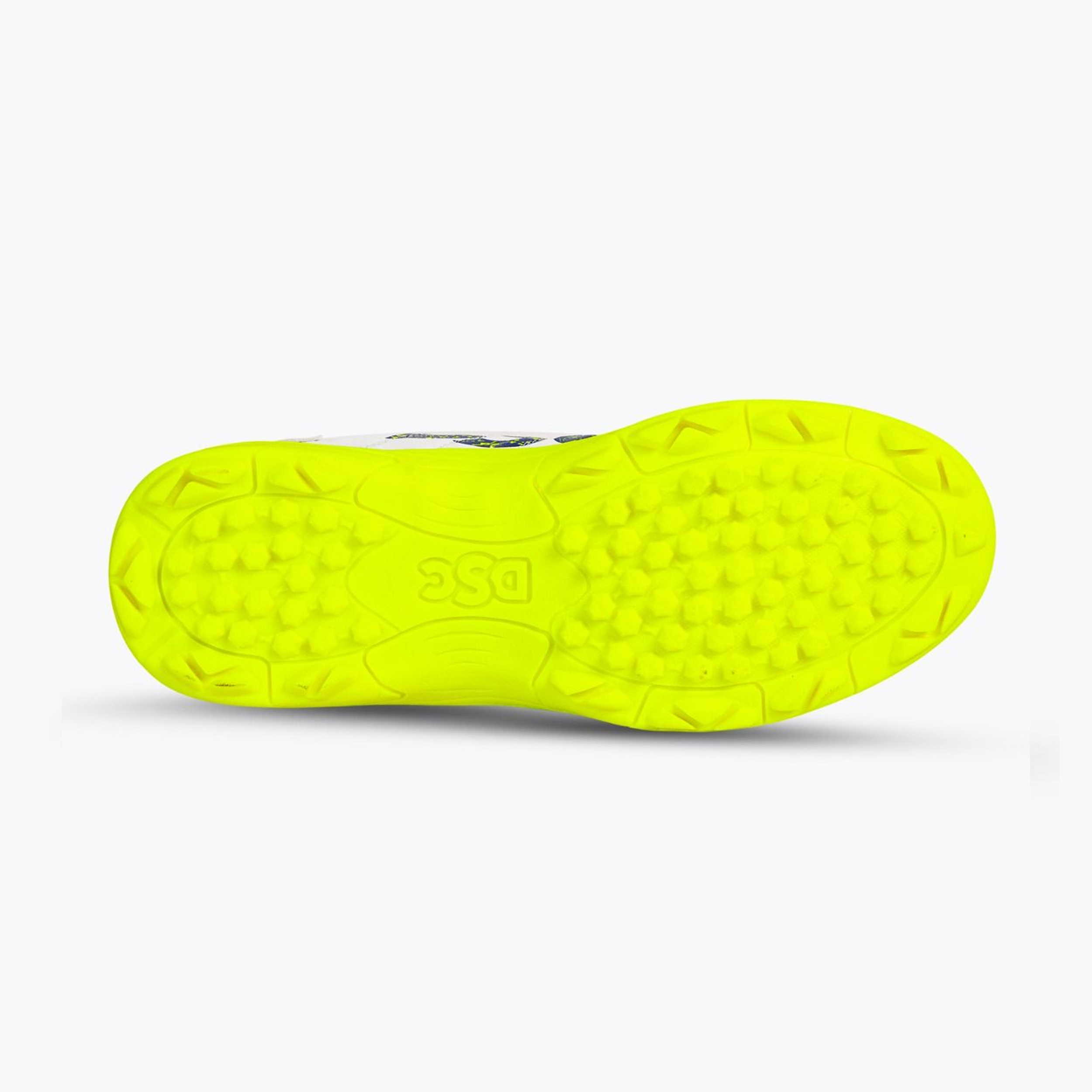
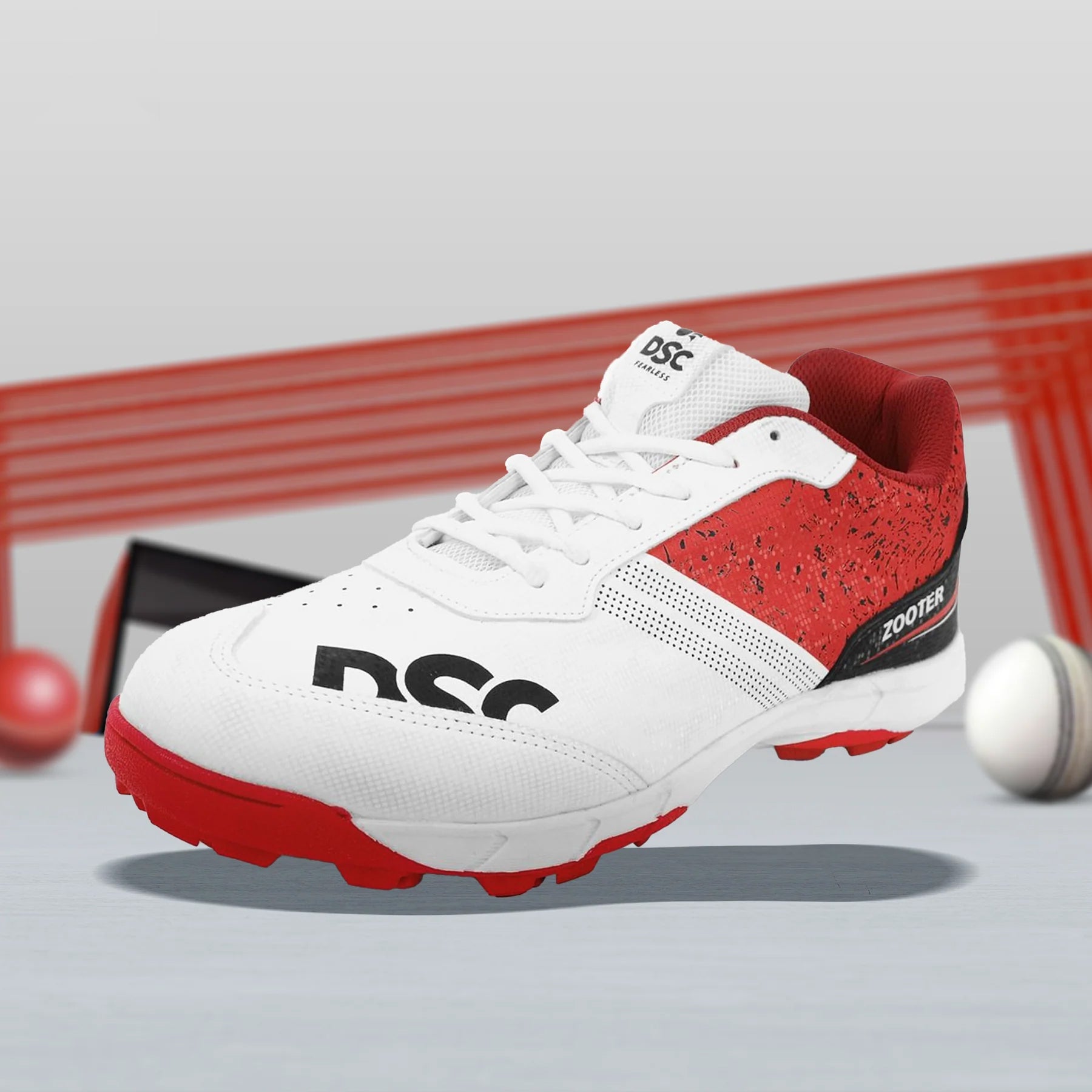
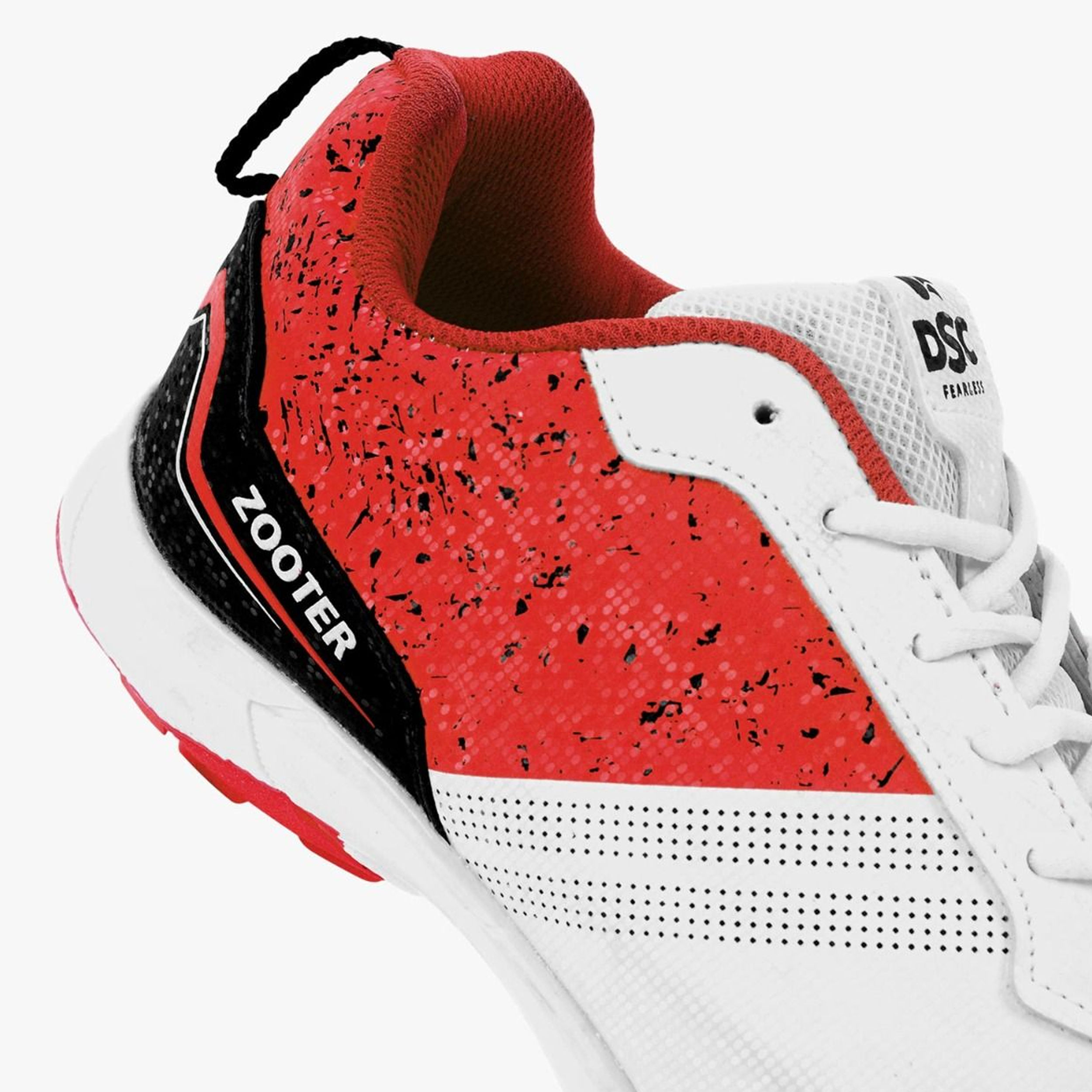
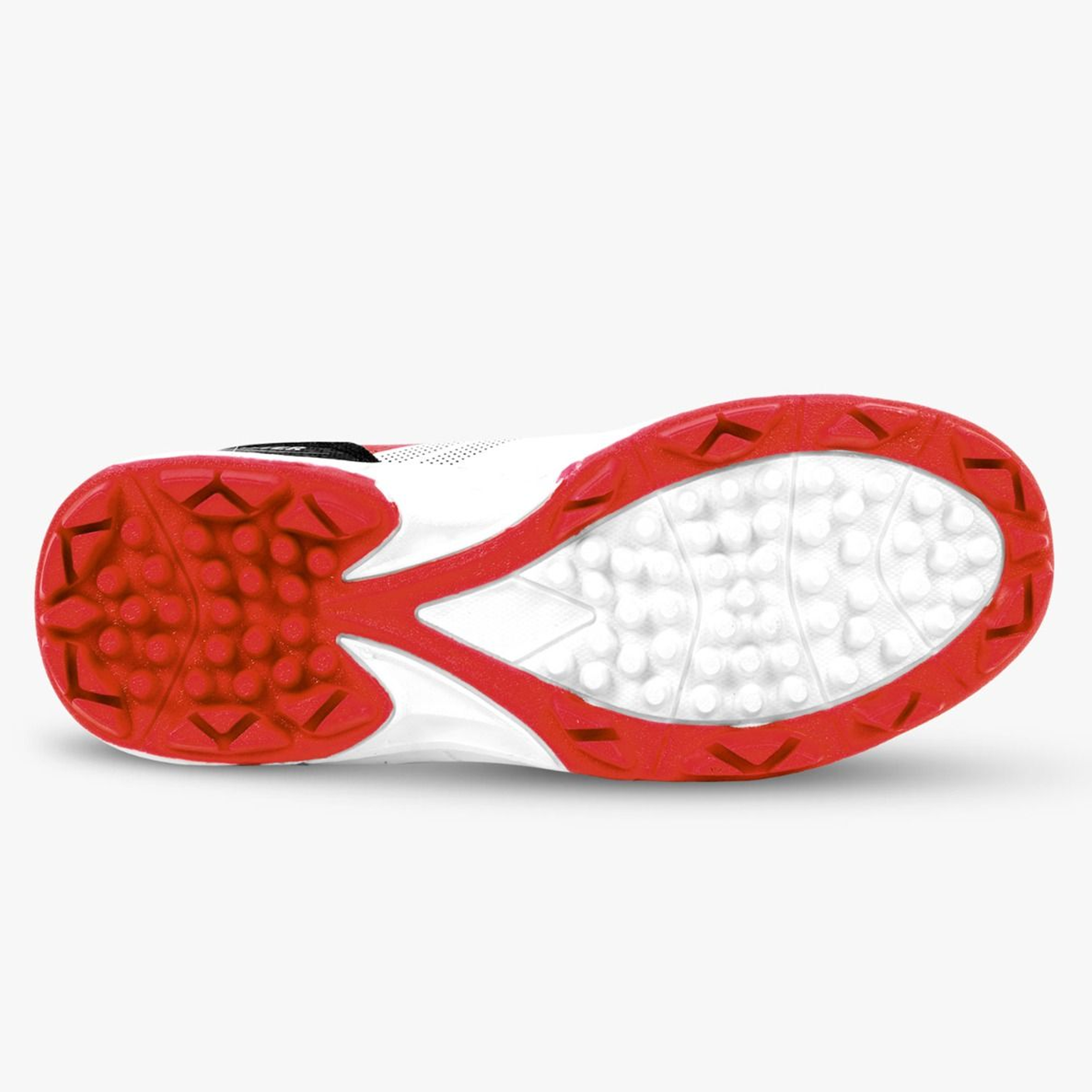
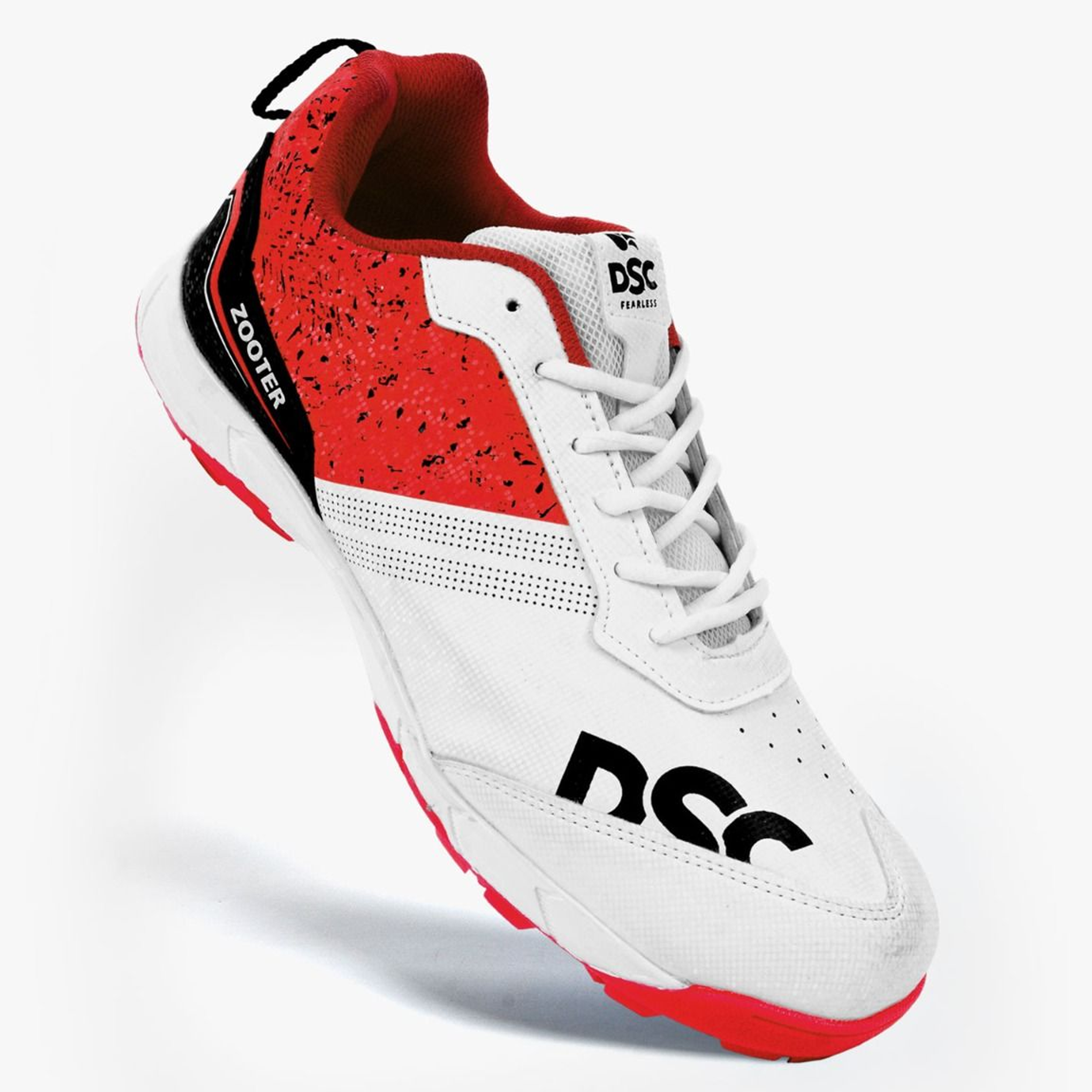
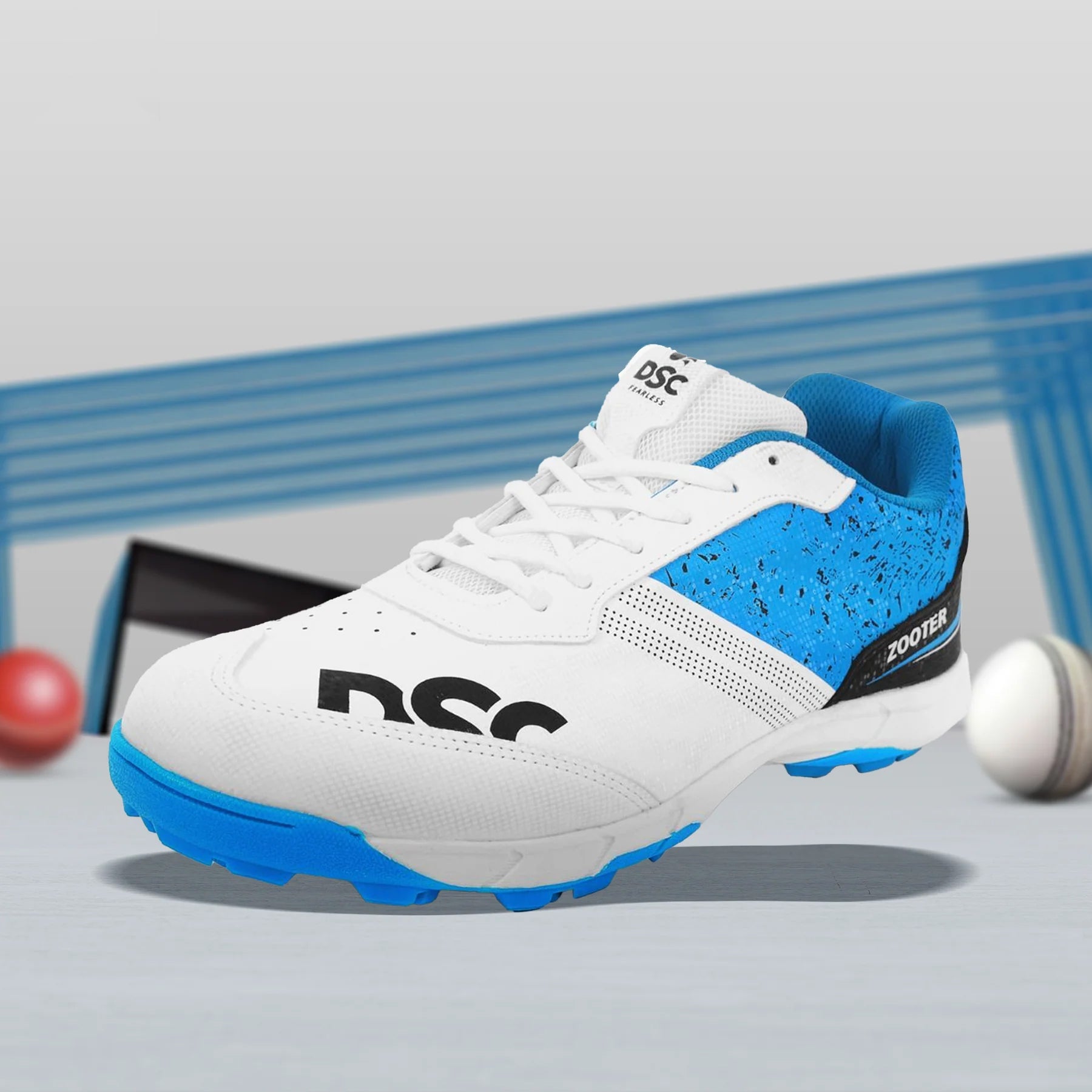
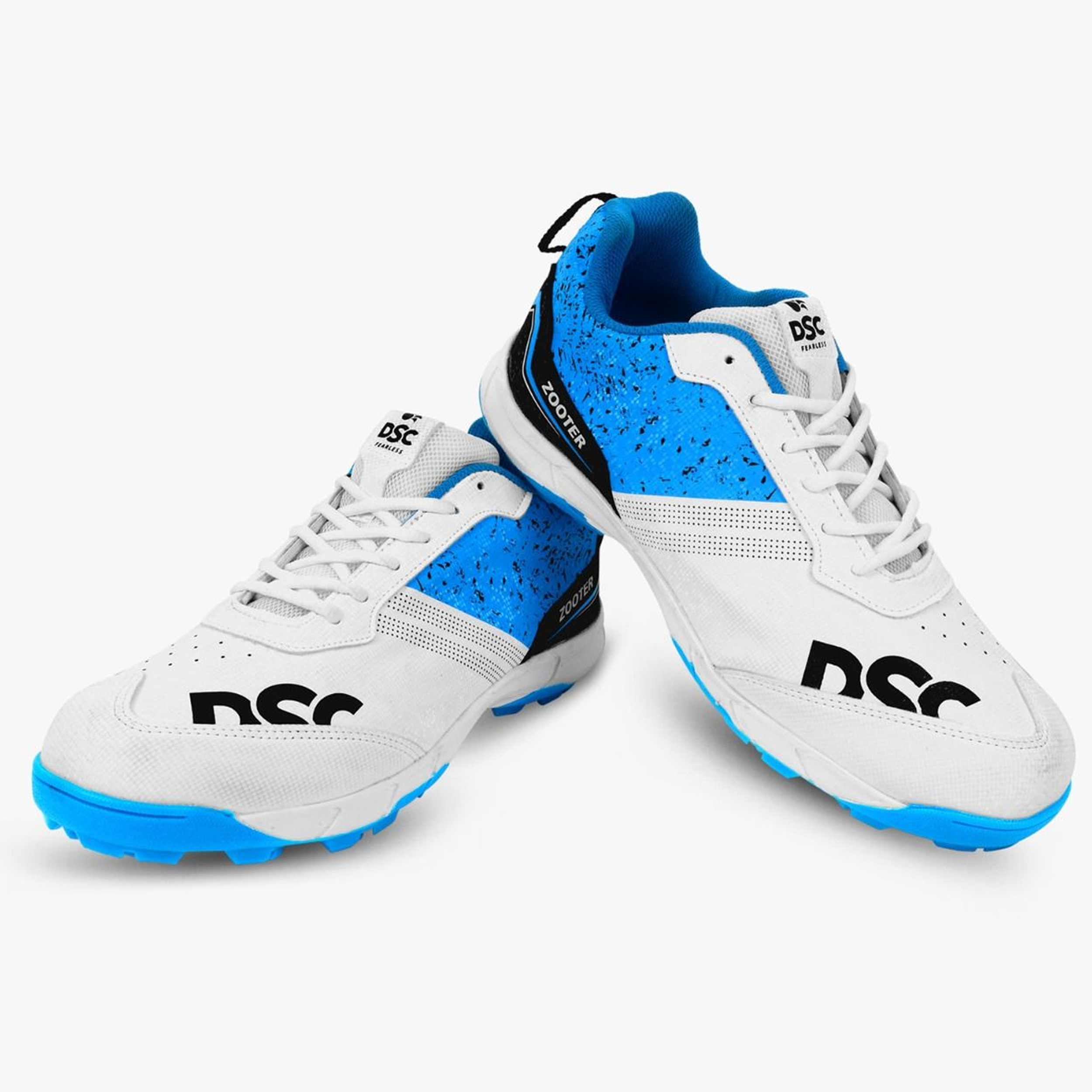
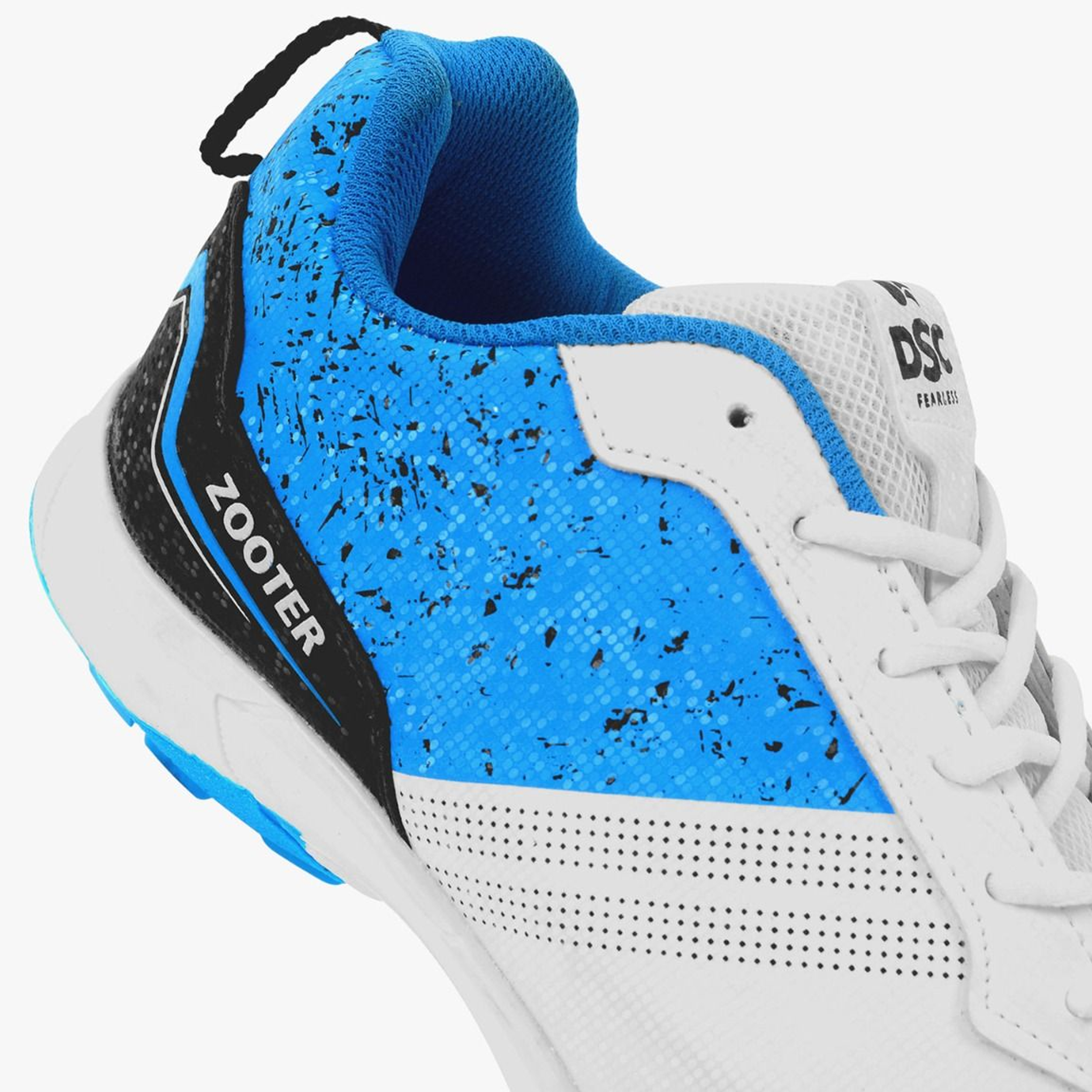
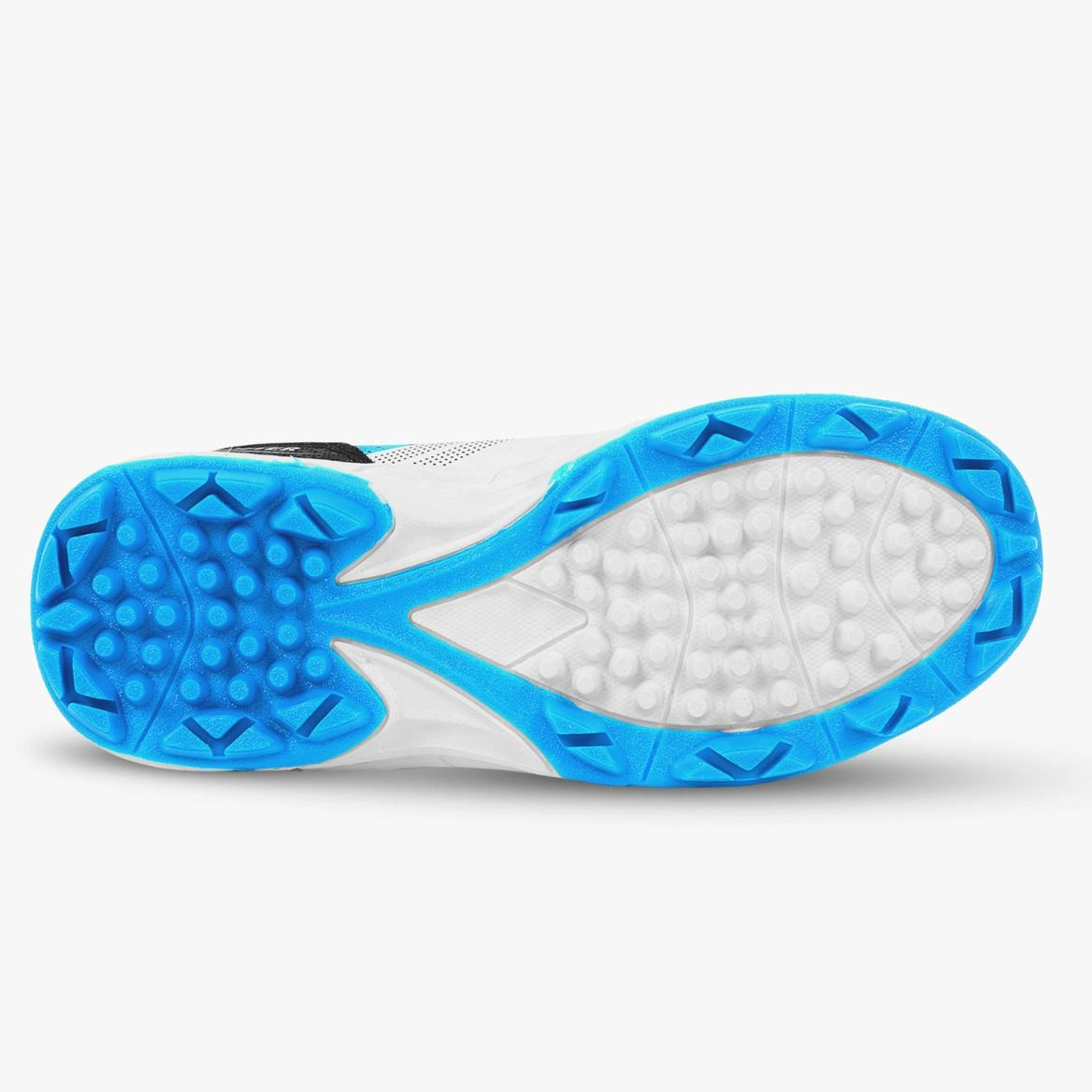
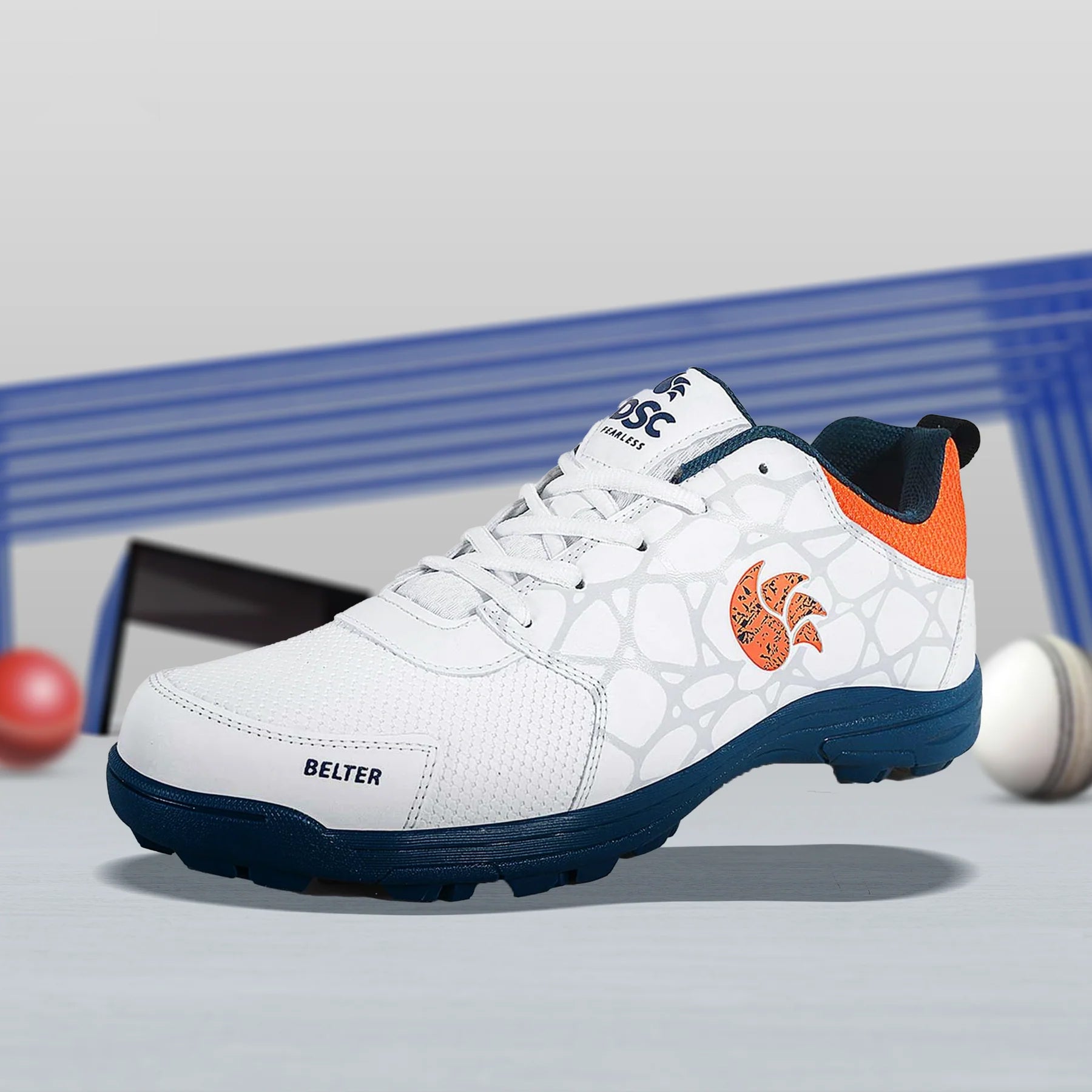
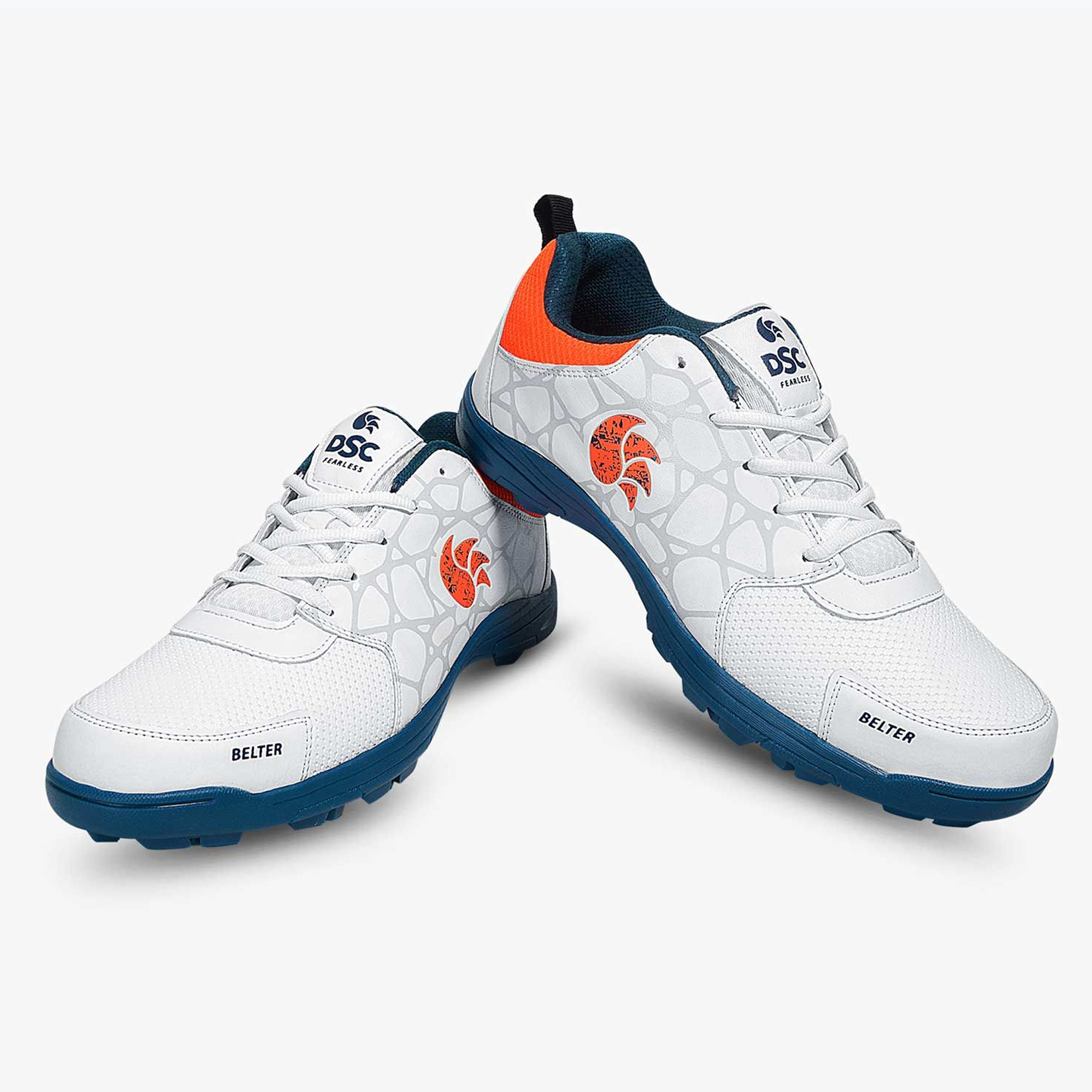


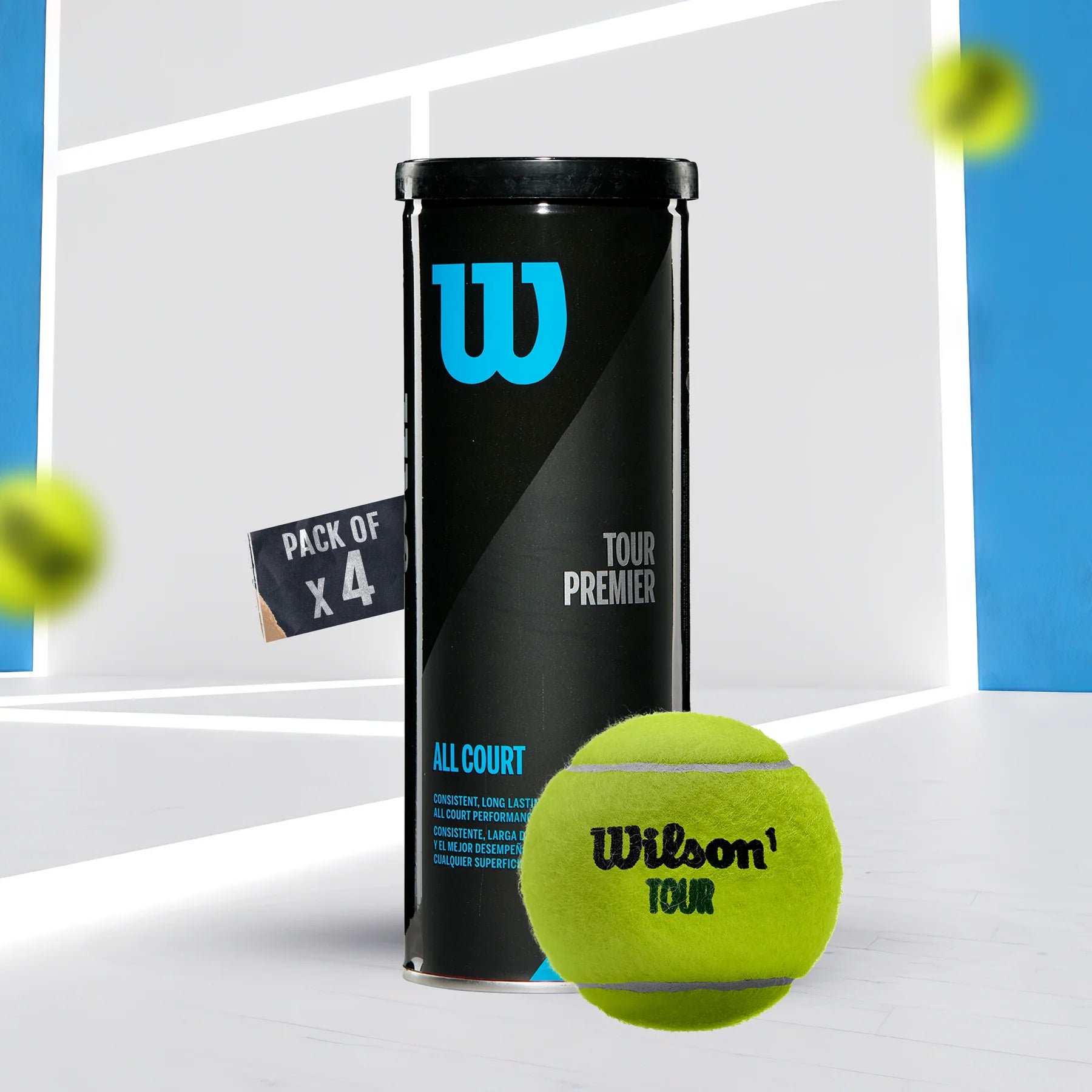
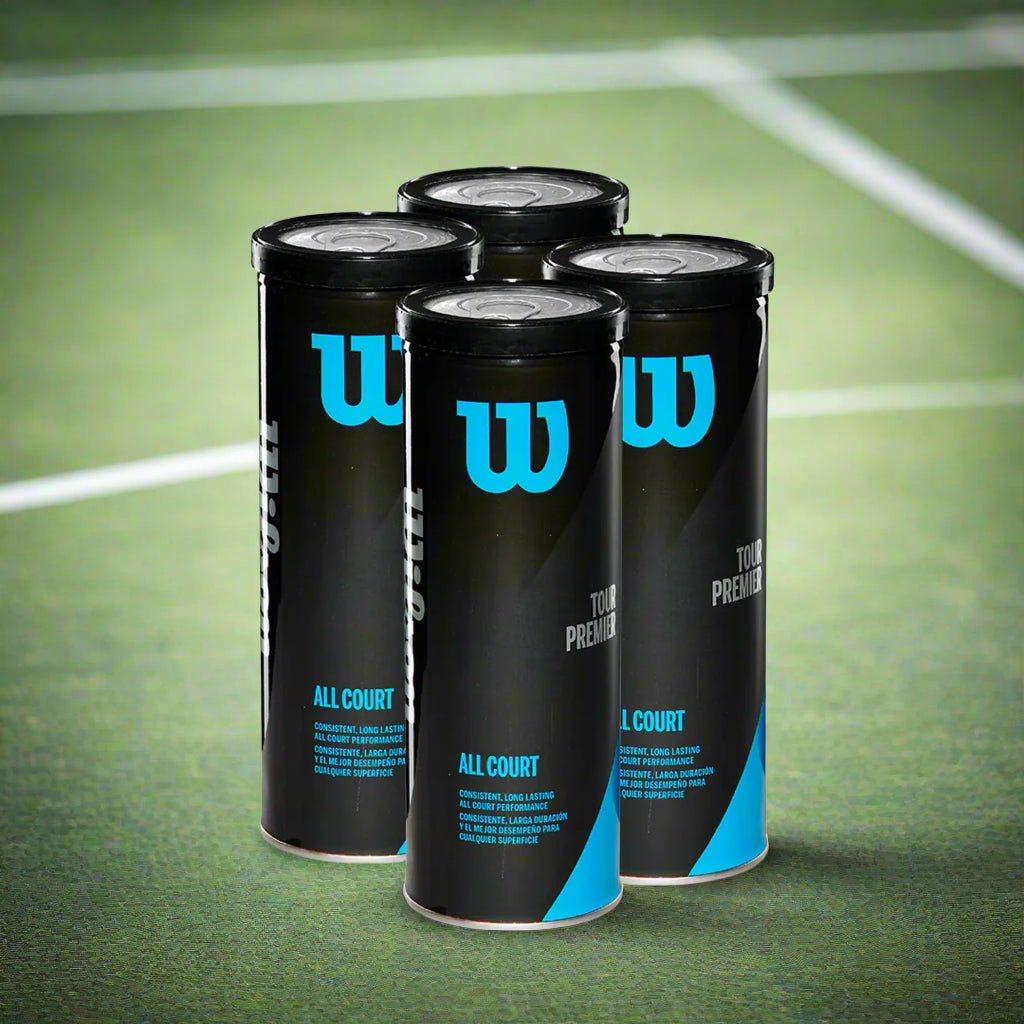
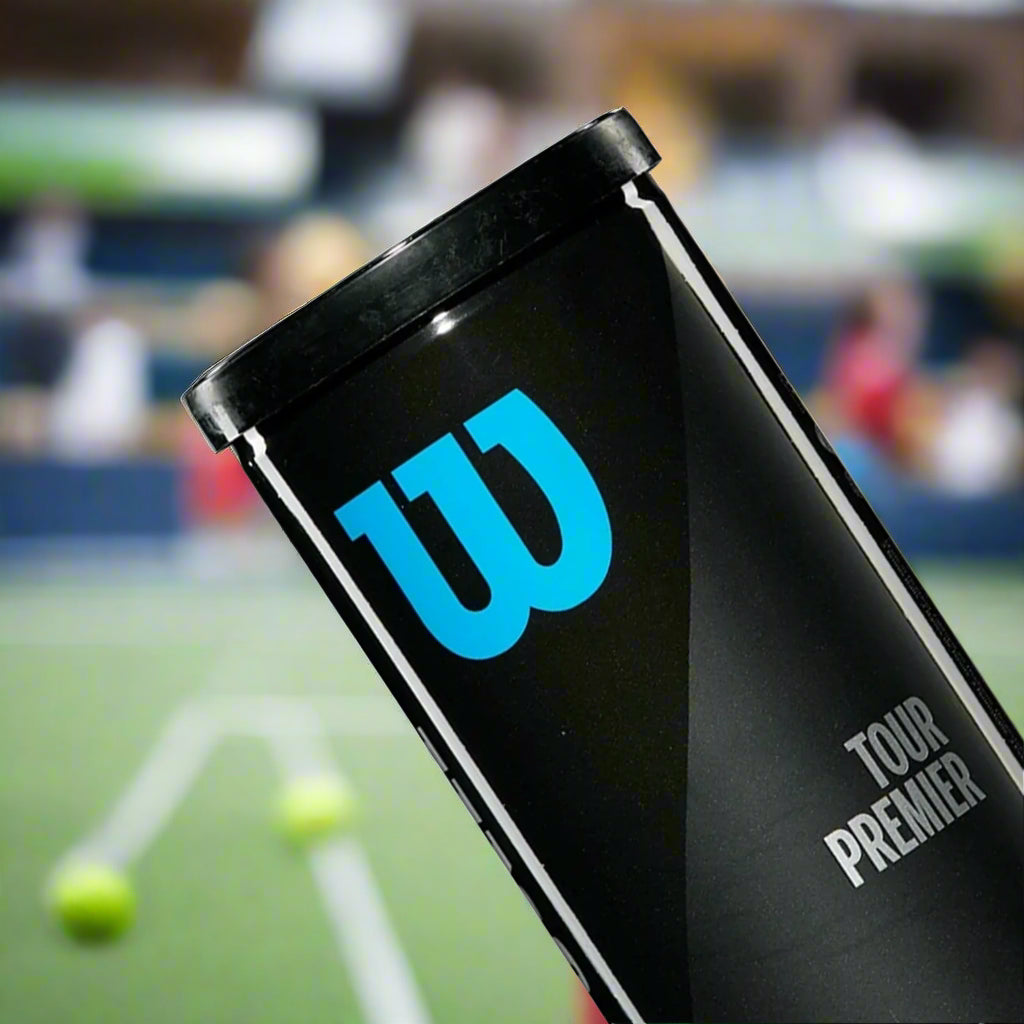
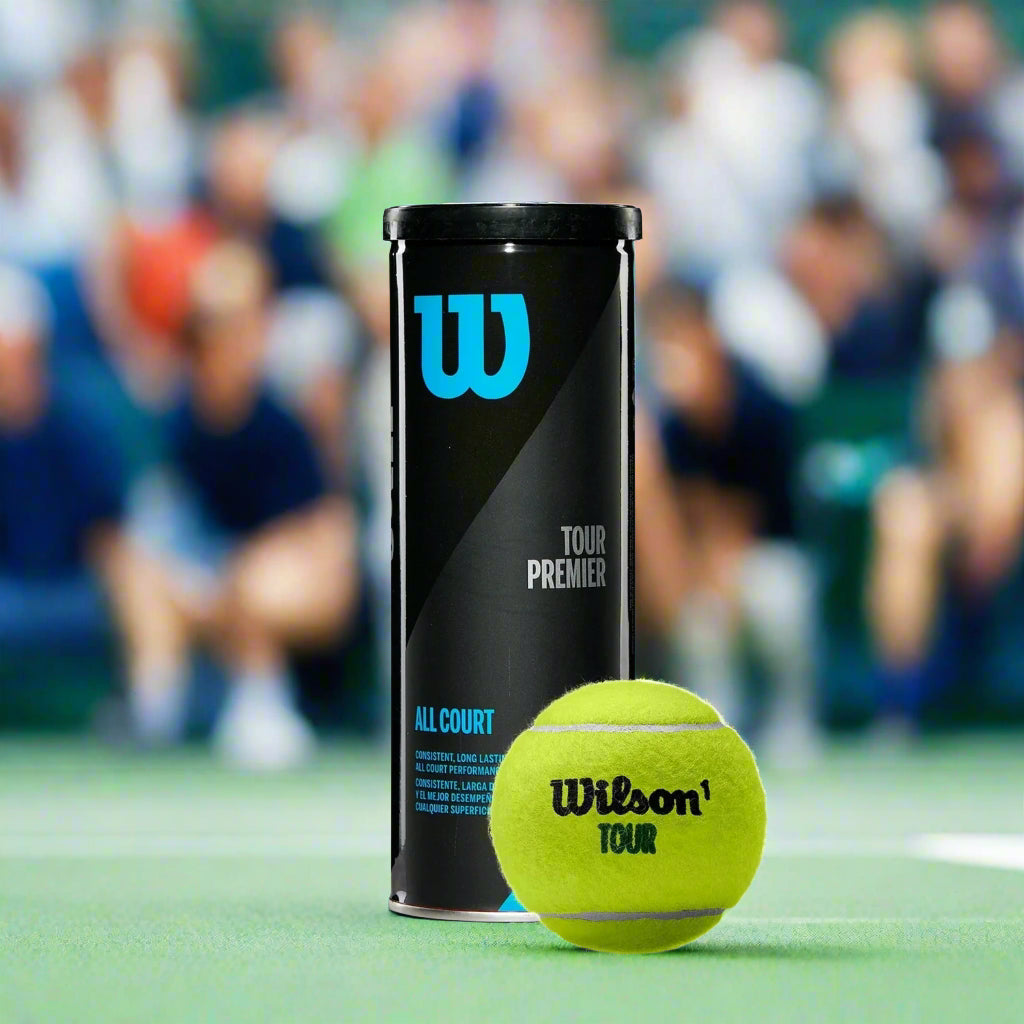
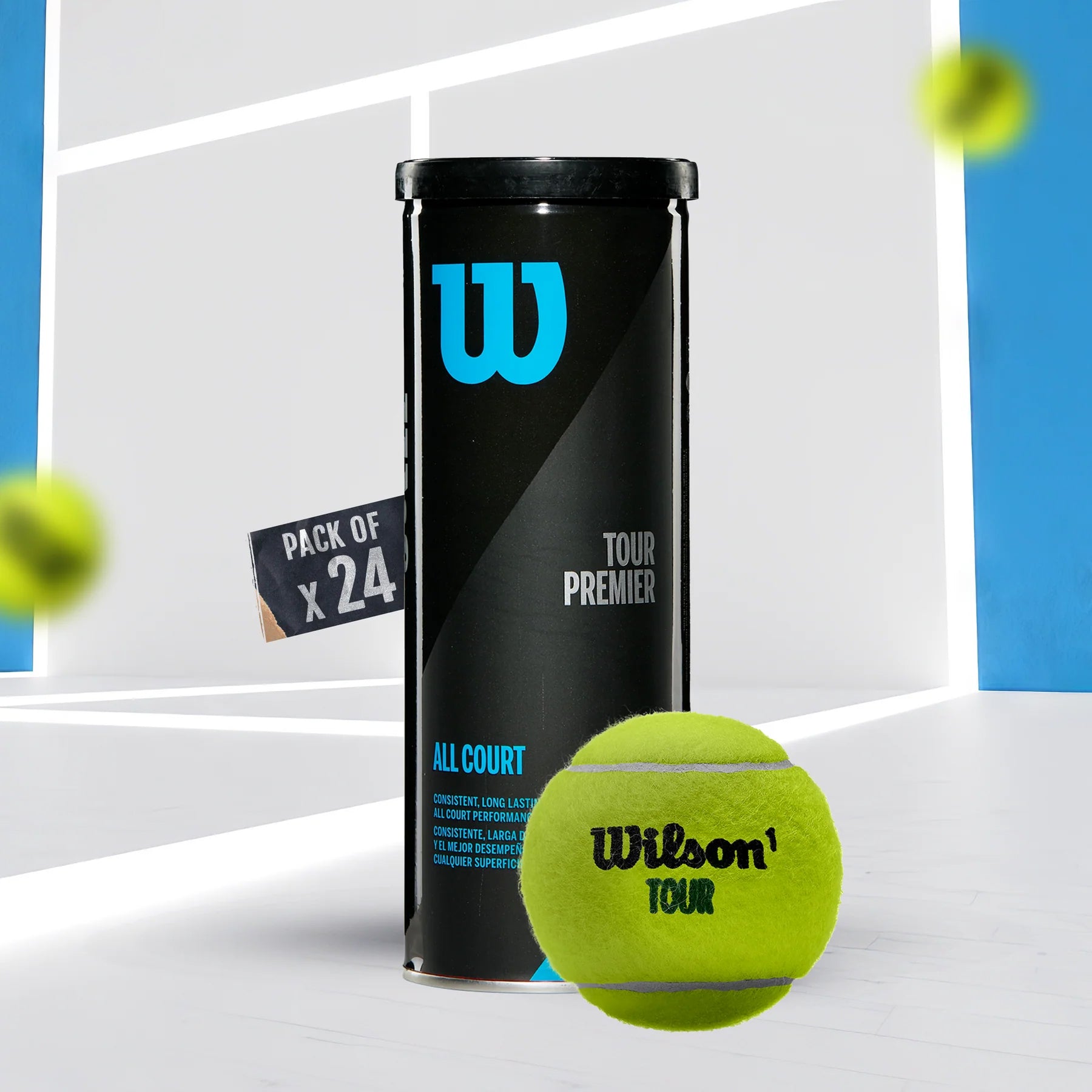
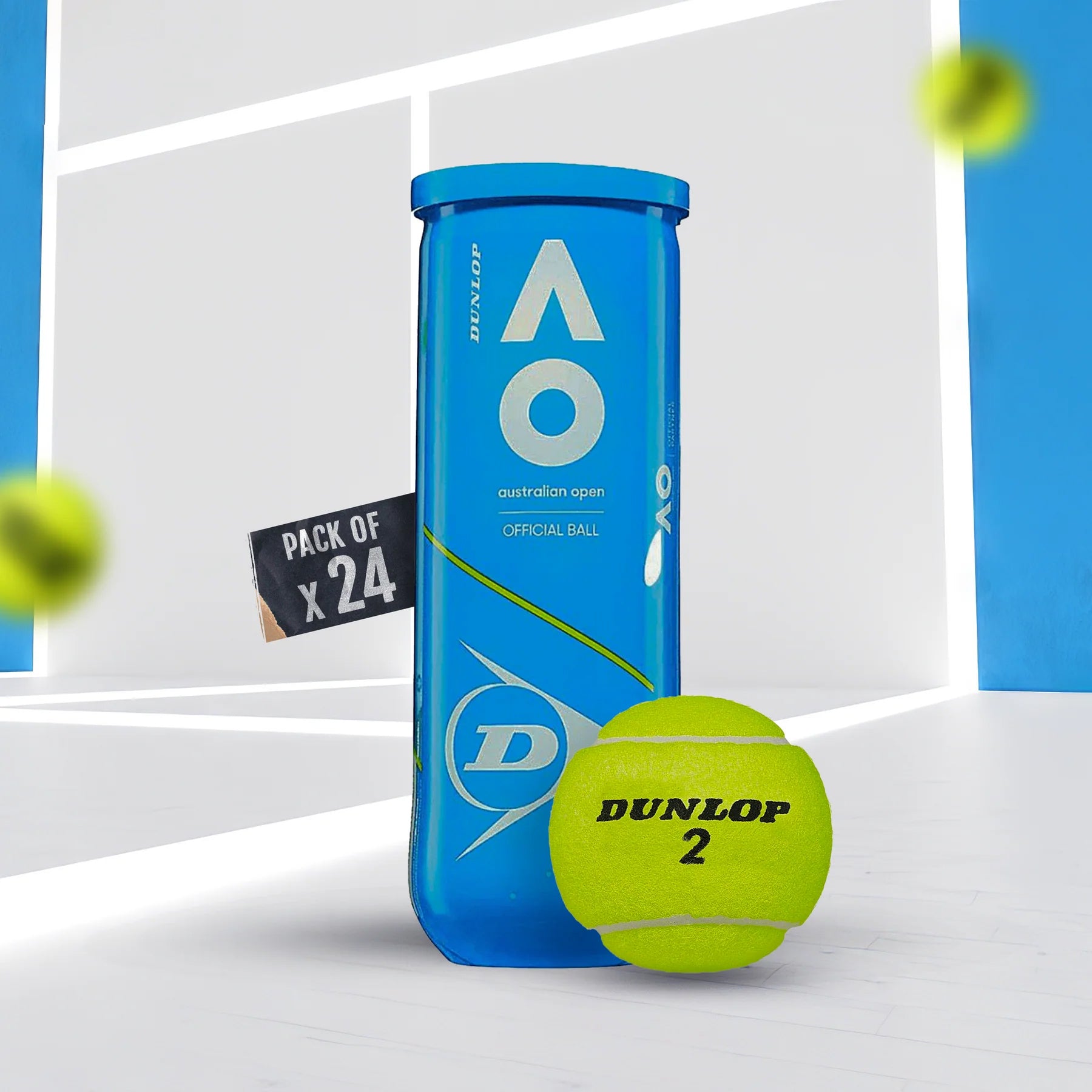

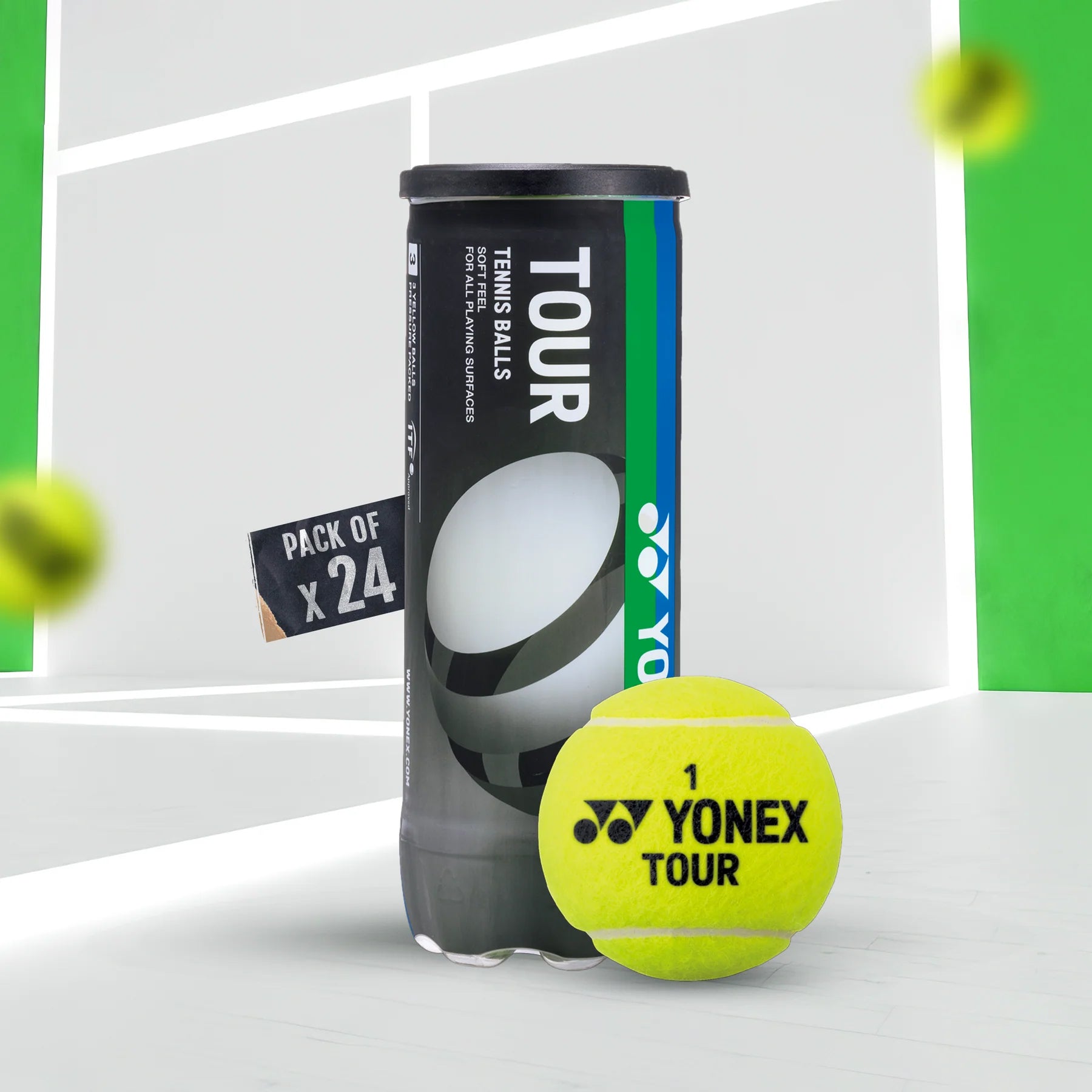
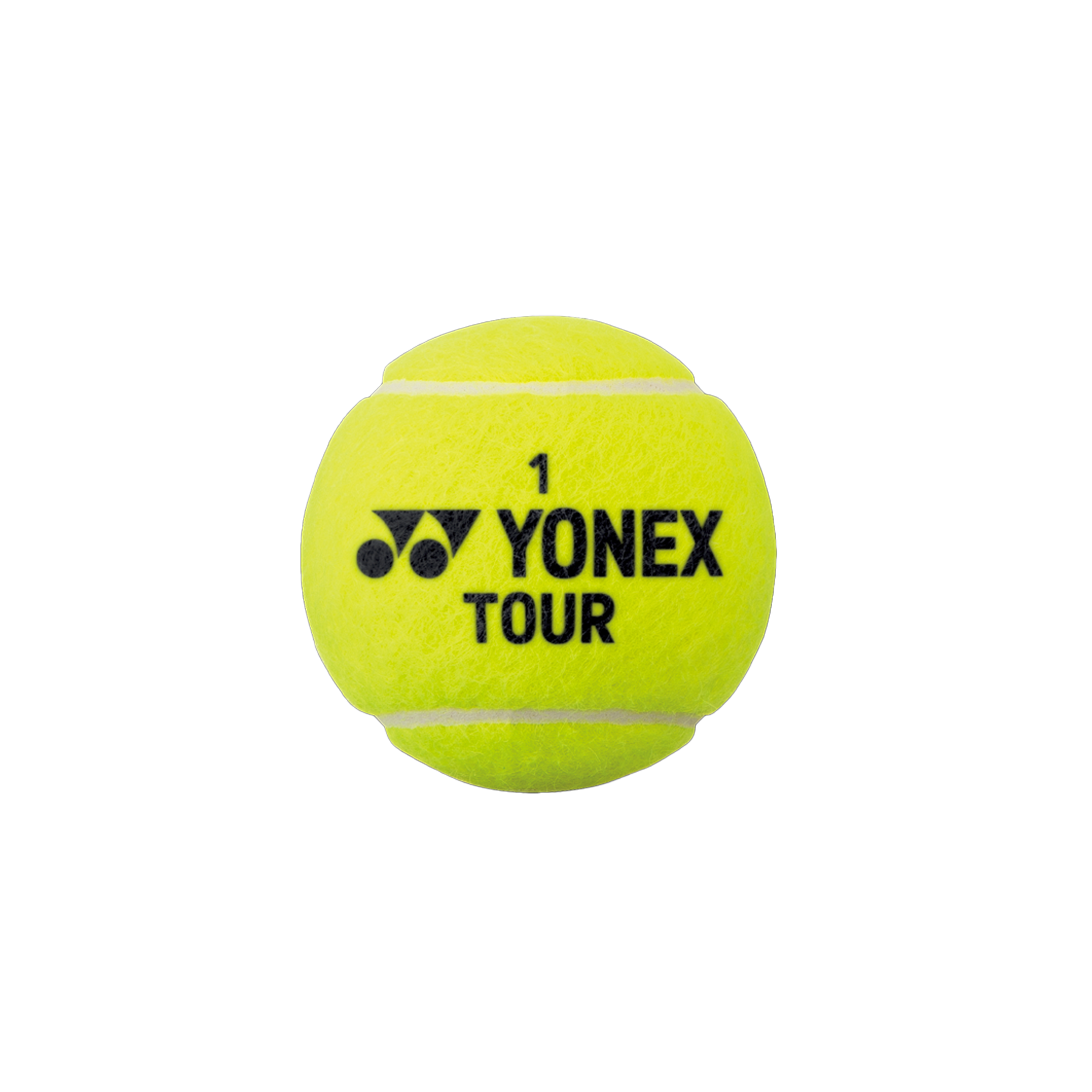
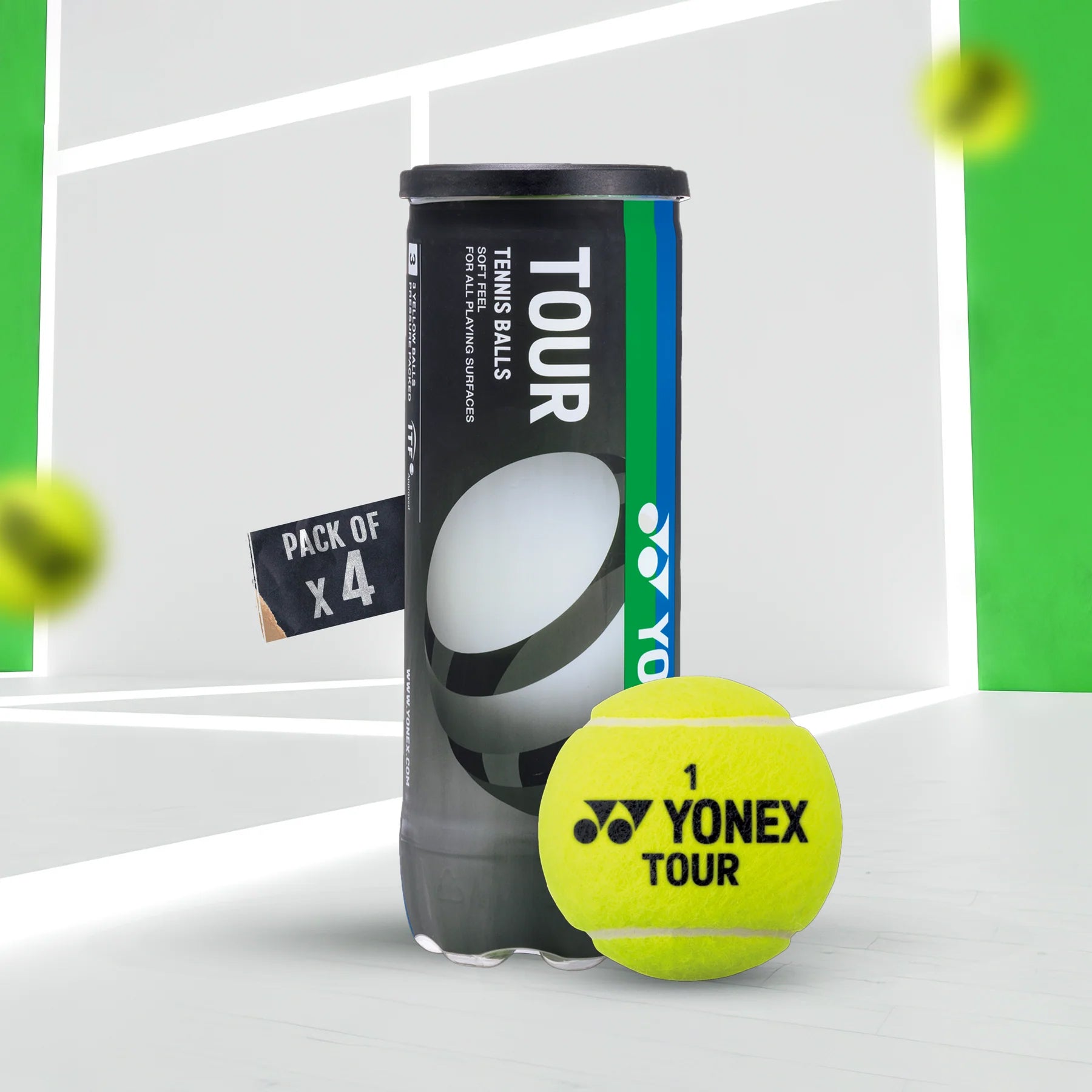
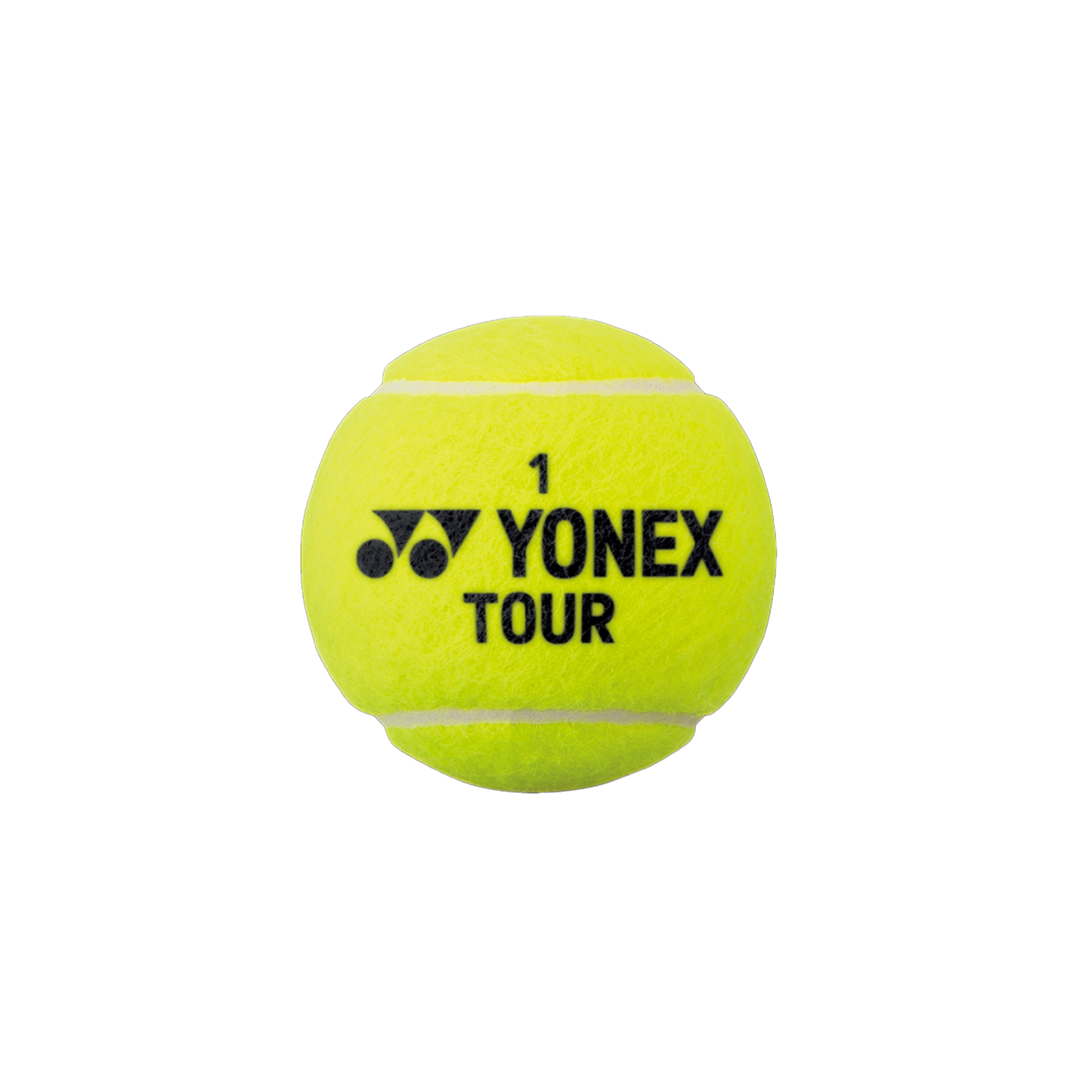
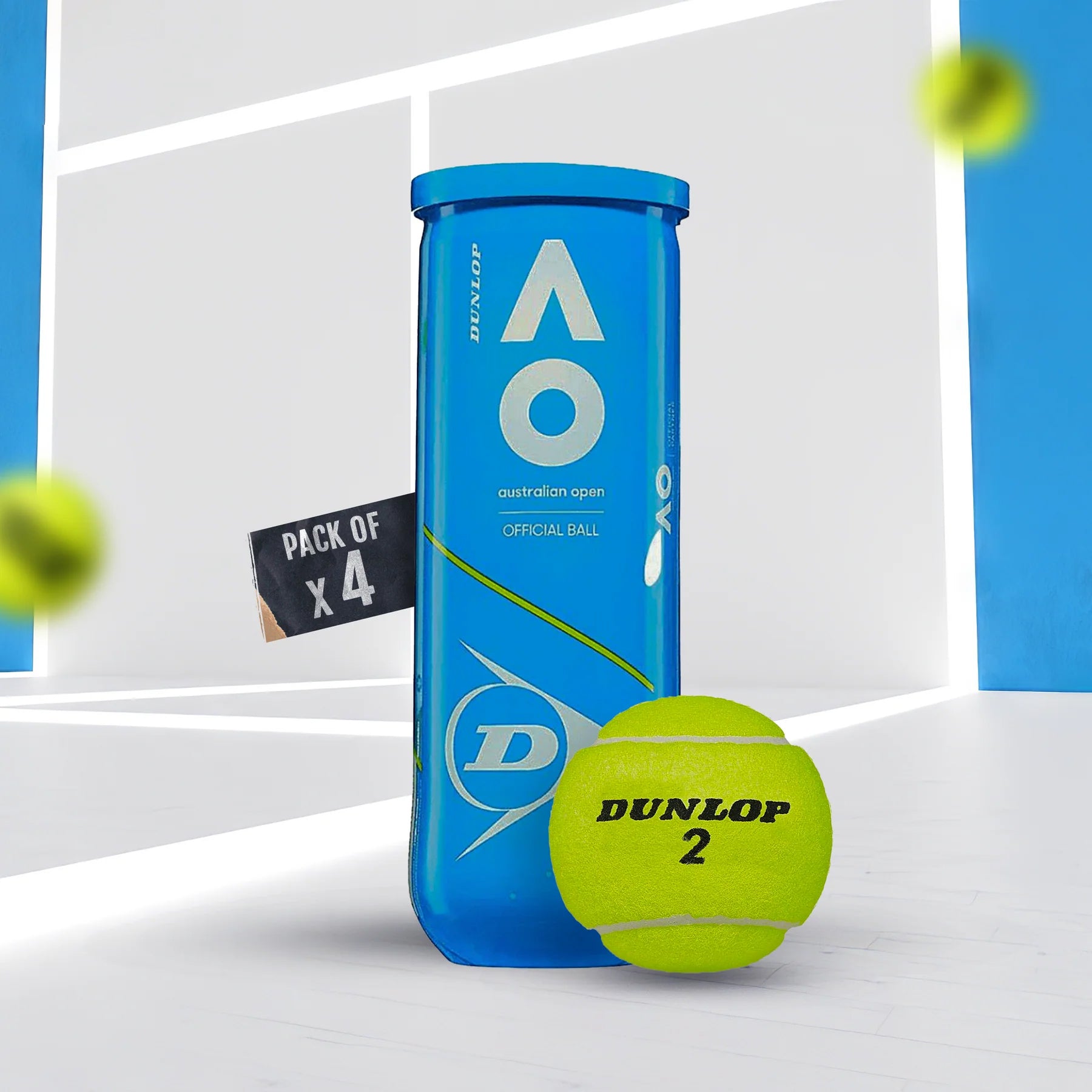
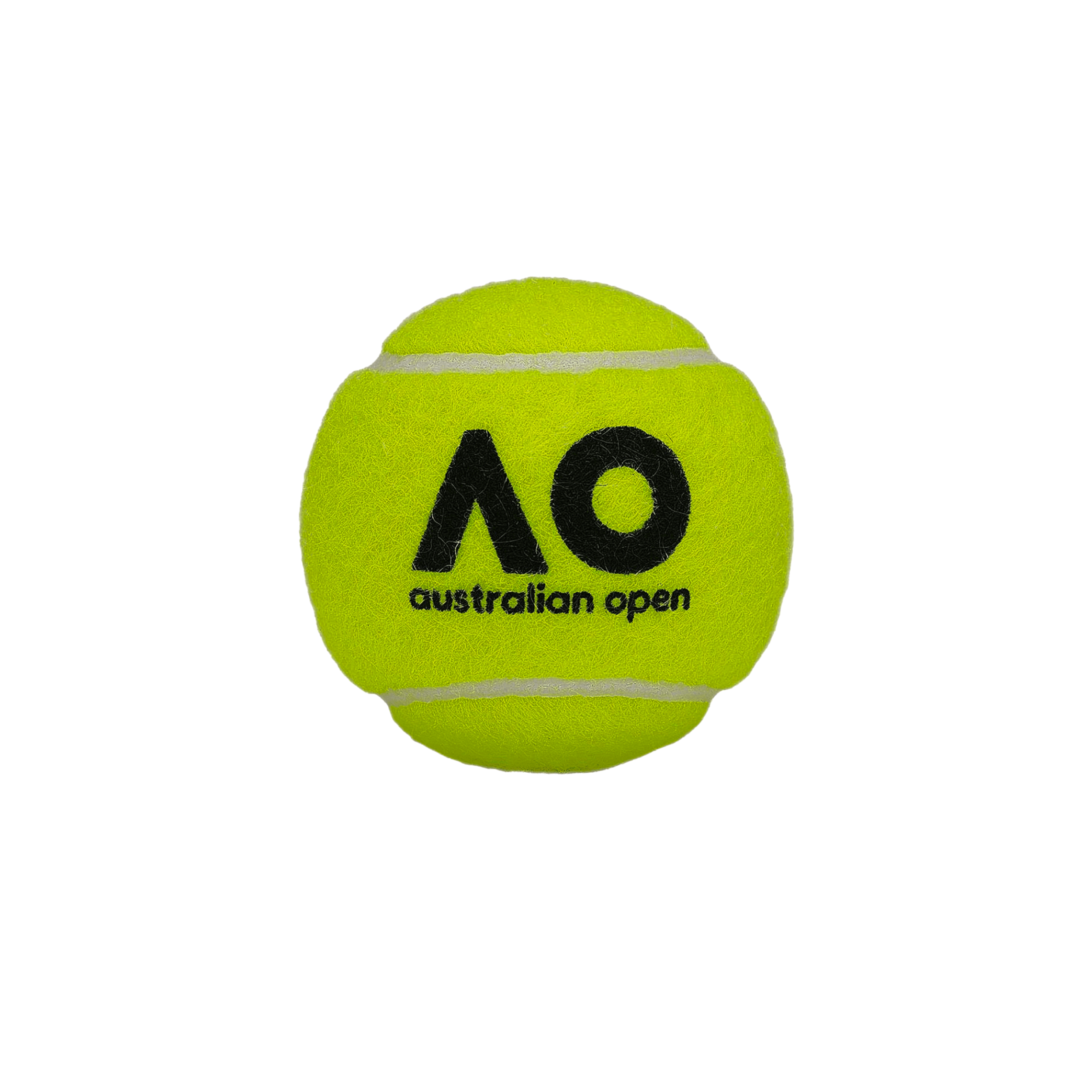

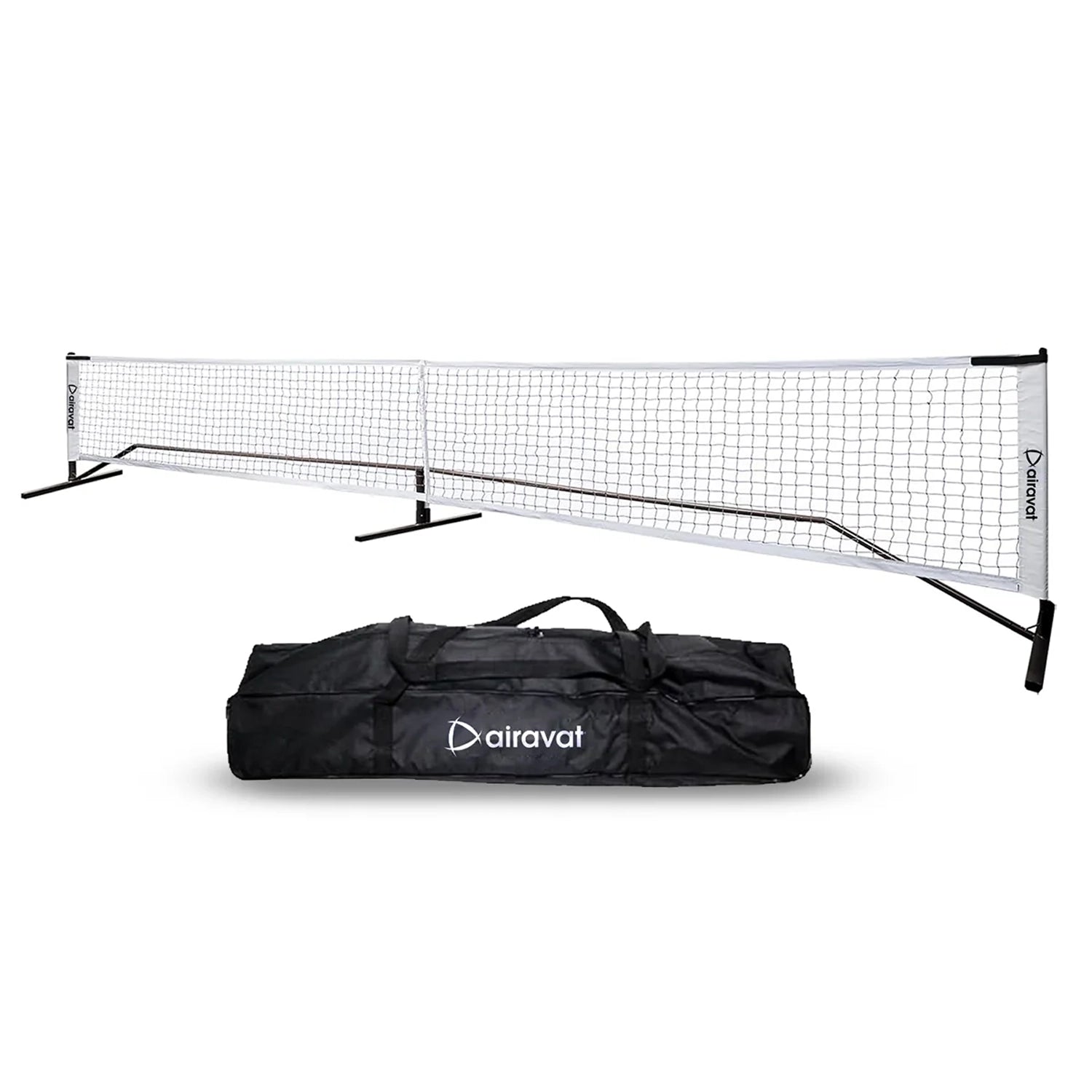
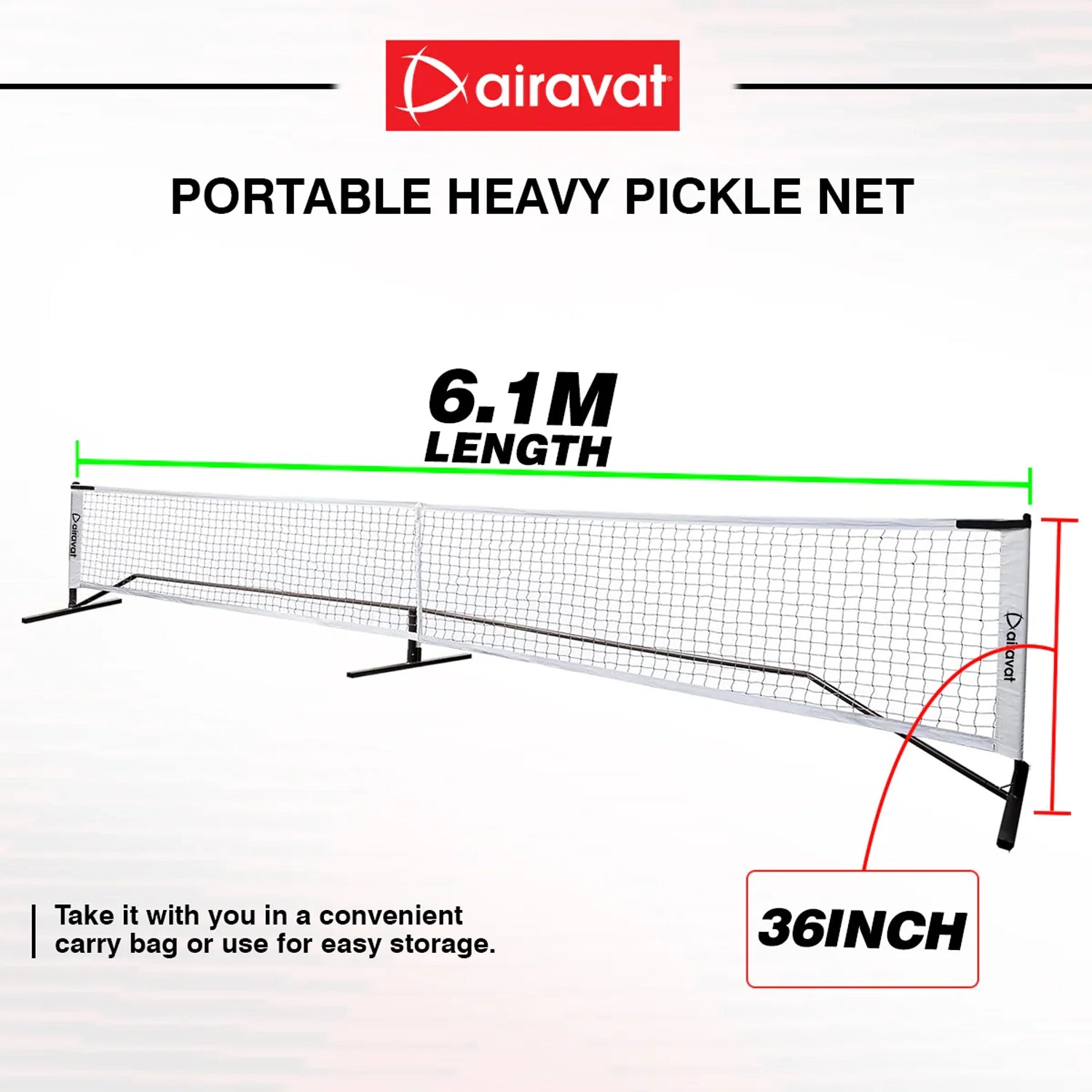


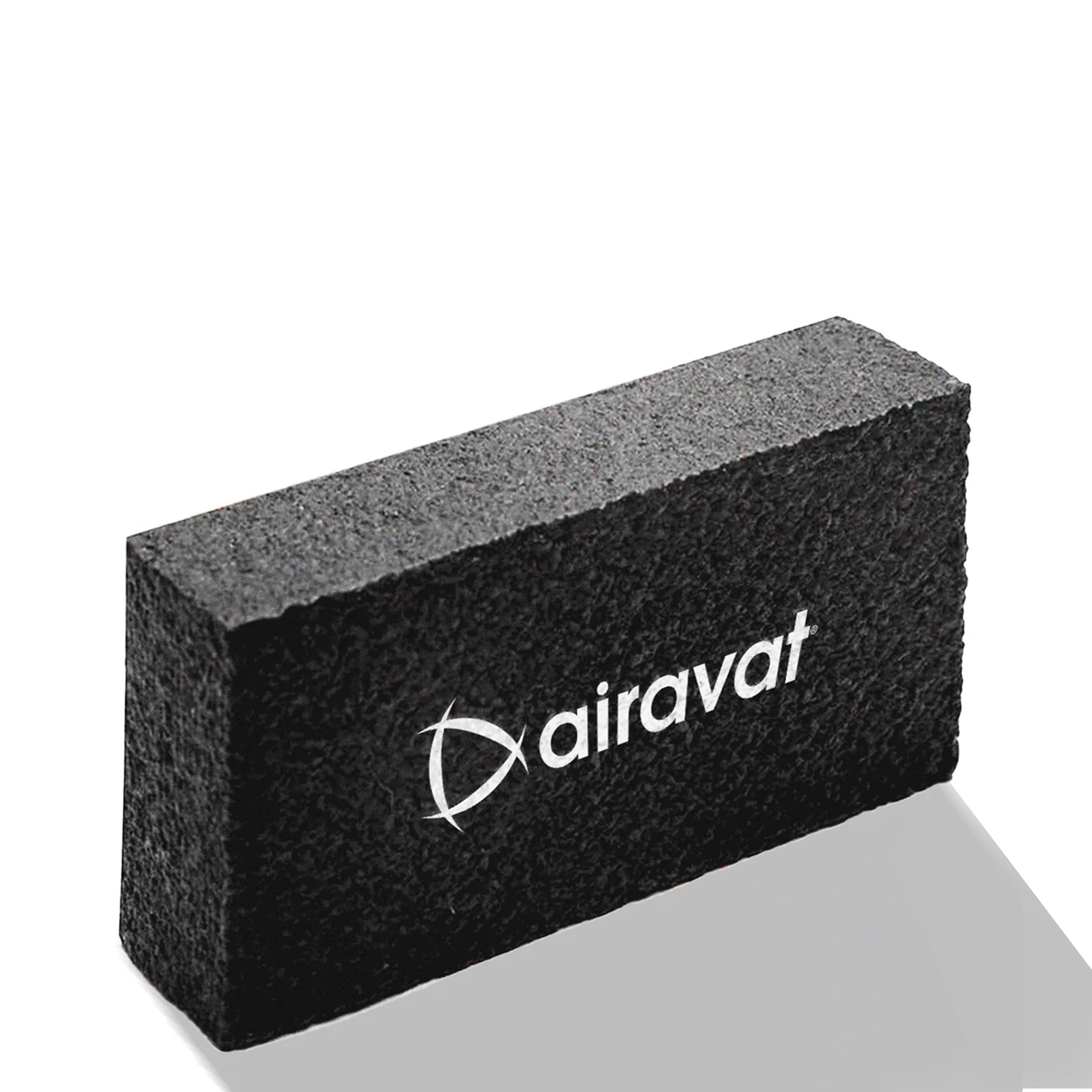

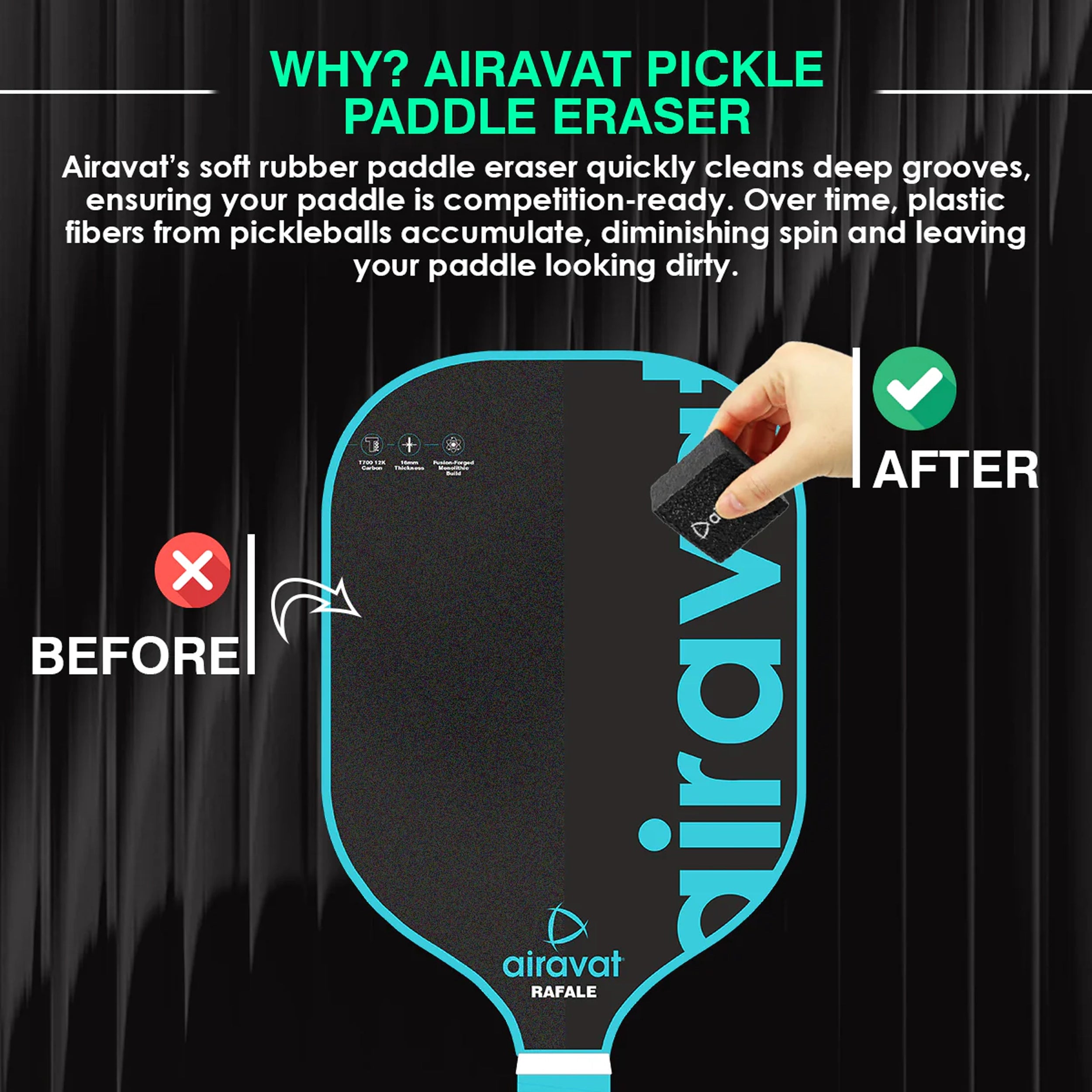
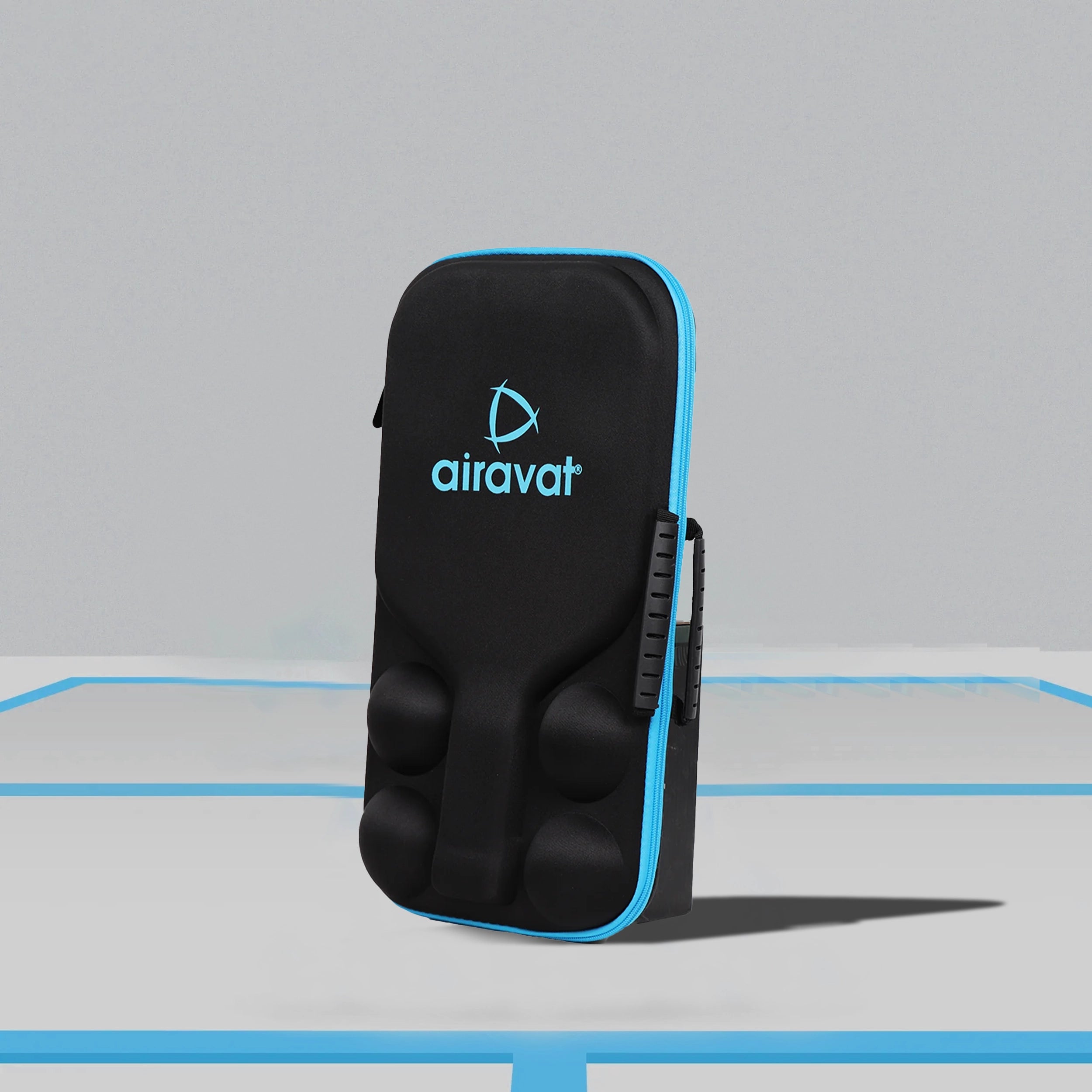

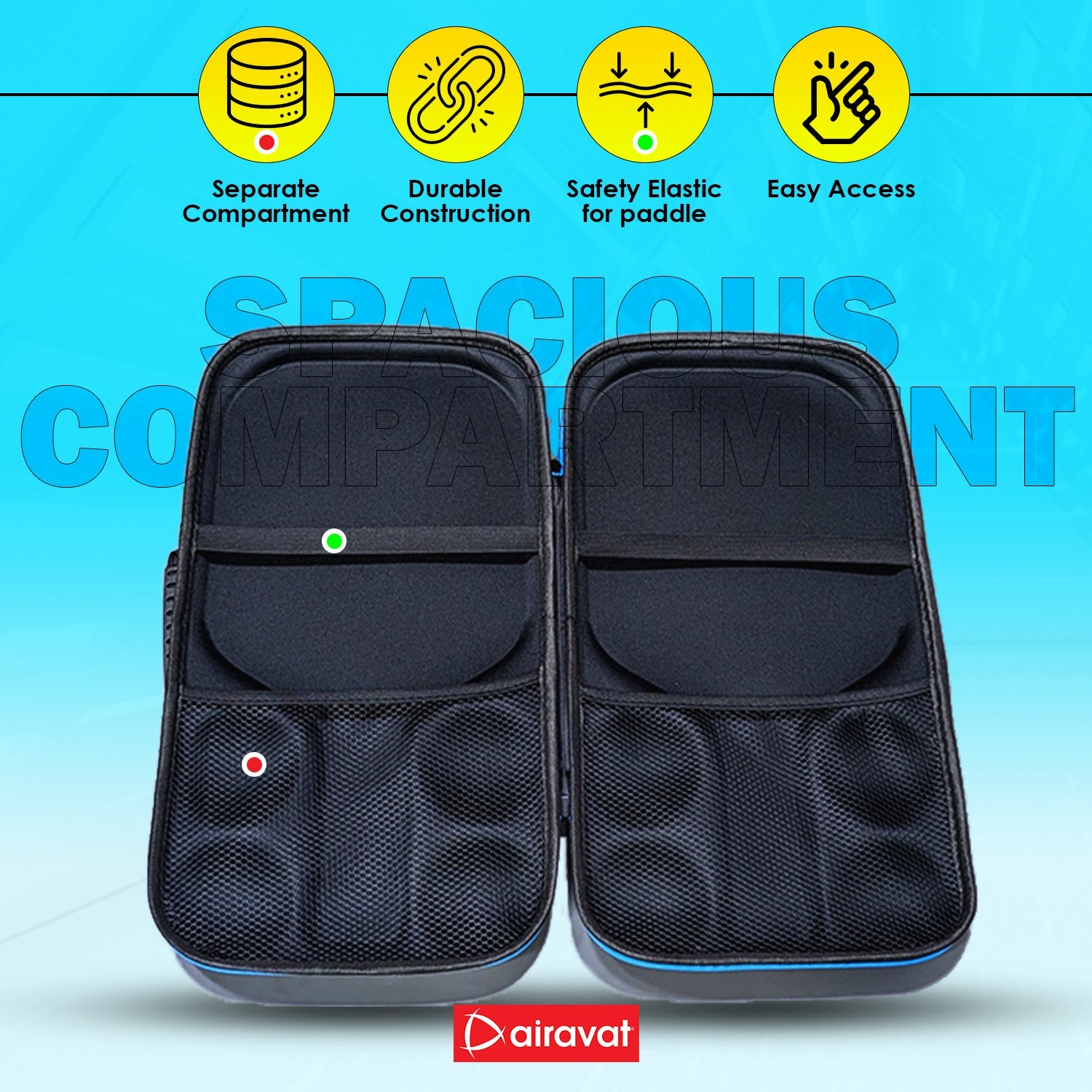

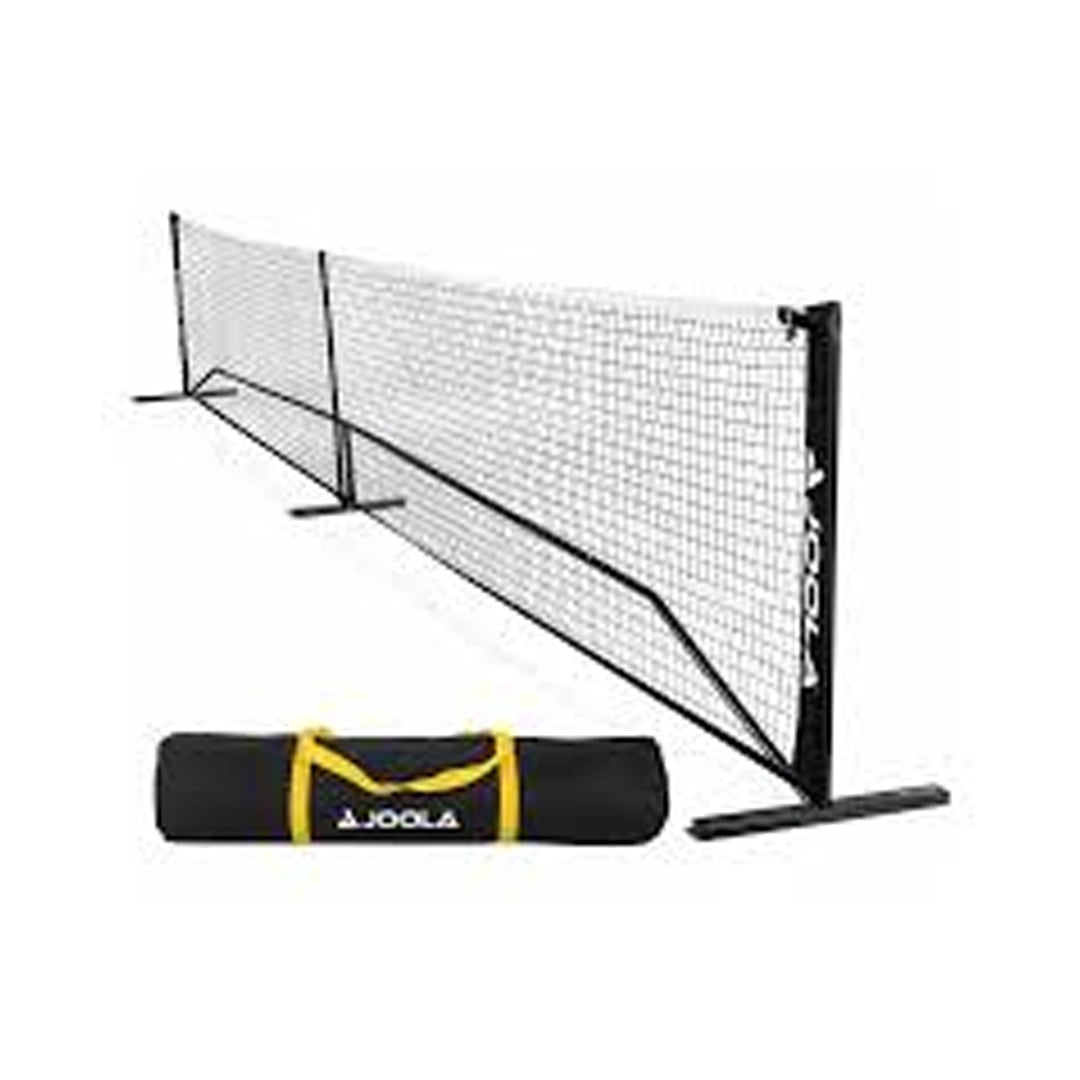

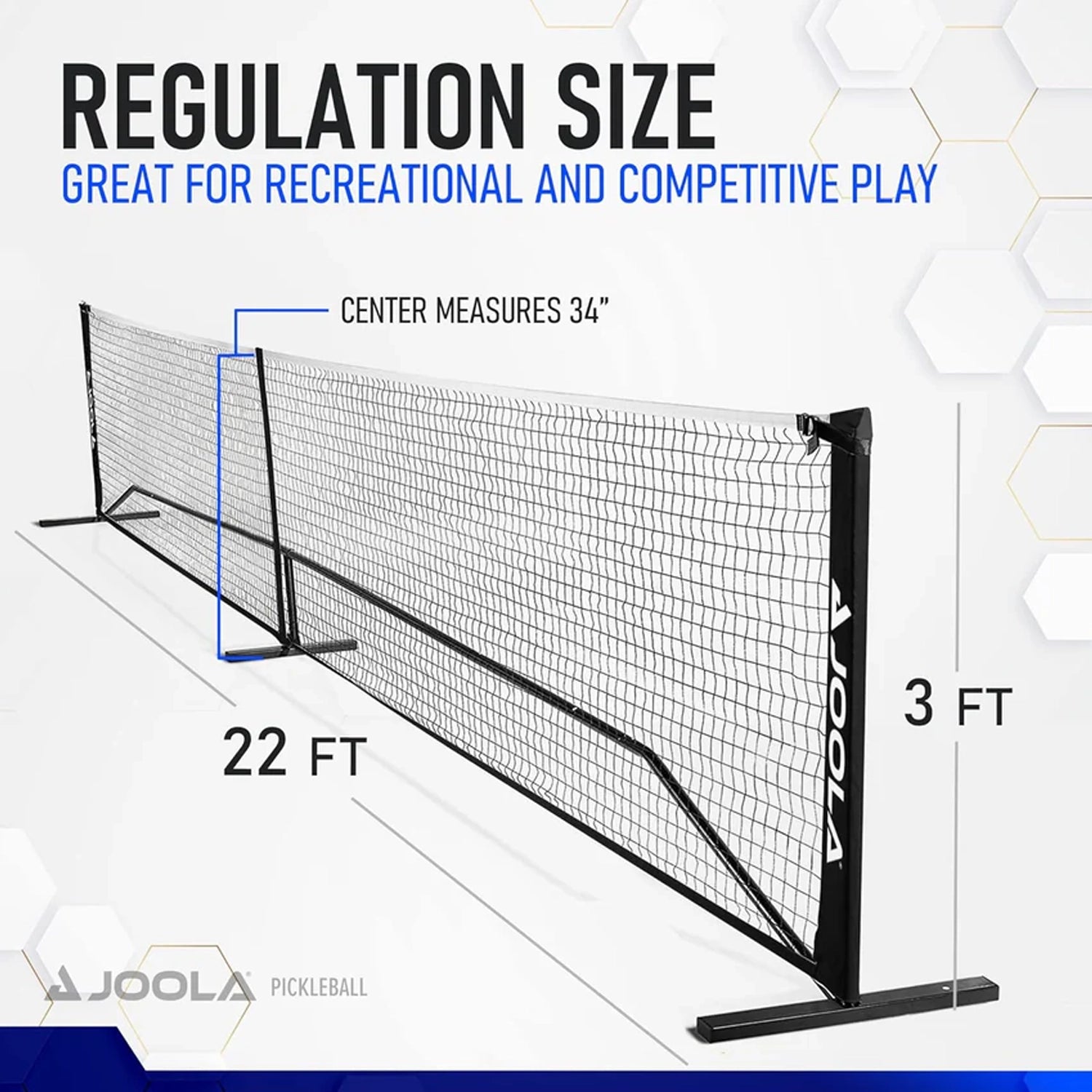
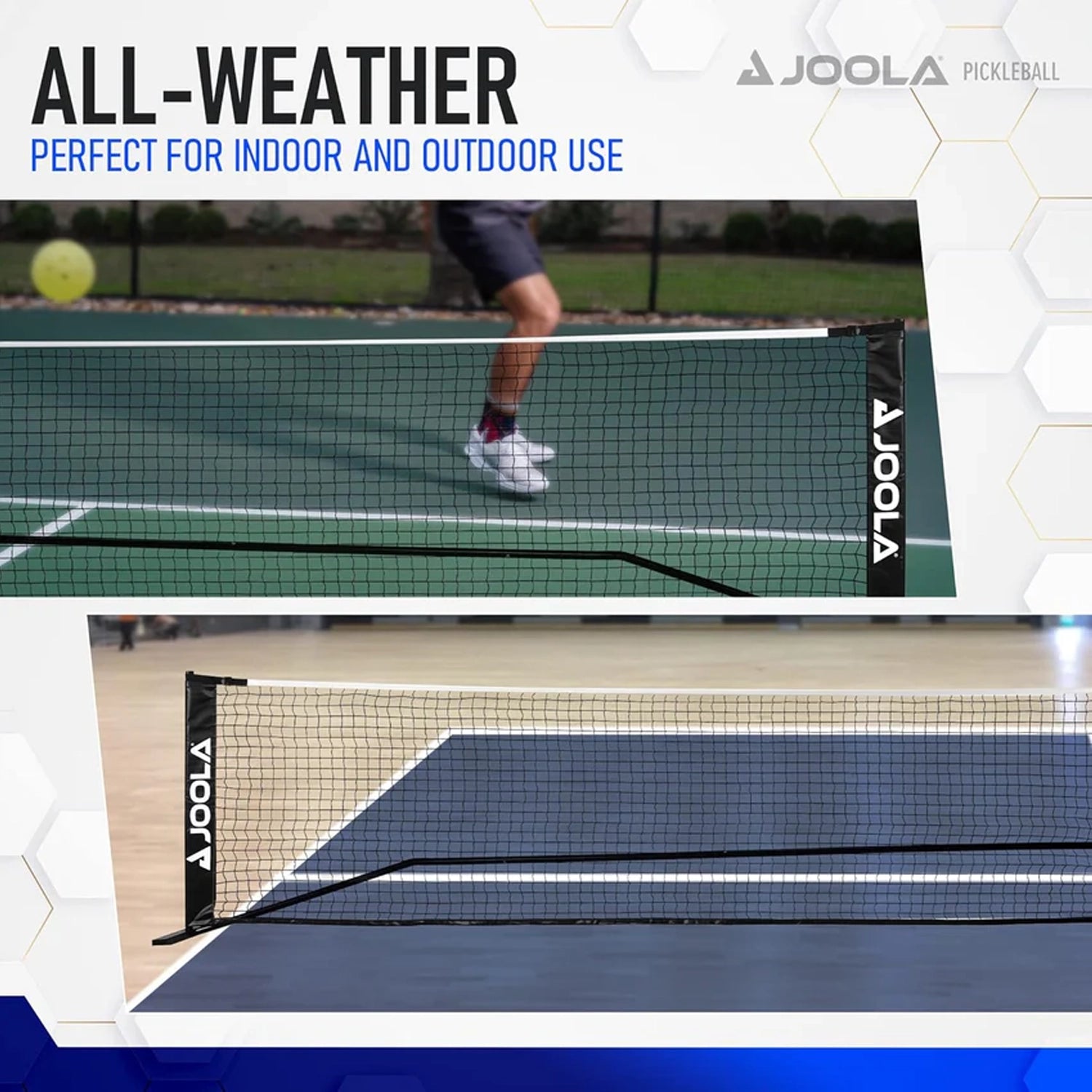
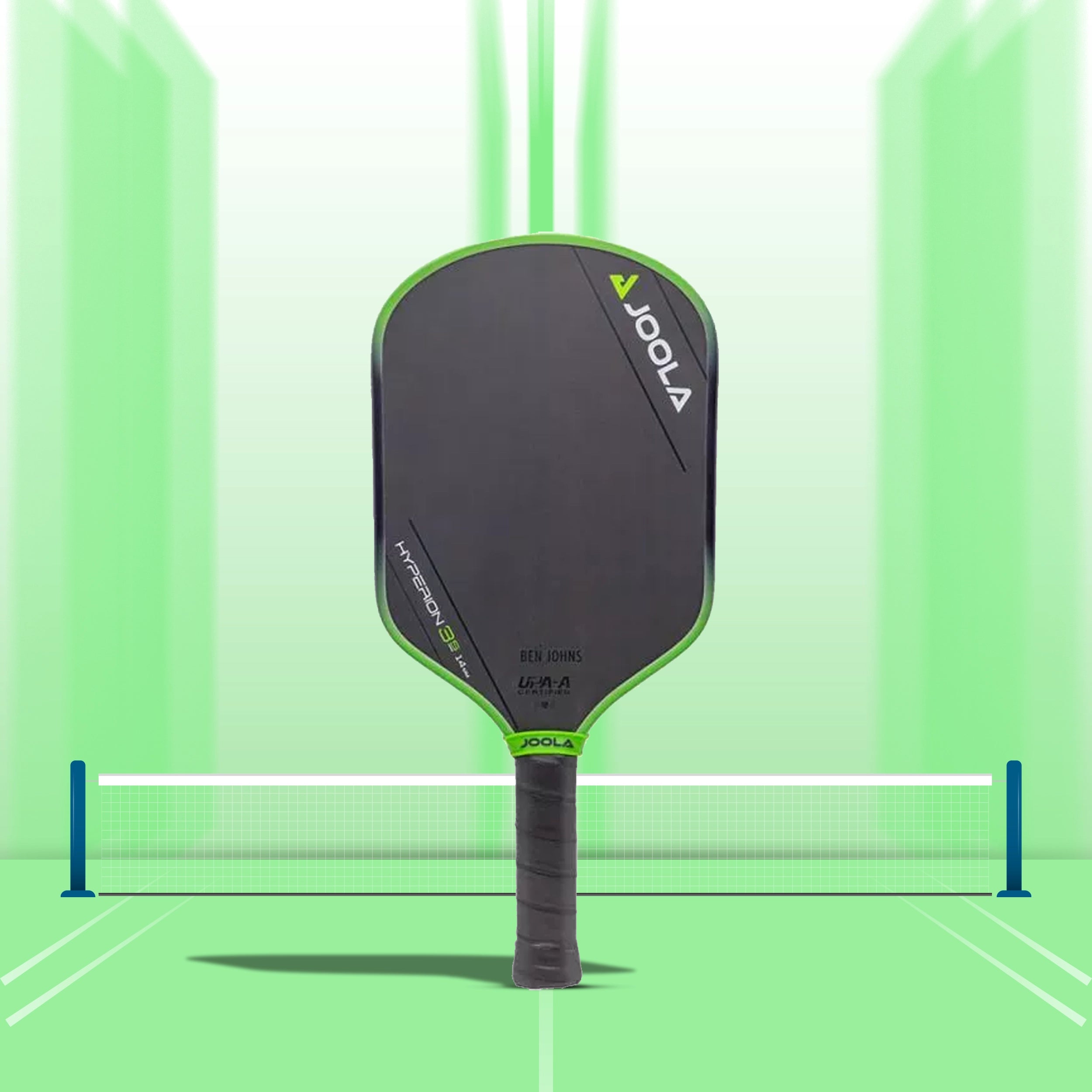
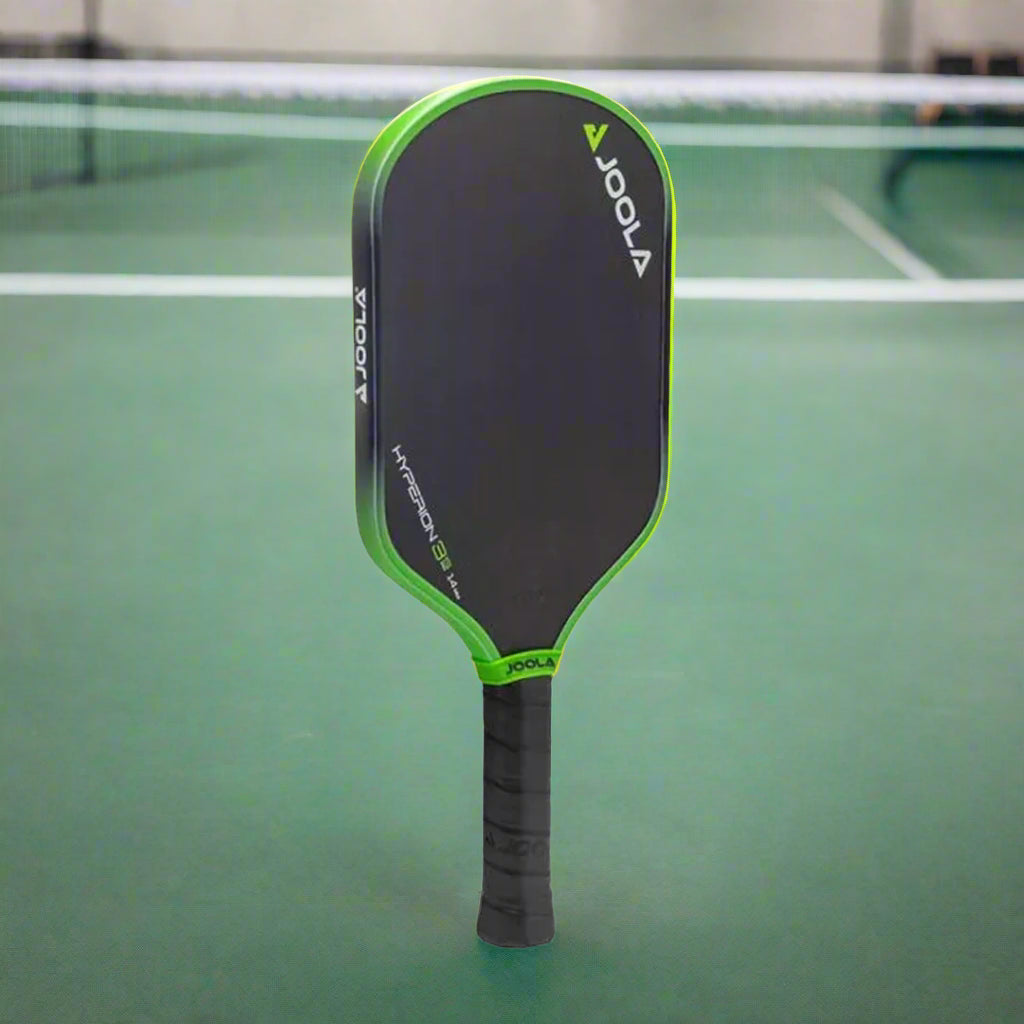
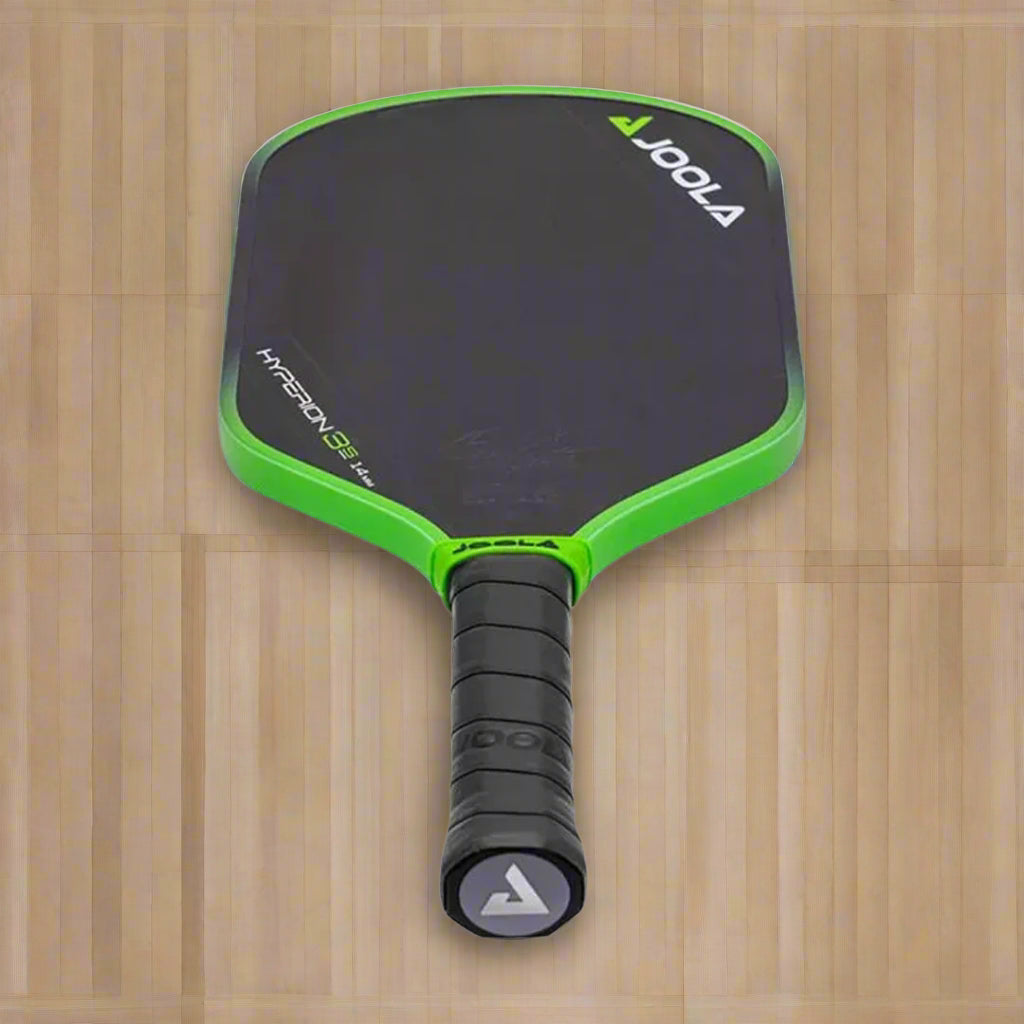
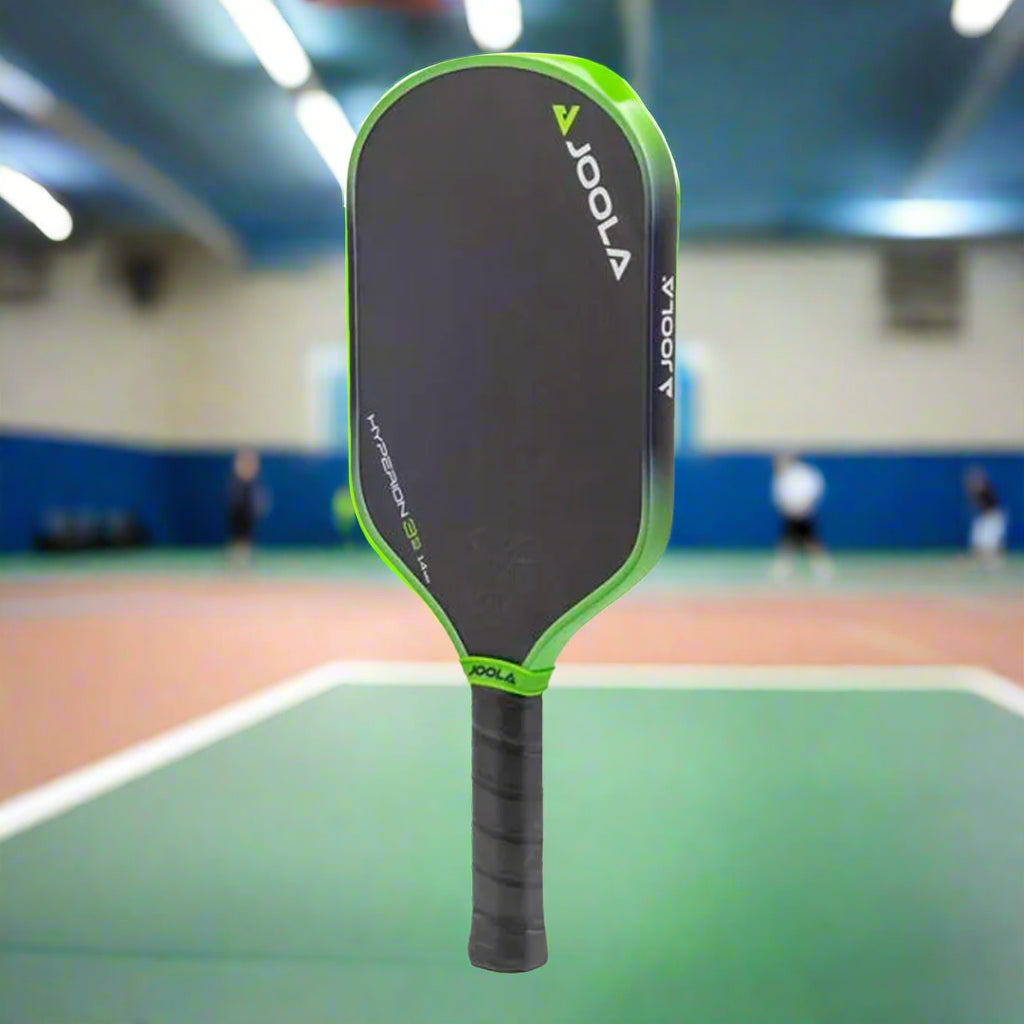

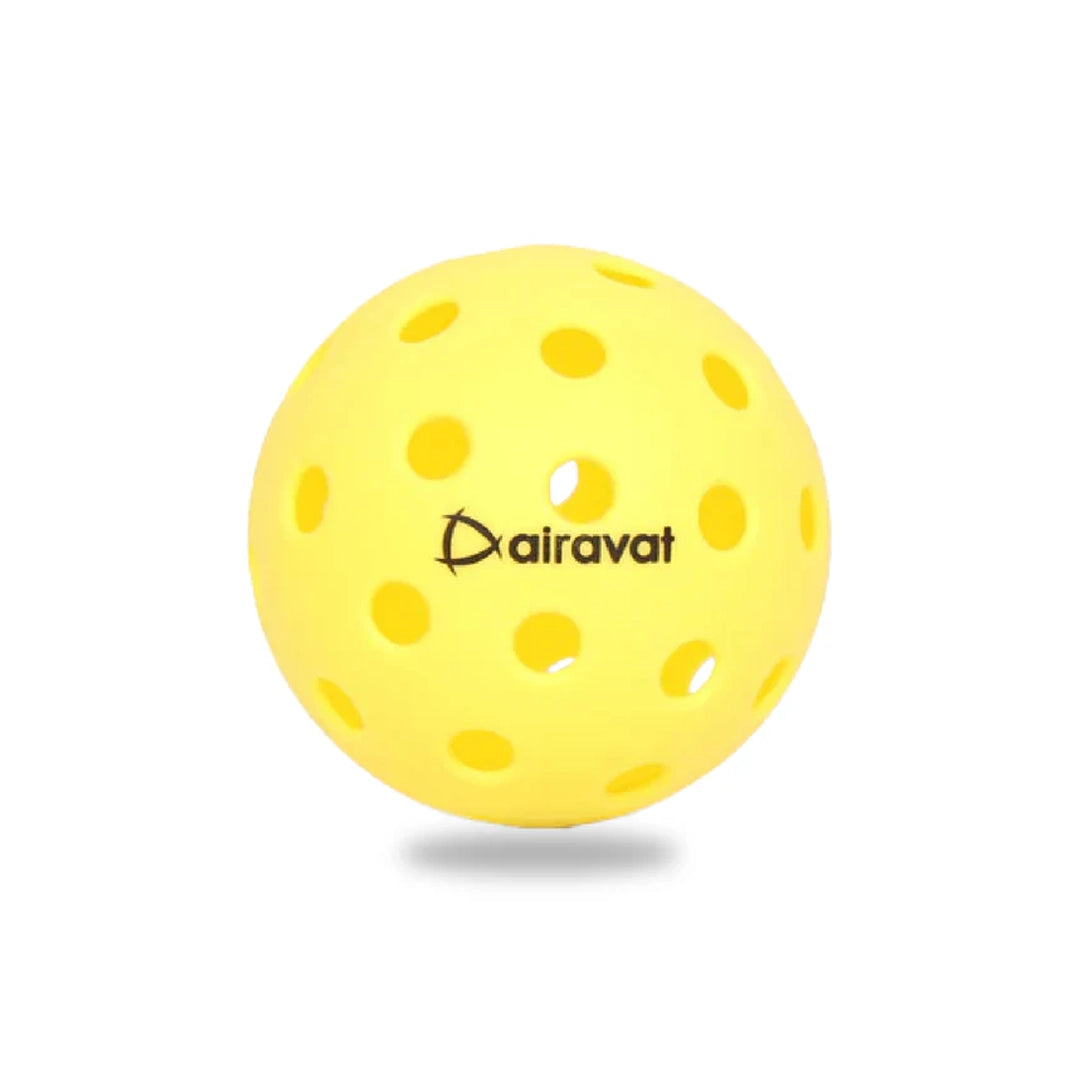














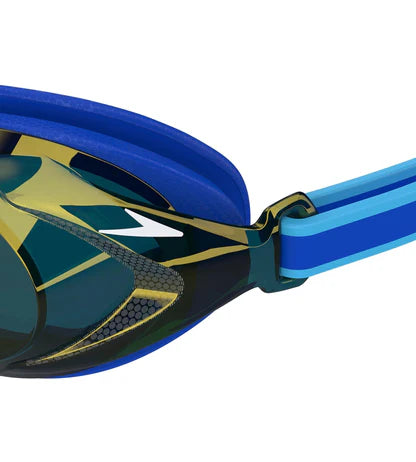
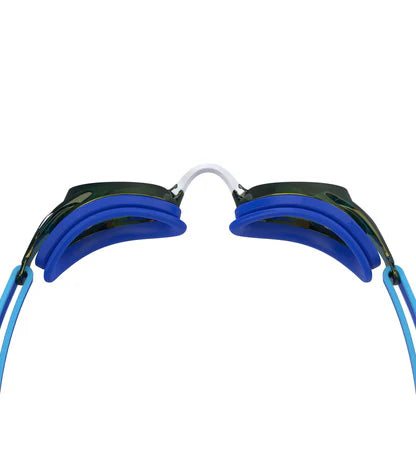
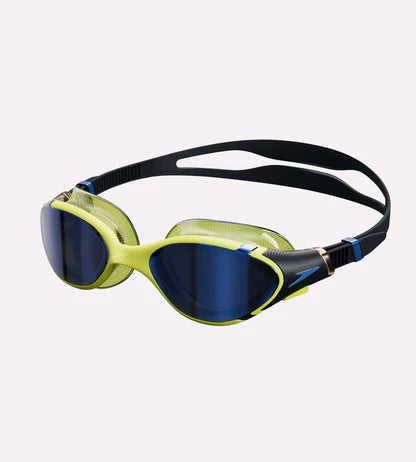
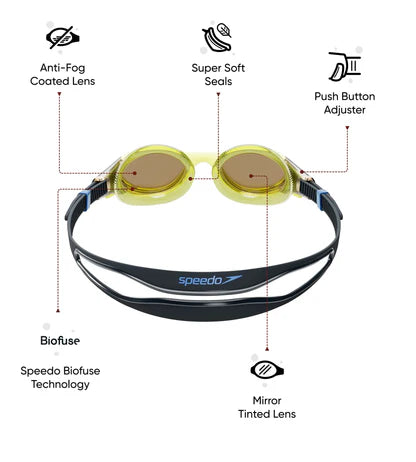


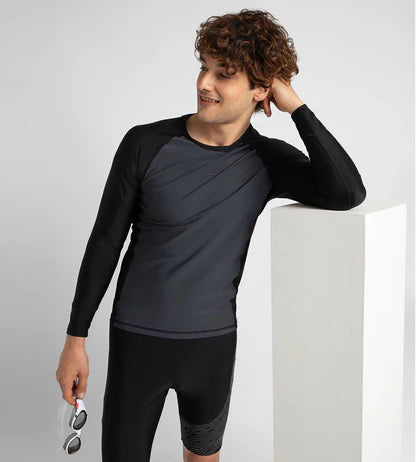
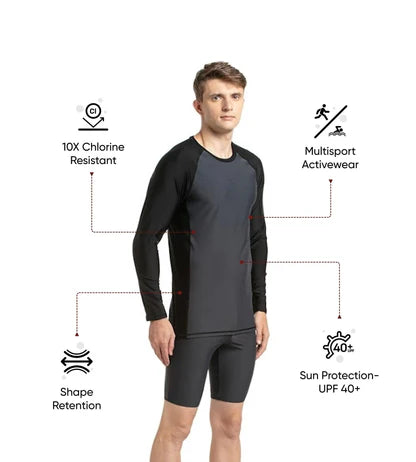
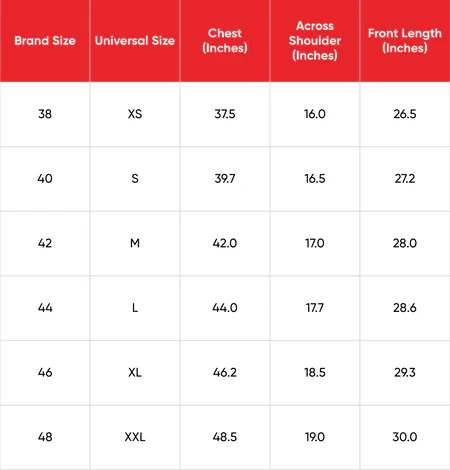
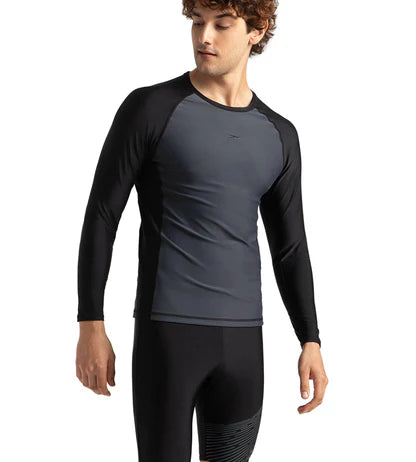




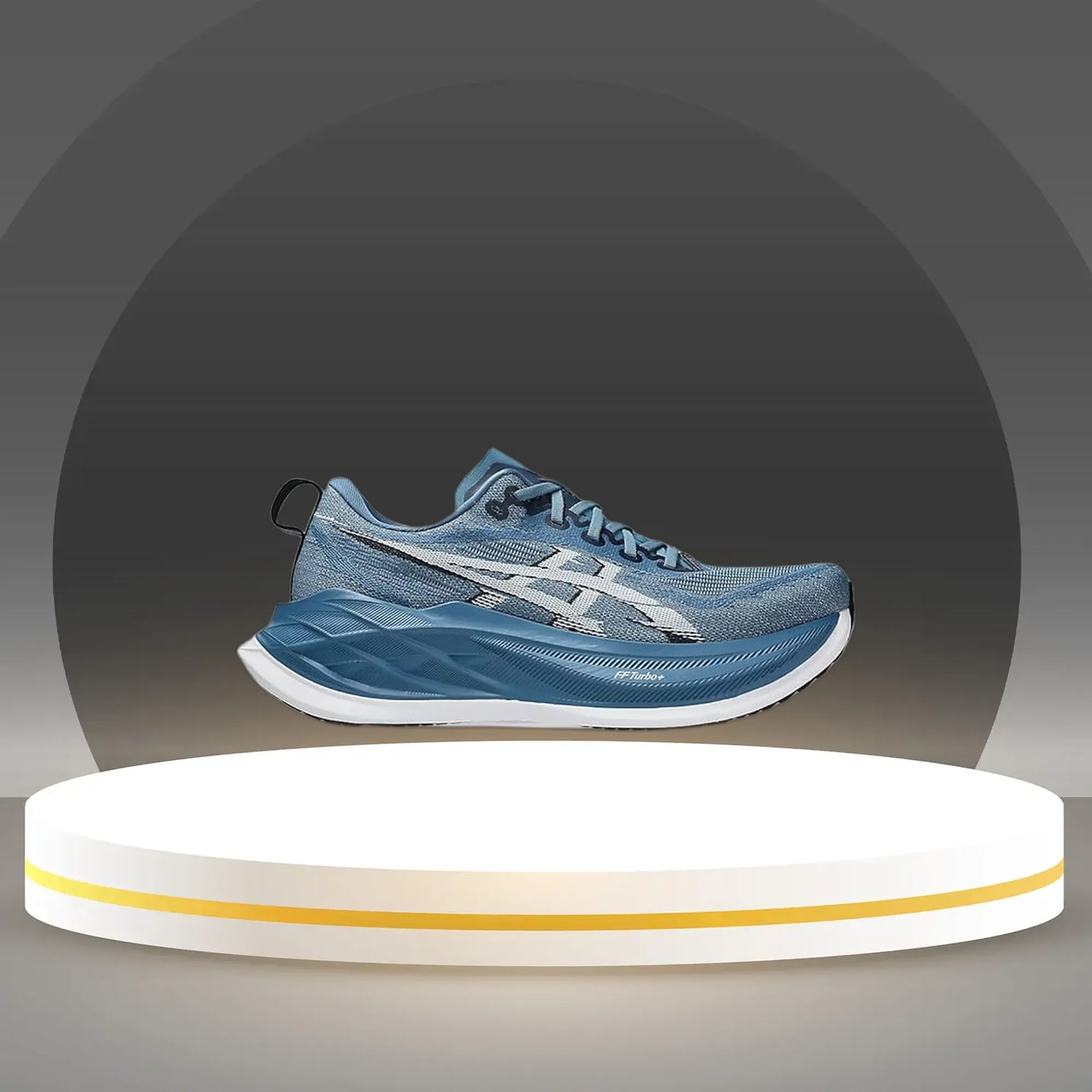

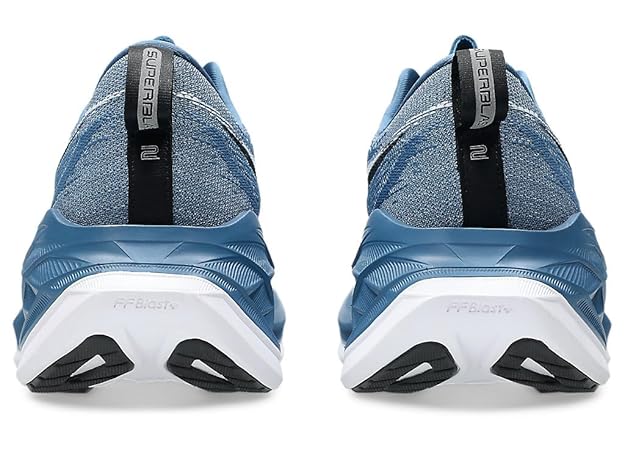


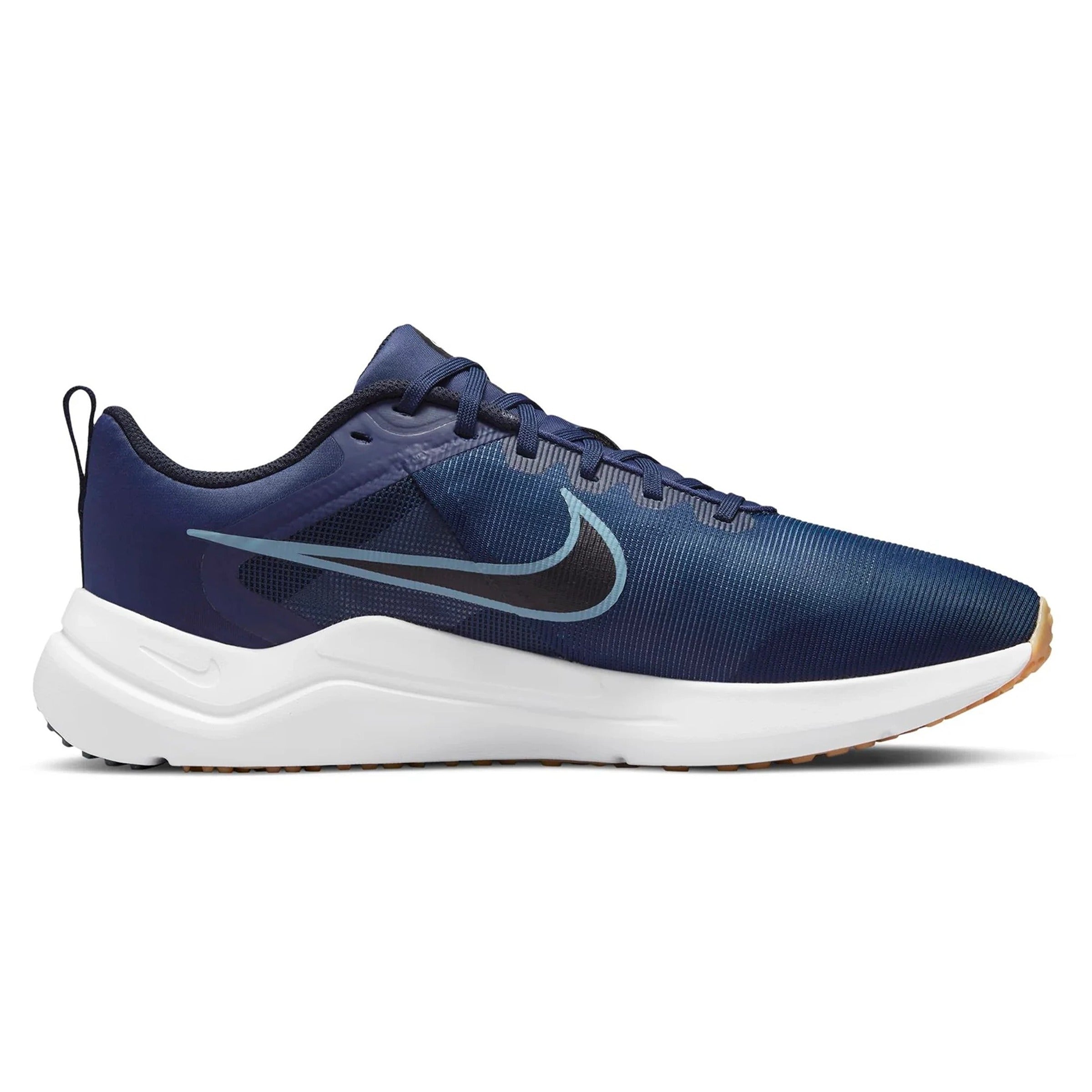

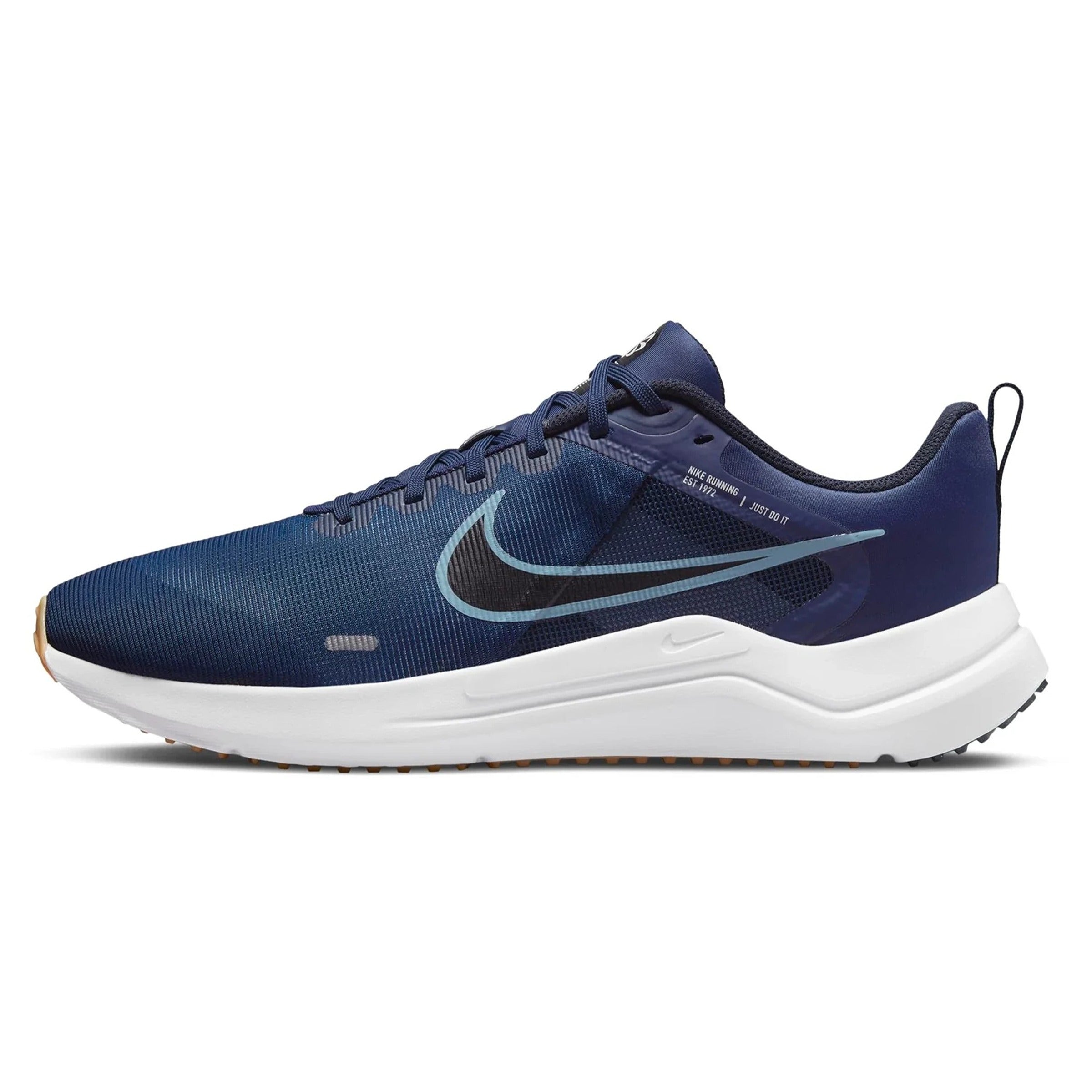
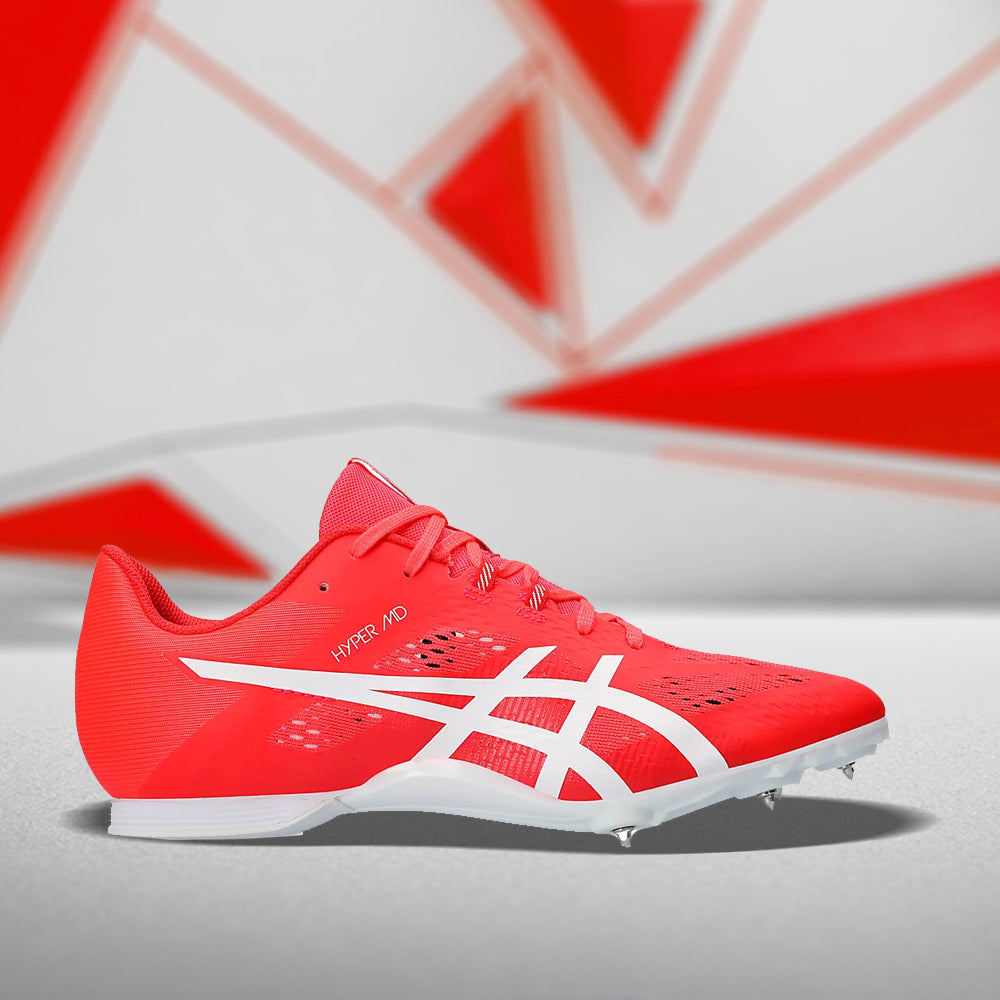
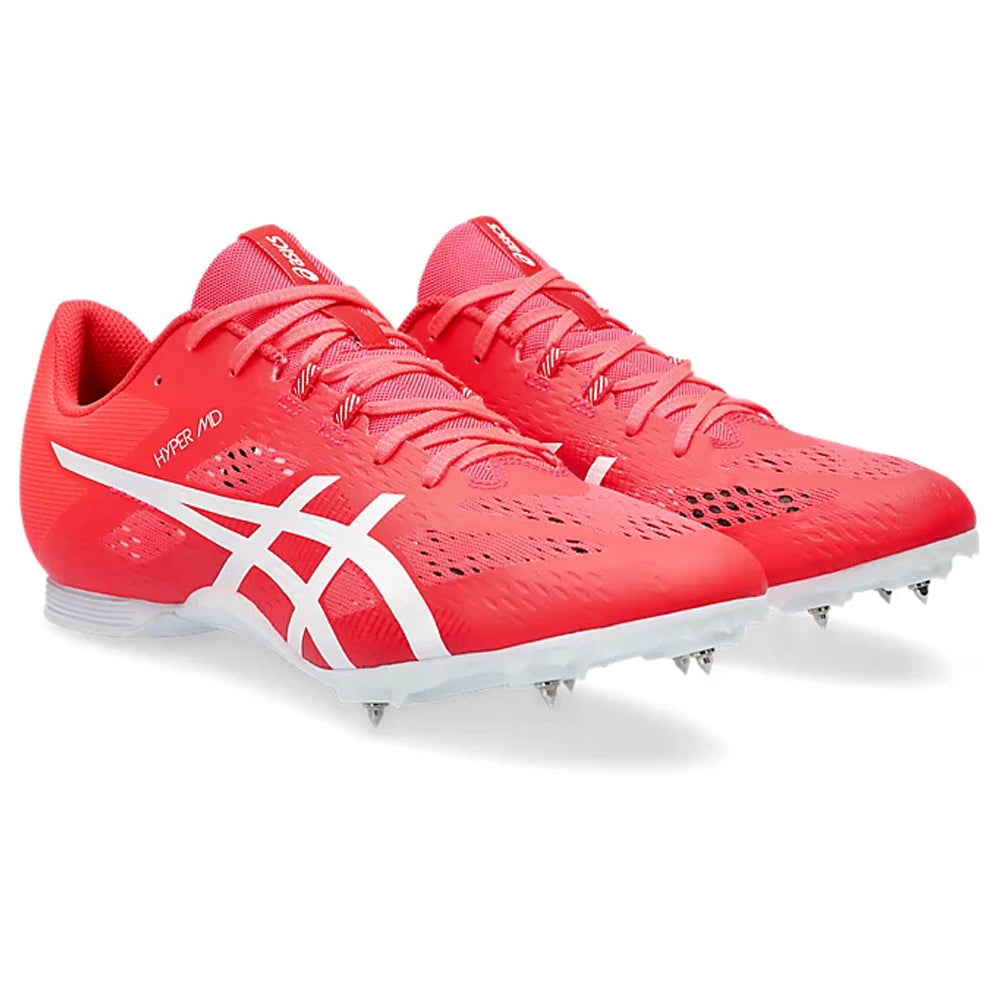
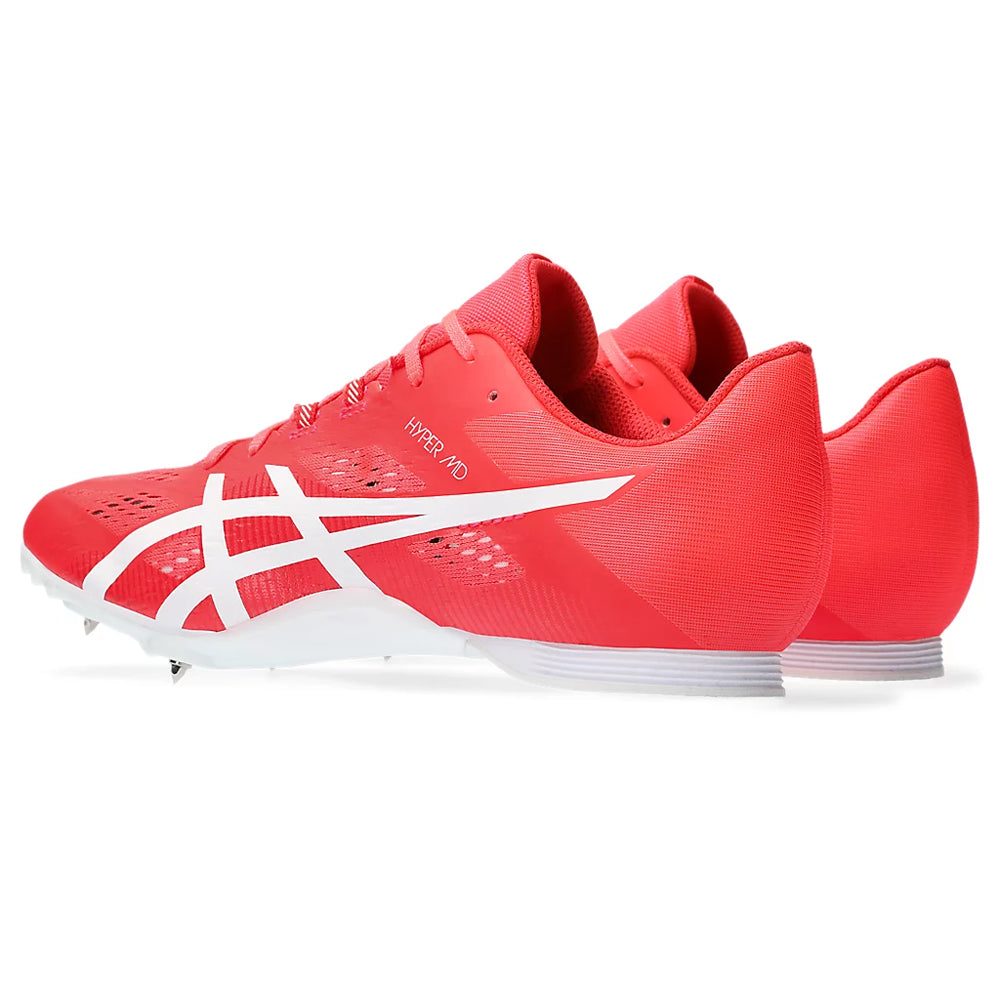
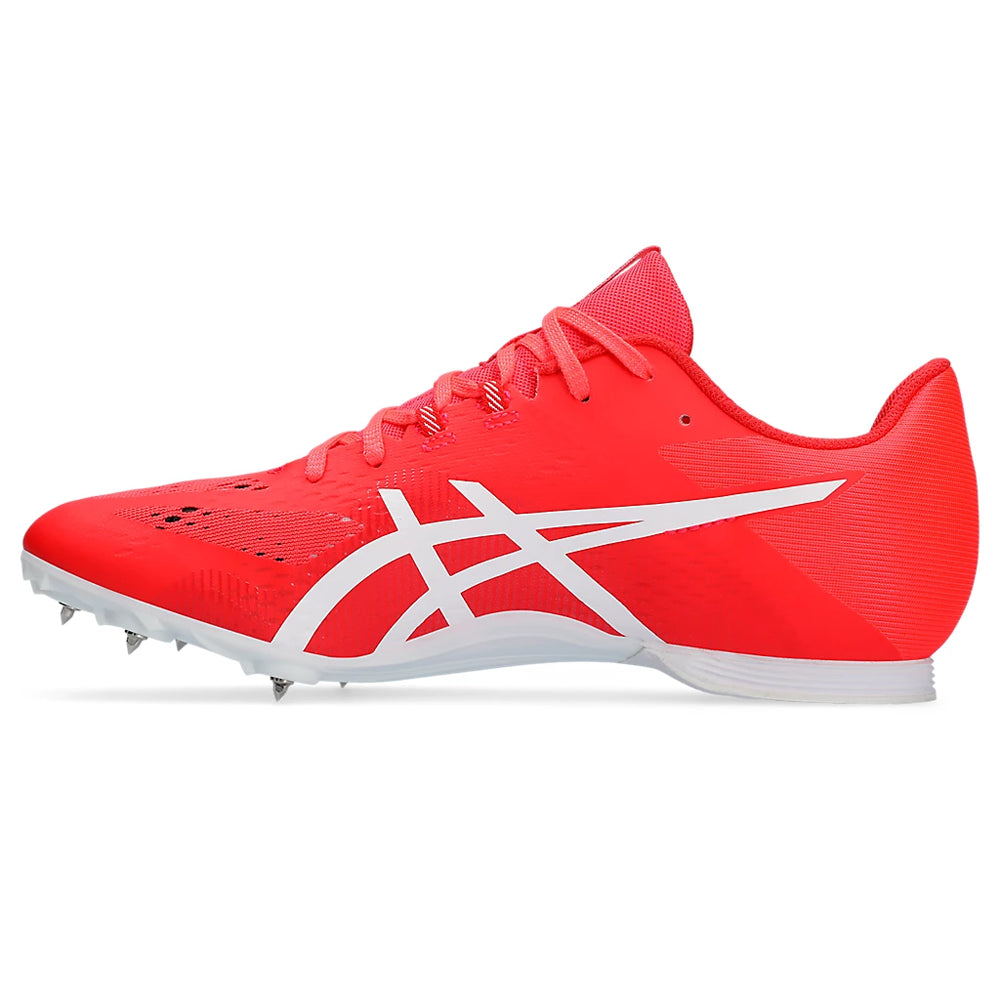
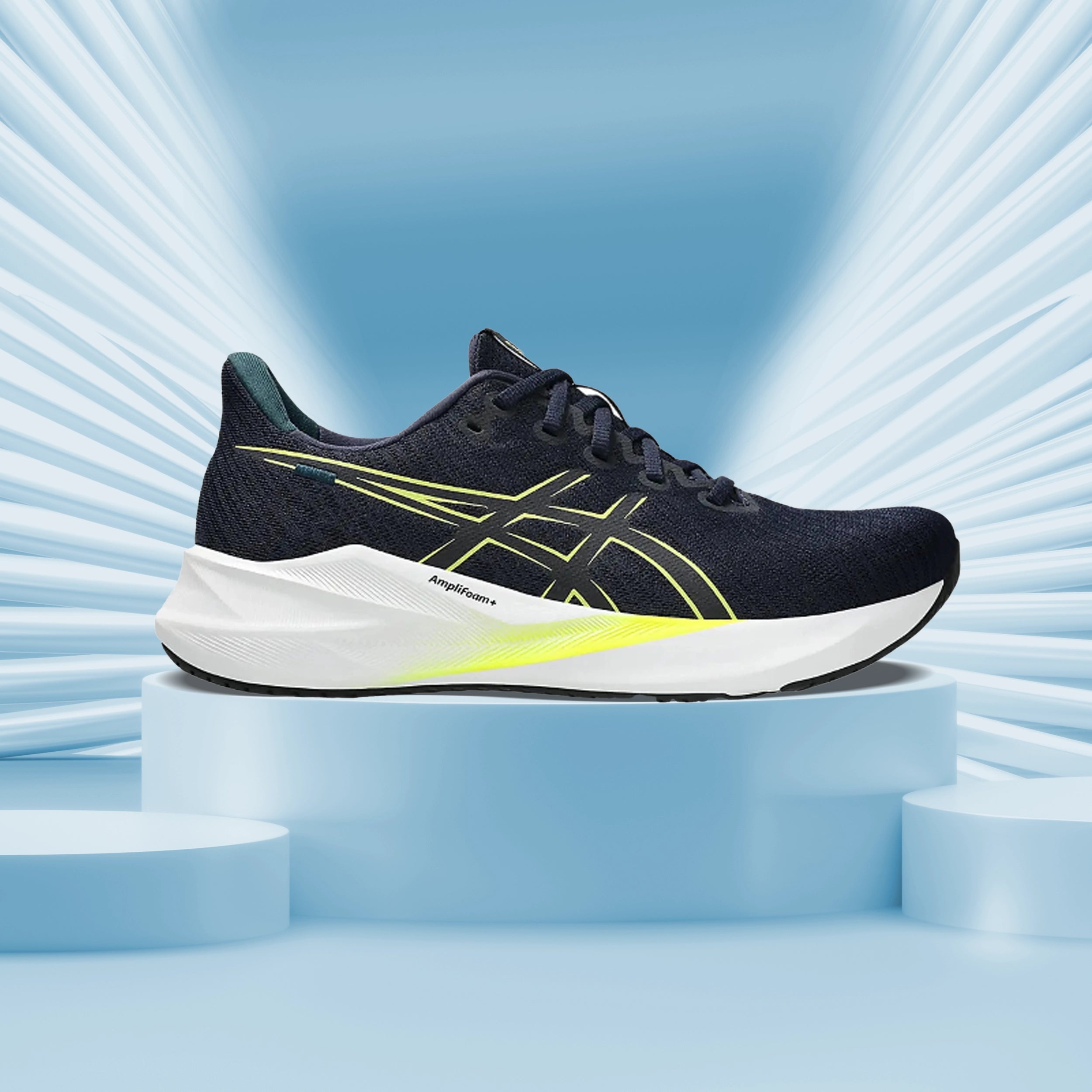
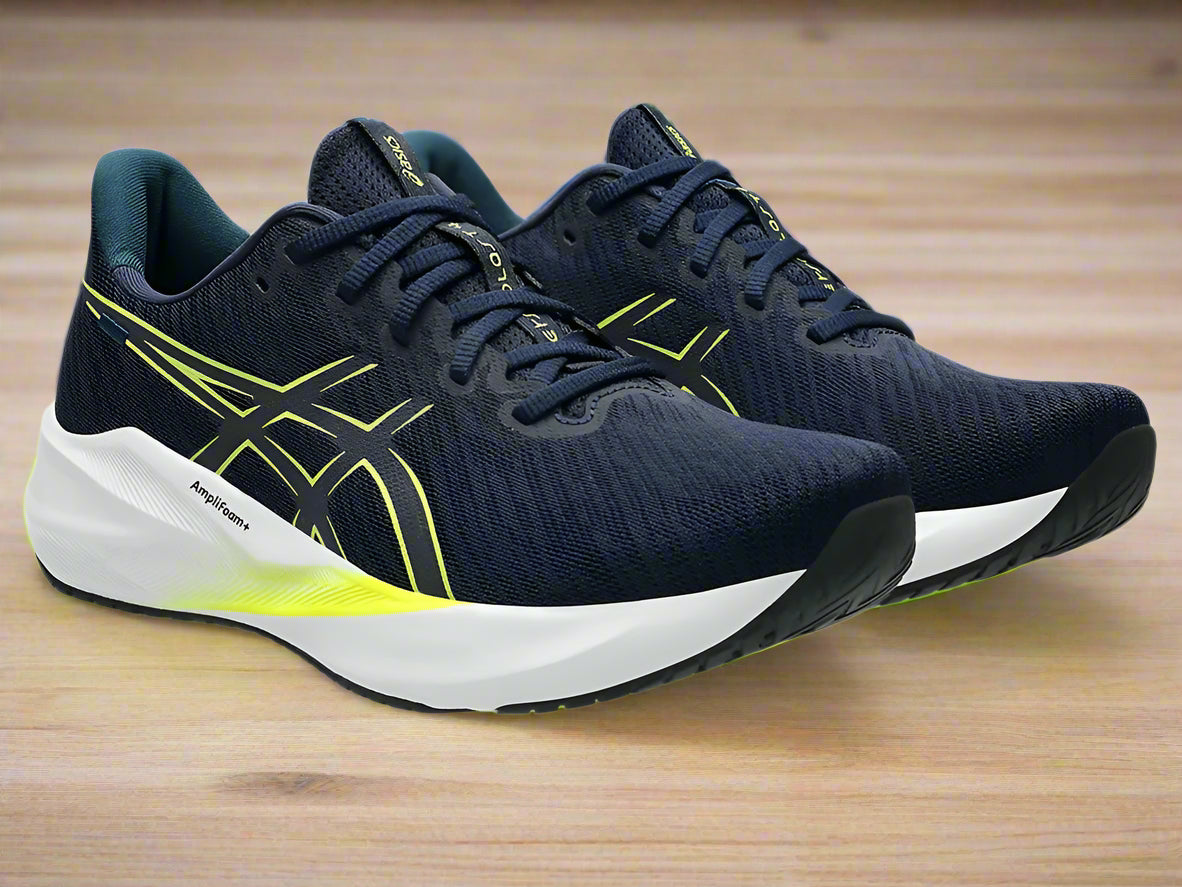
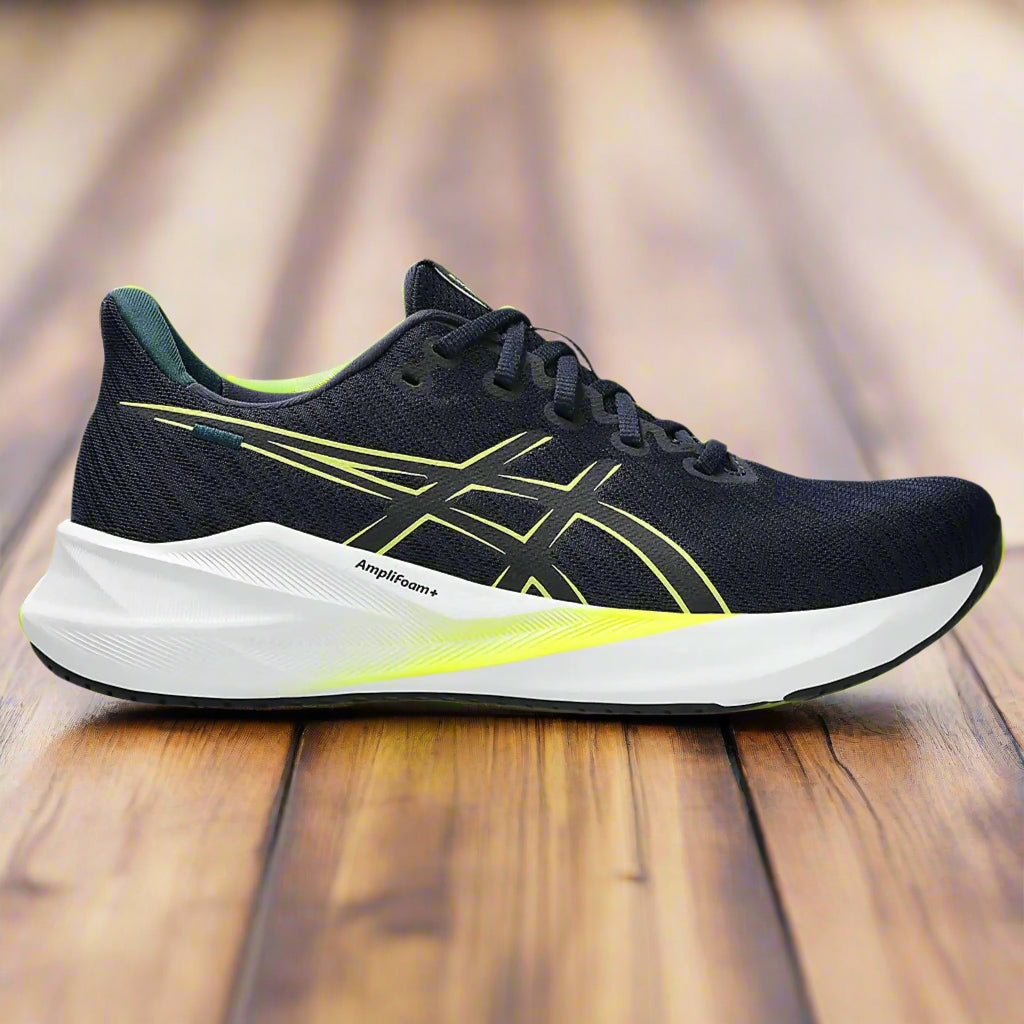
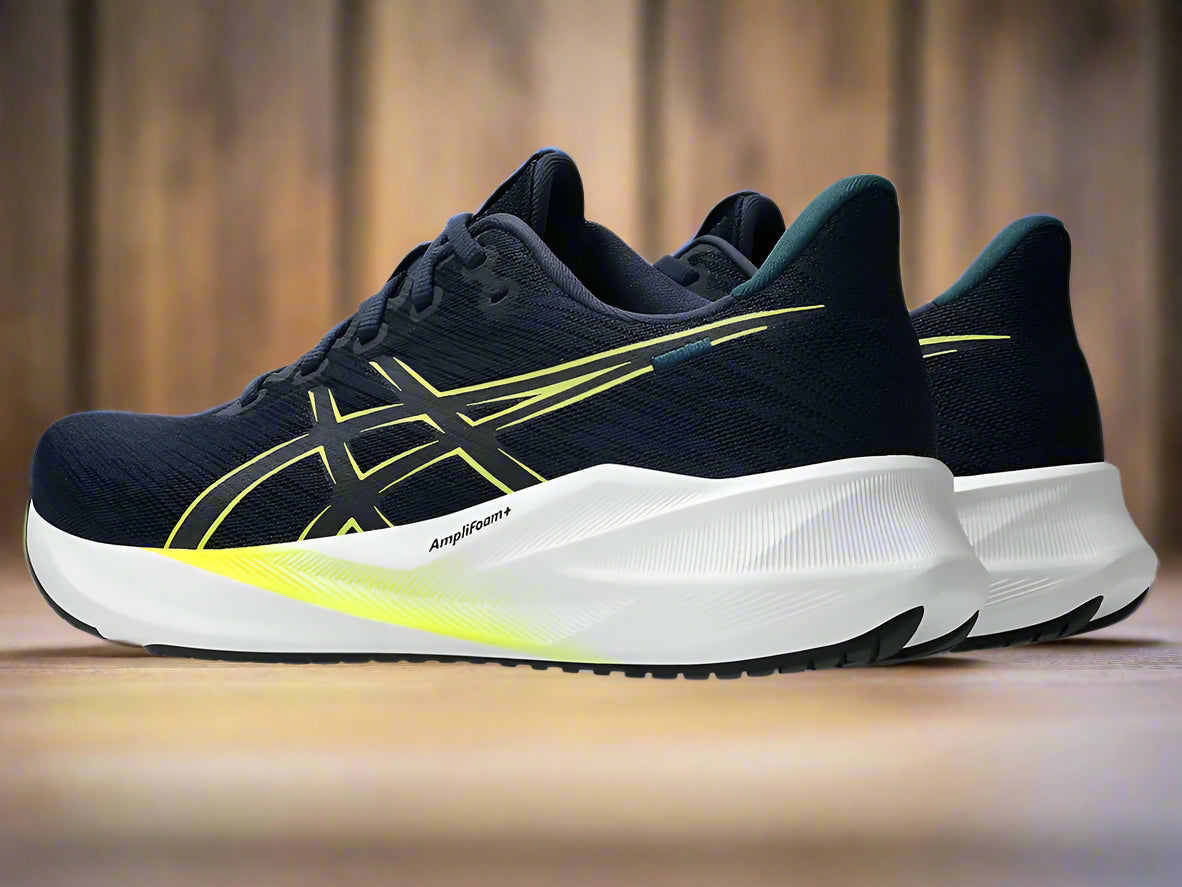
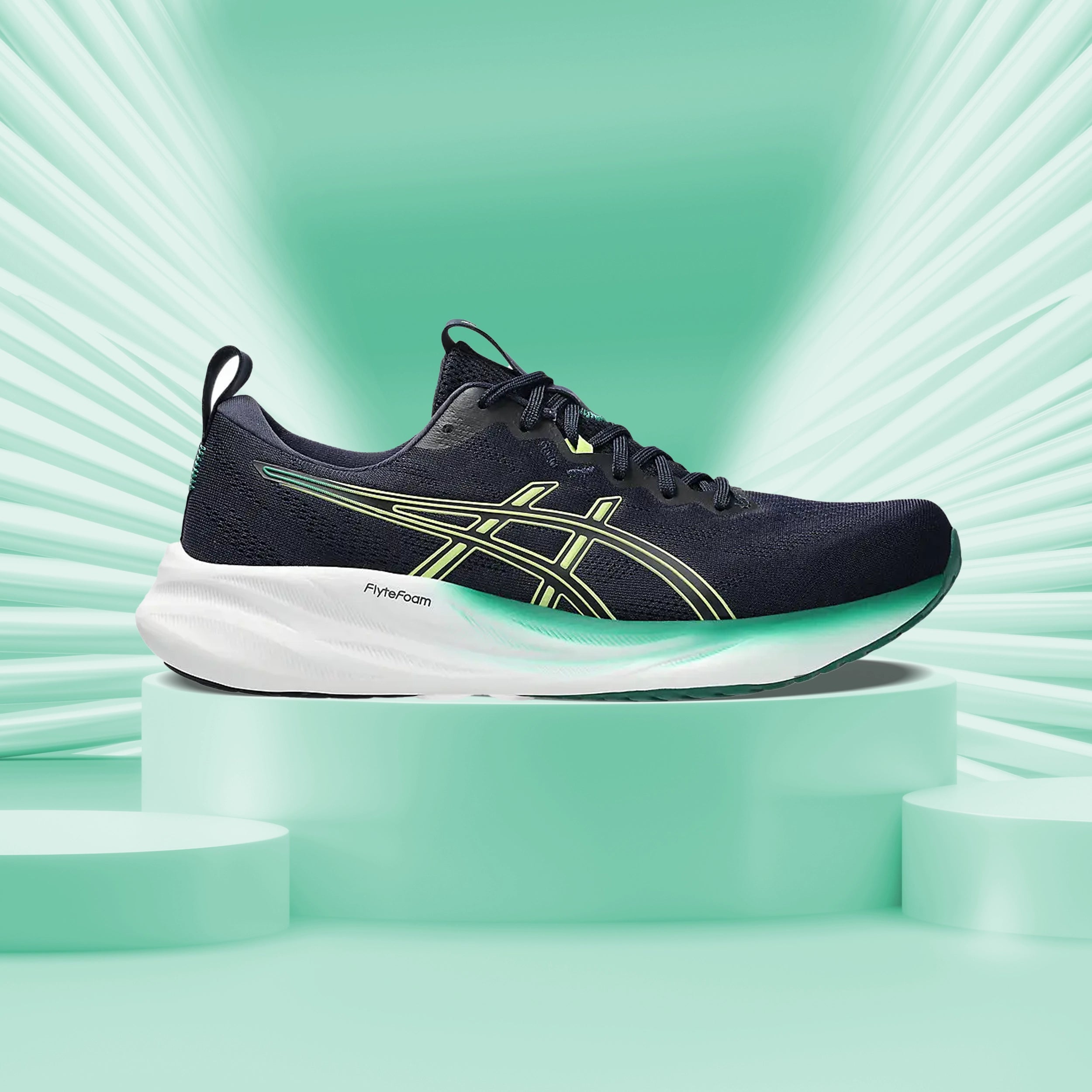

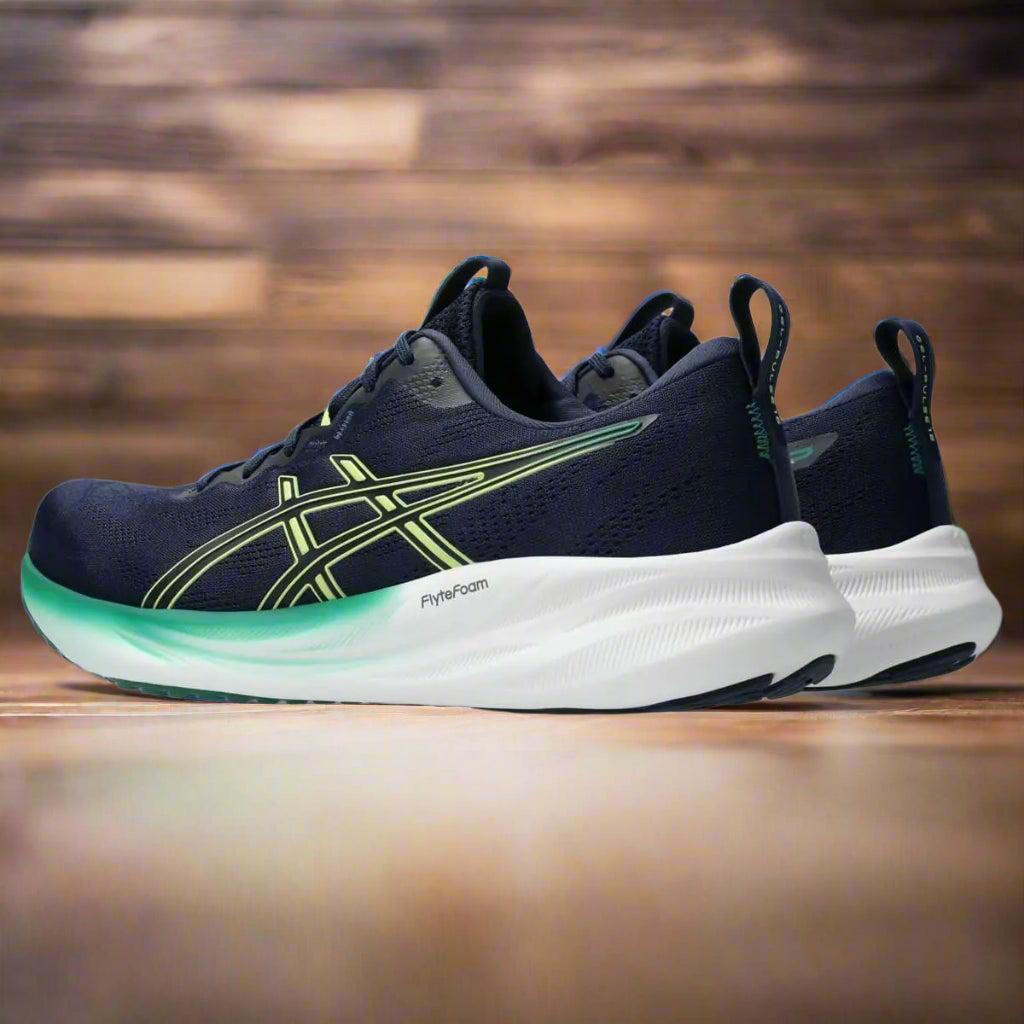
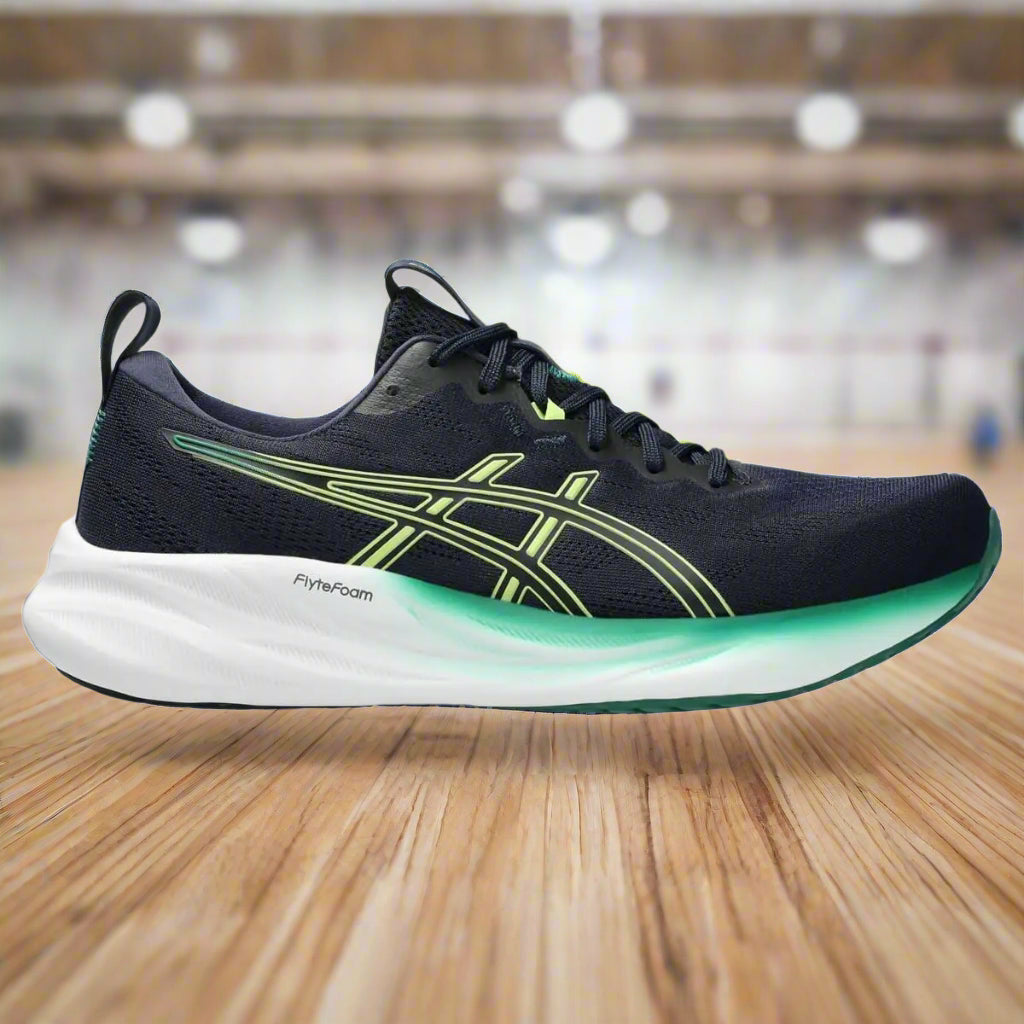

Share:
Why Grassroots Sports in India Needs More Than Just Talent
Unlock Your Inner Champion: Mastering the Mental Game of Running